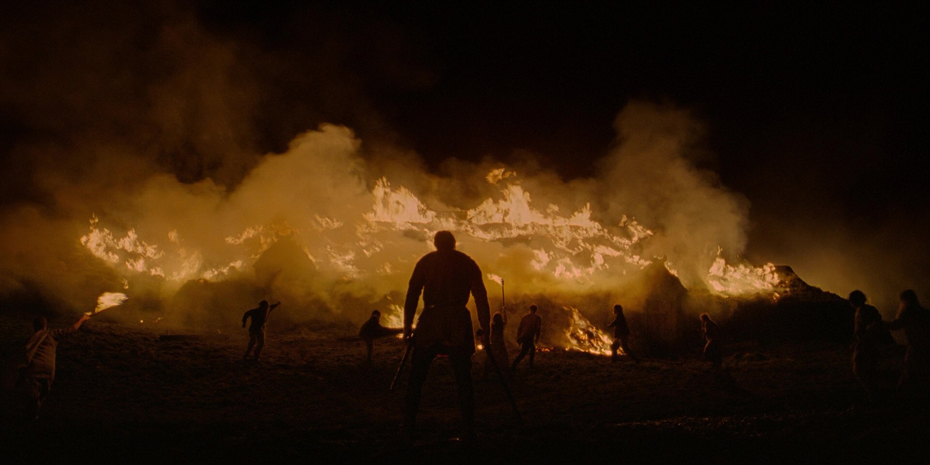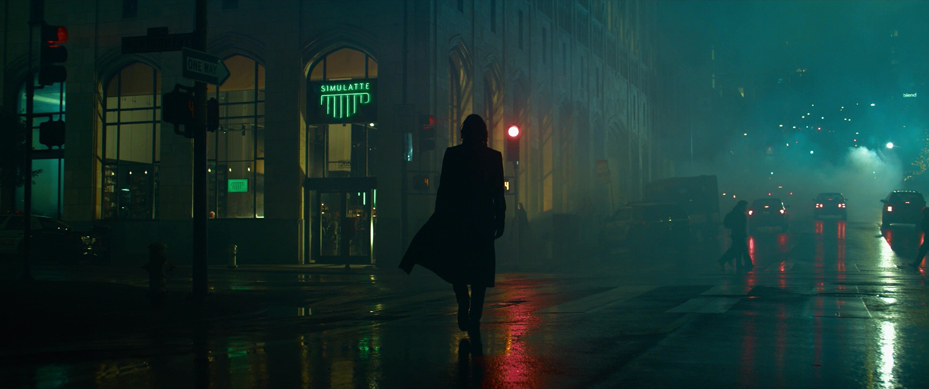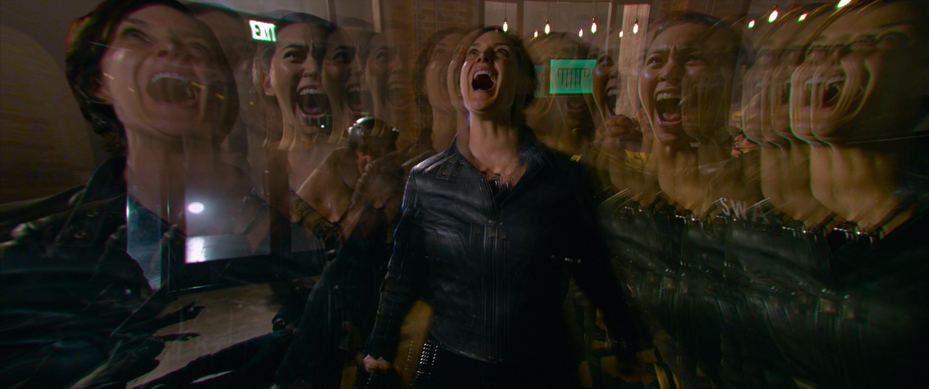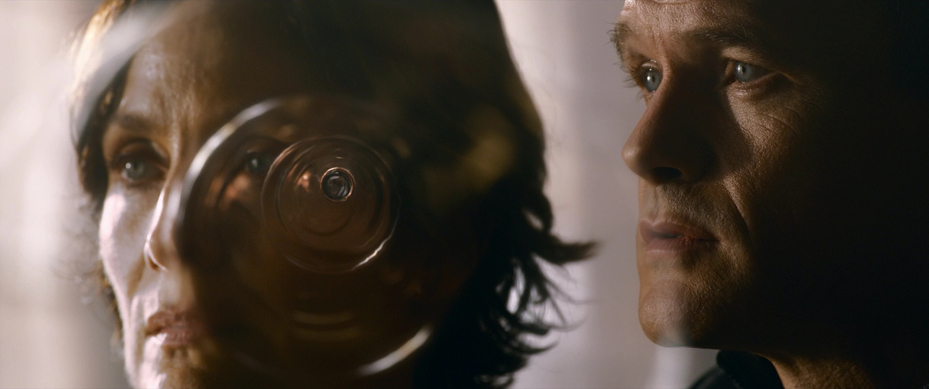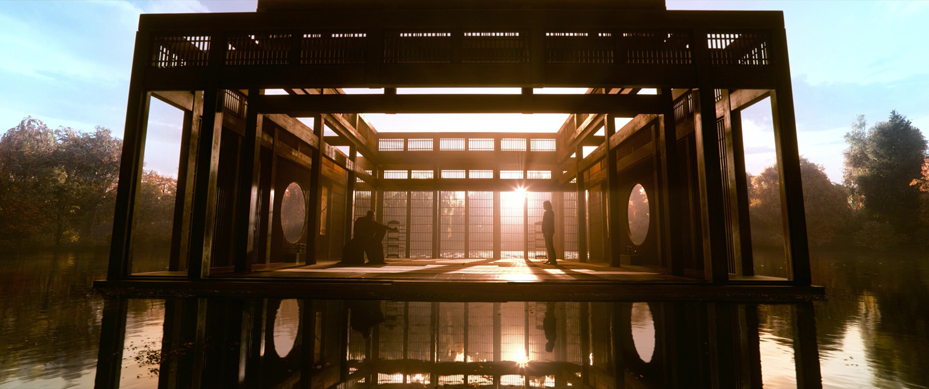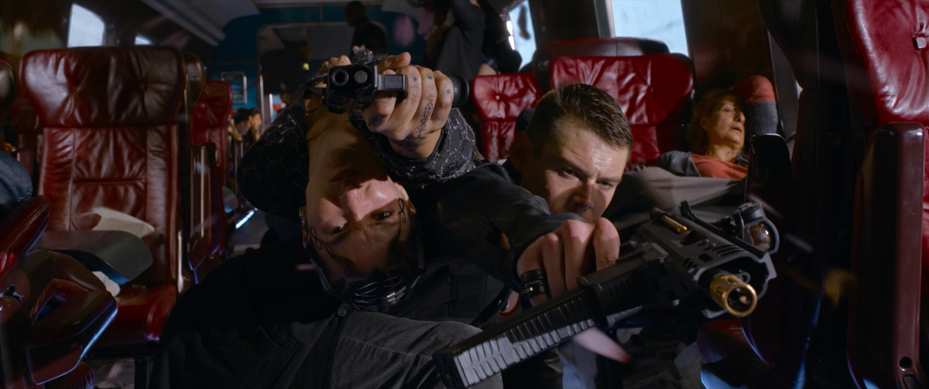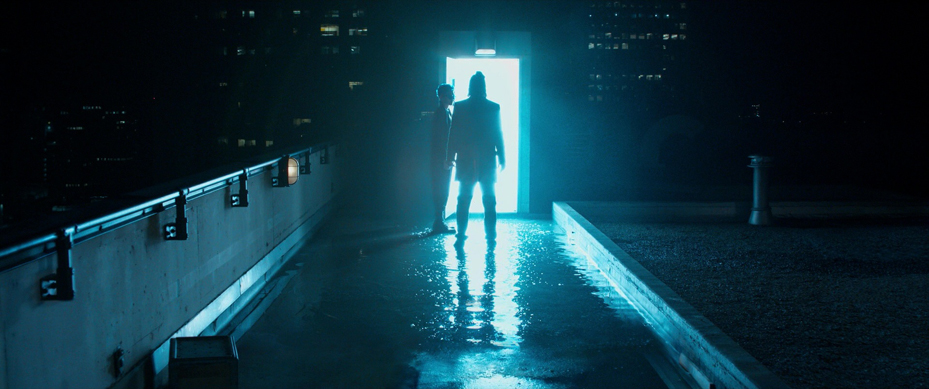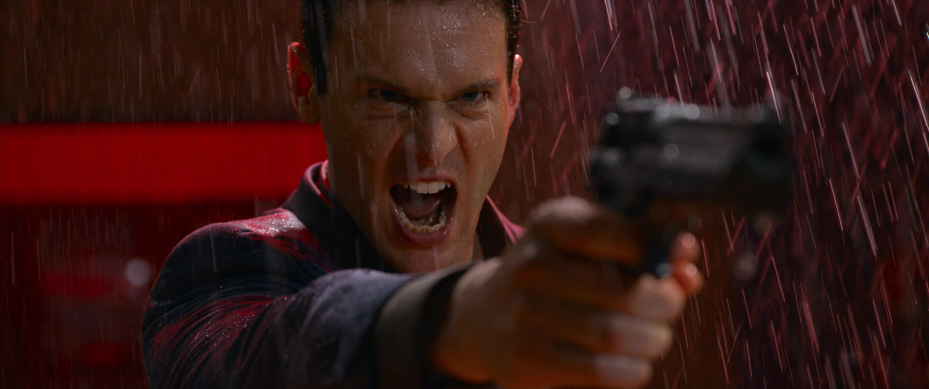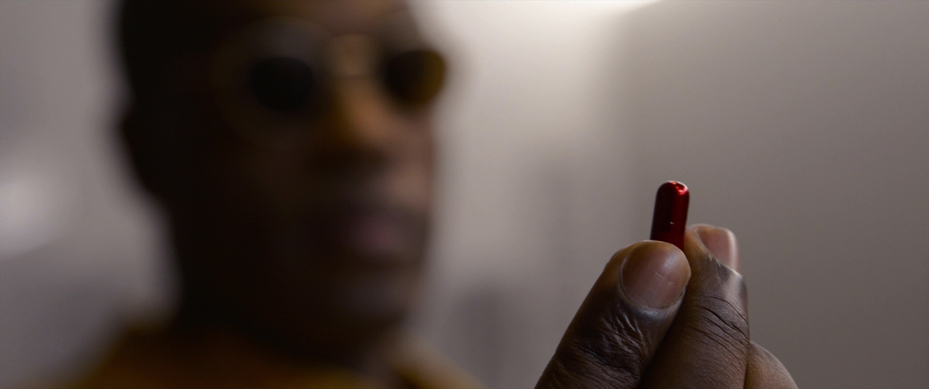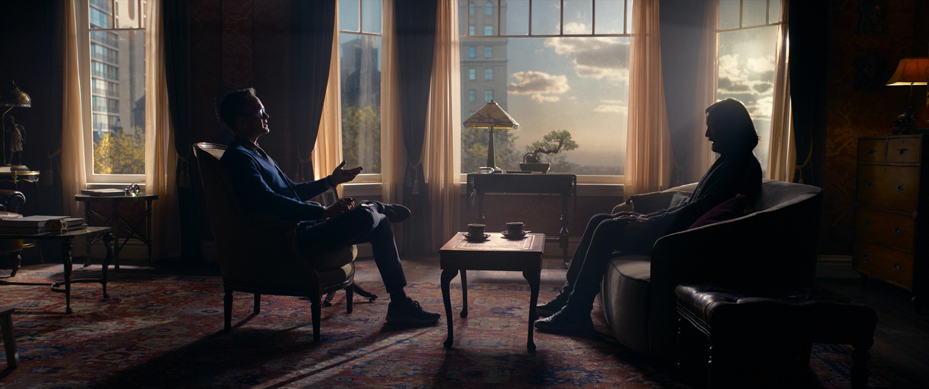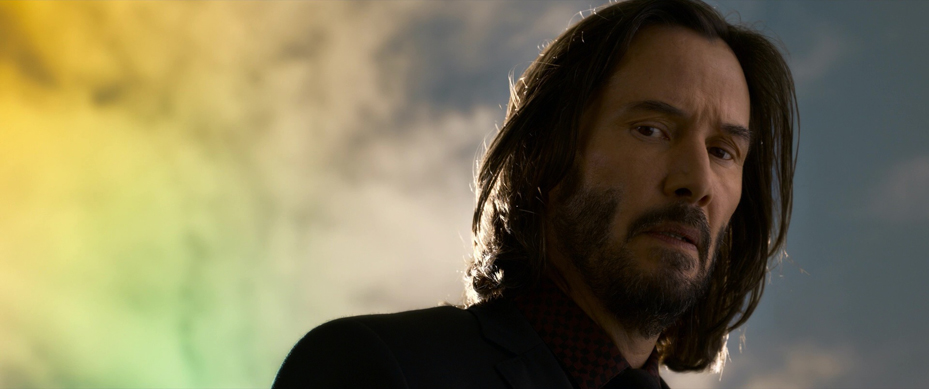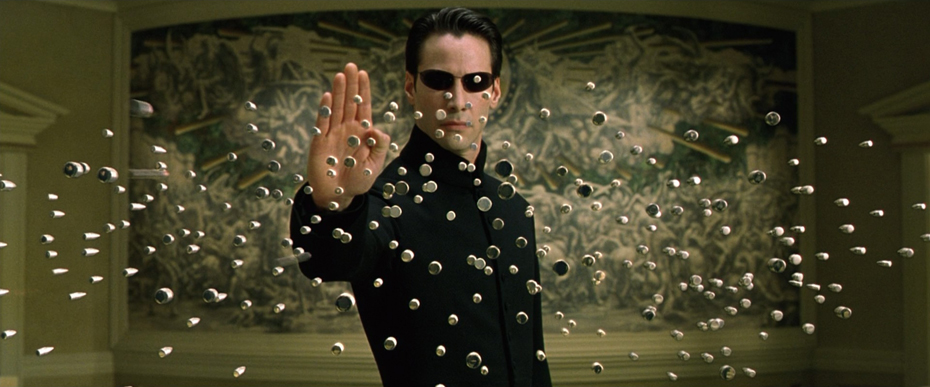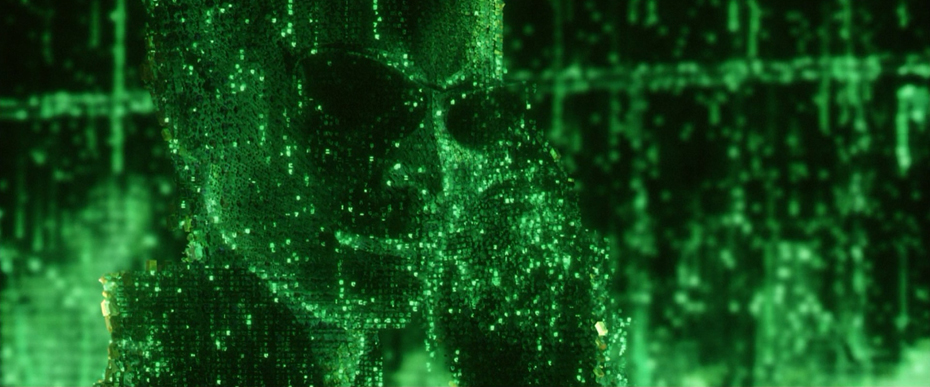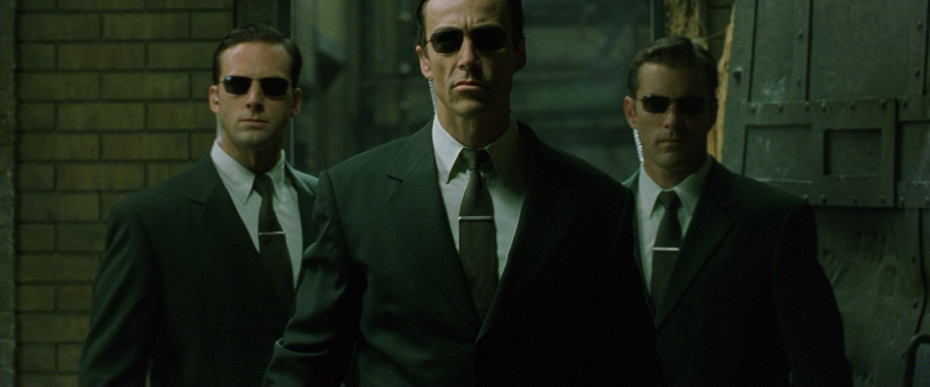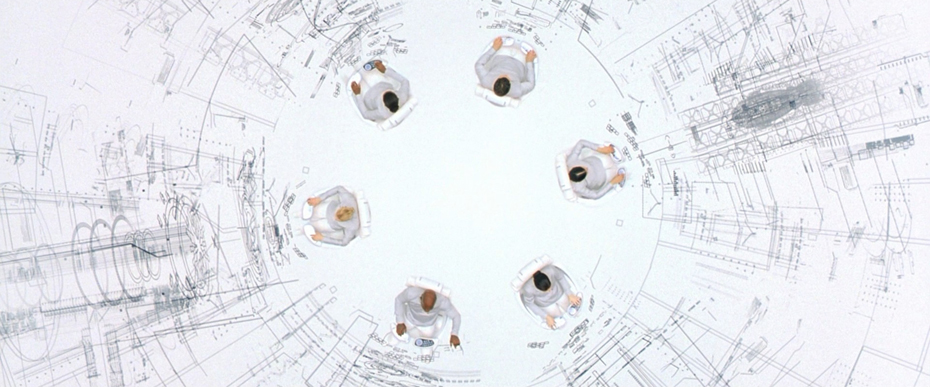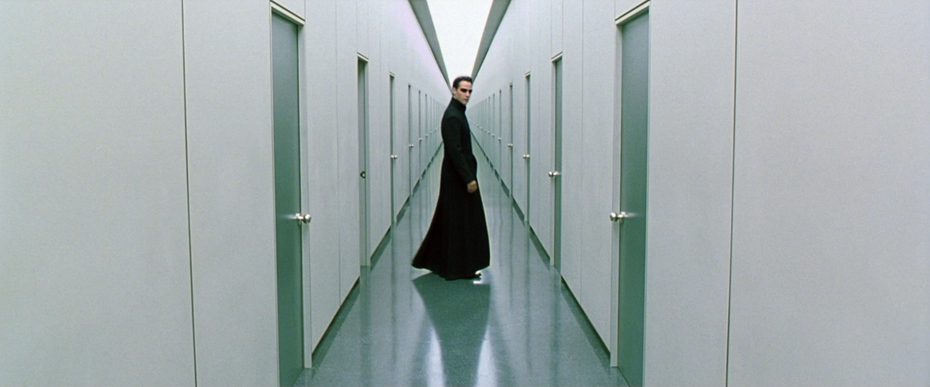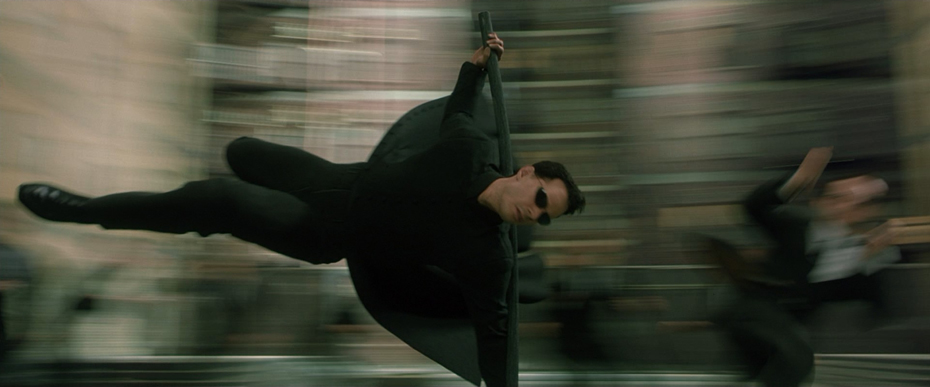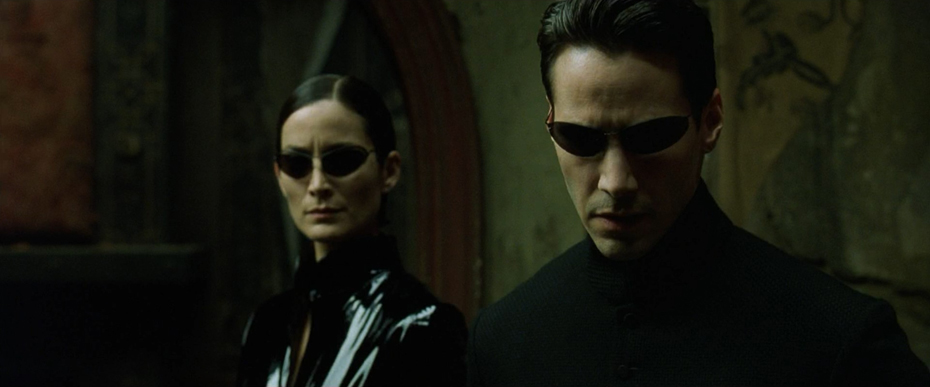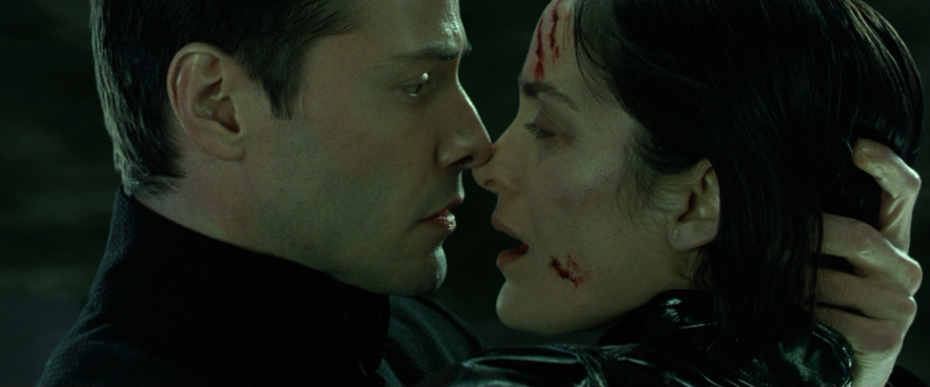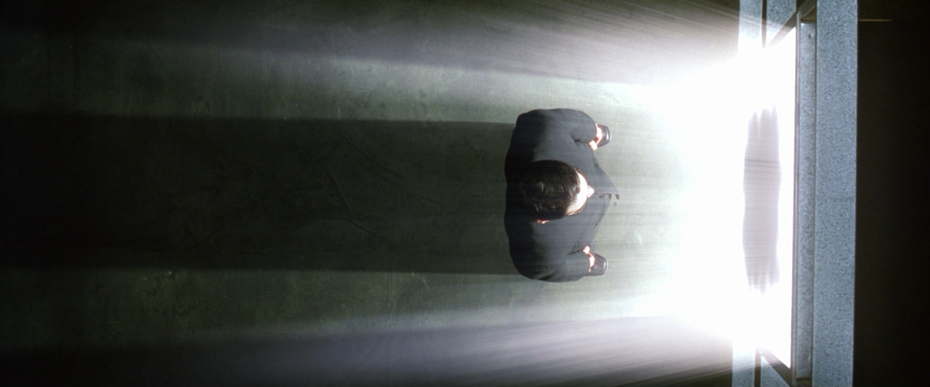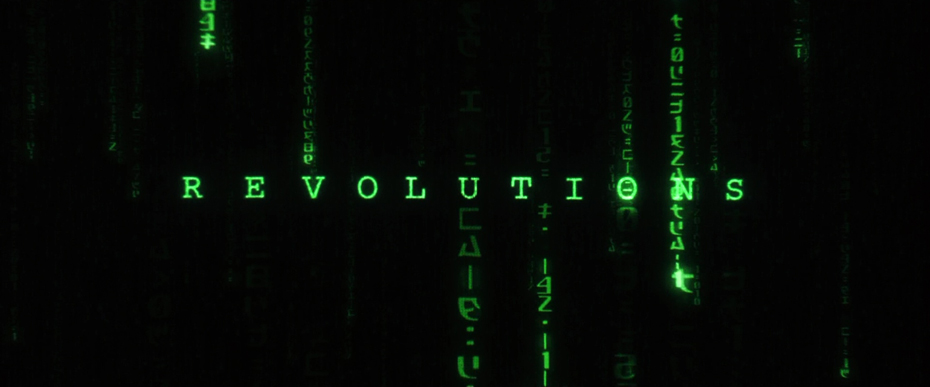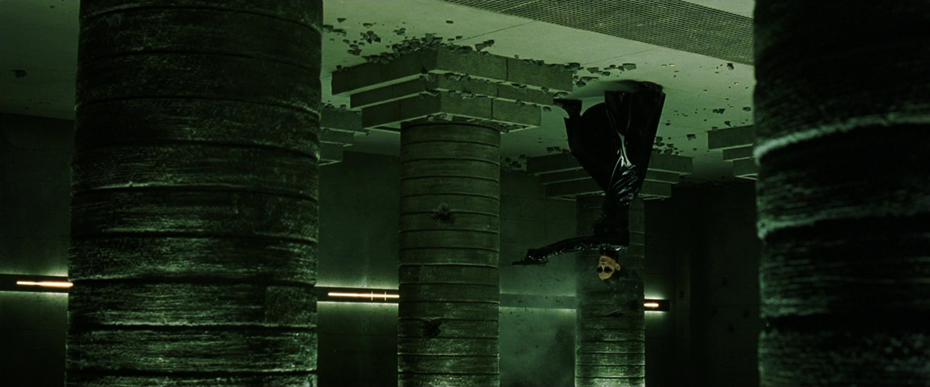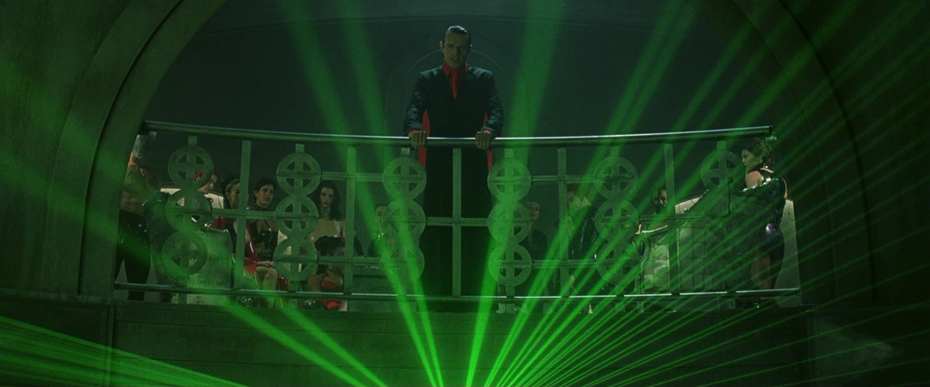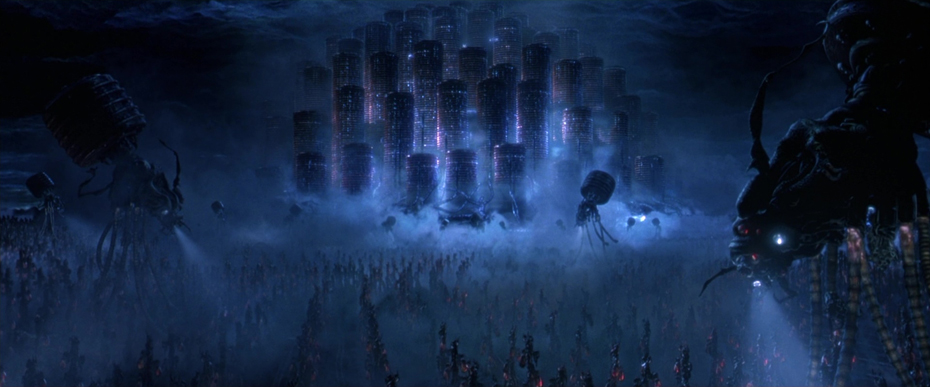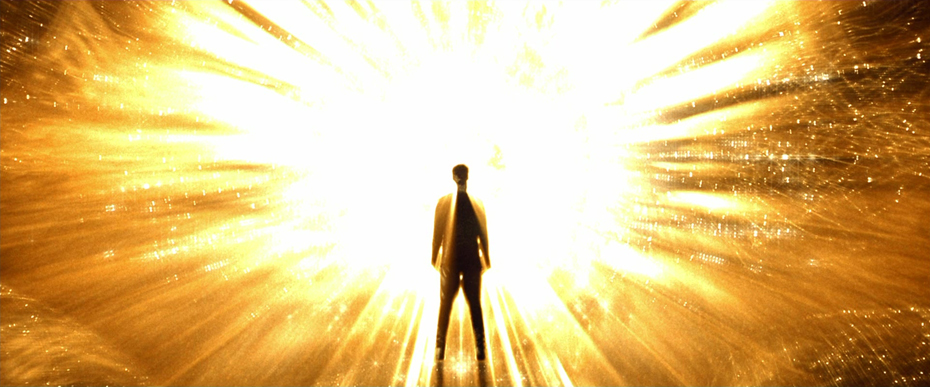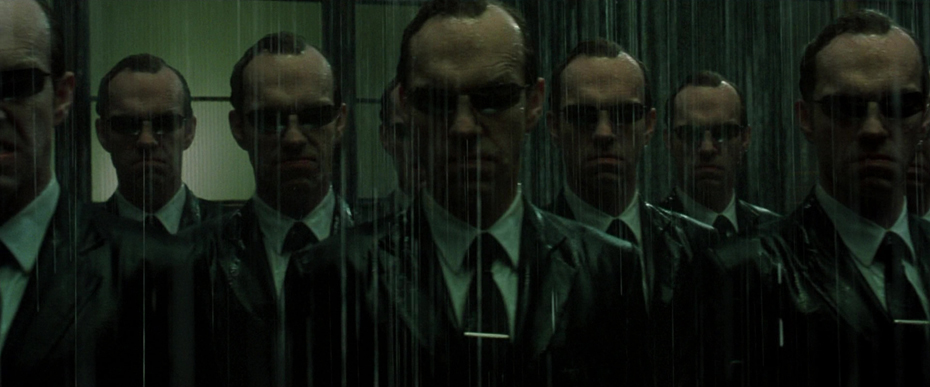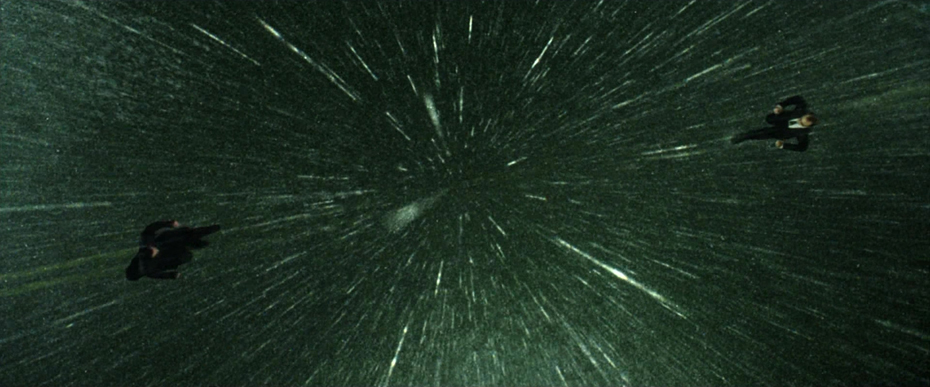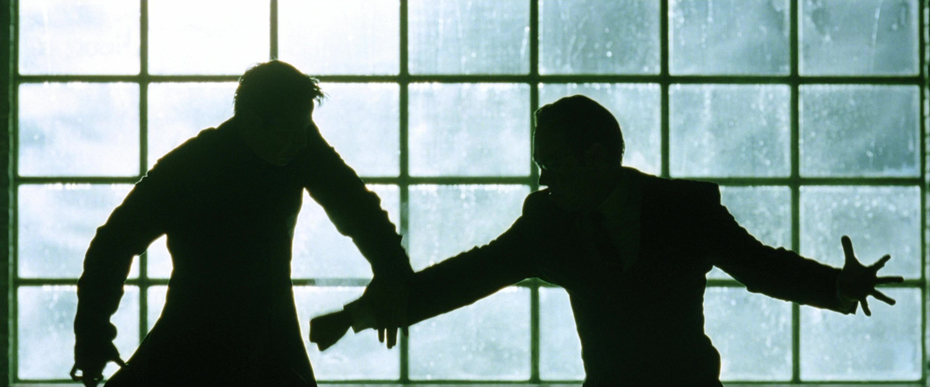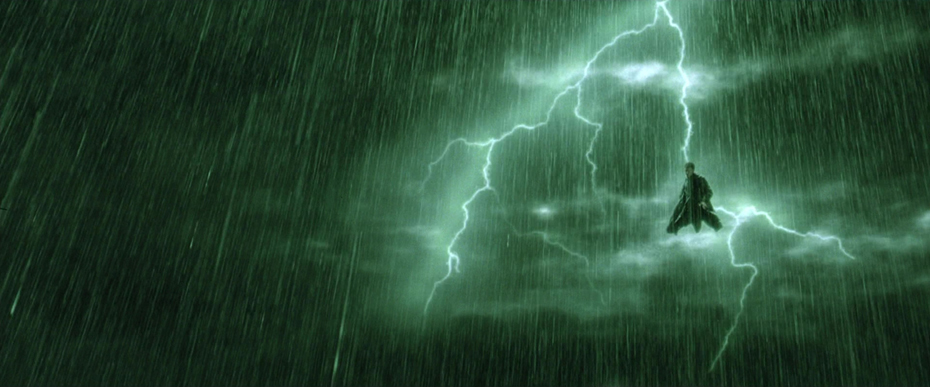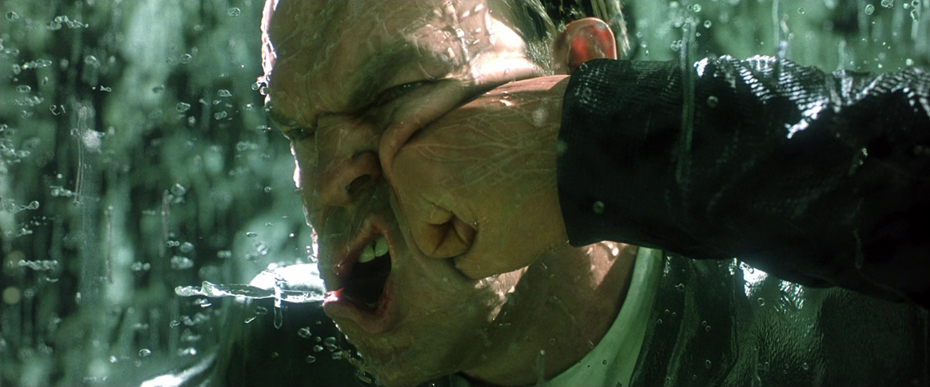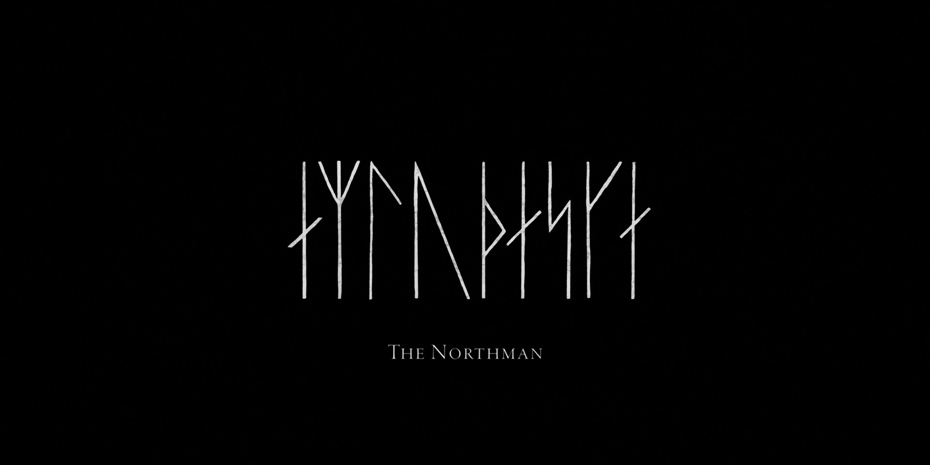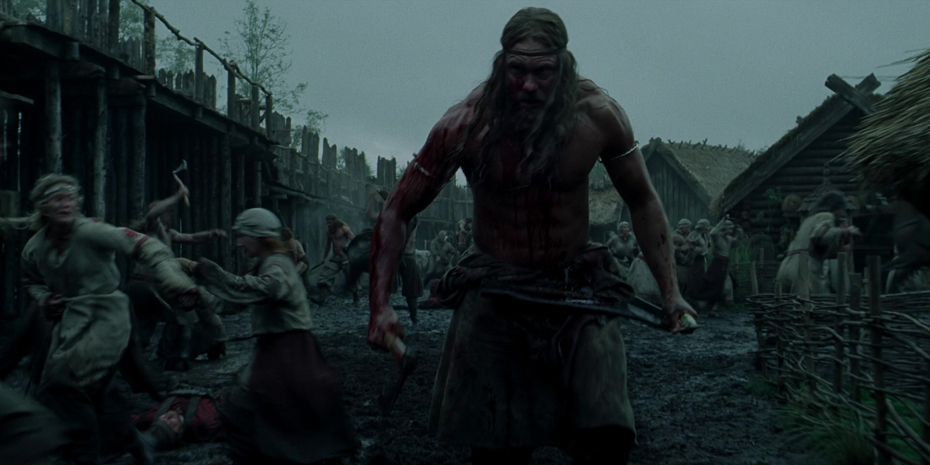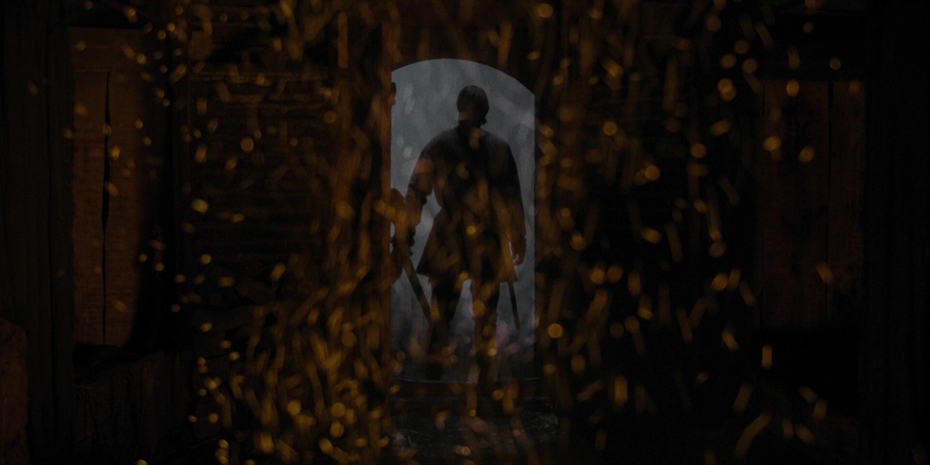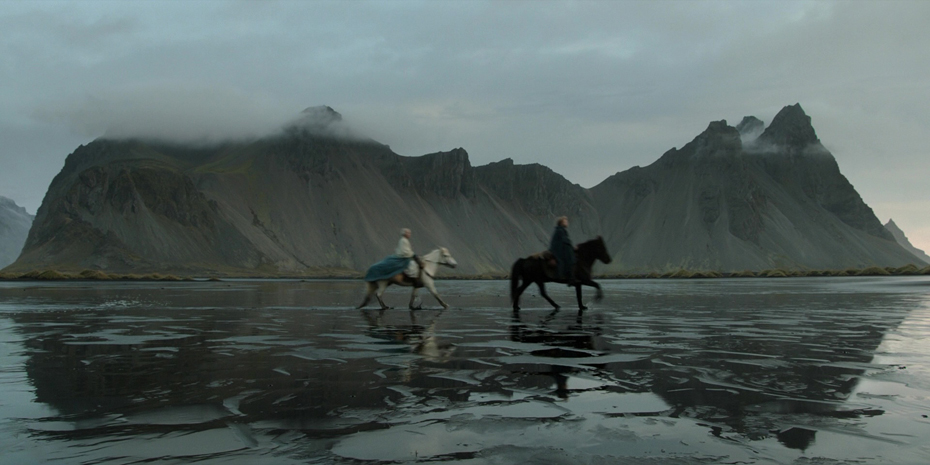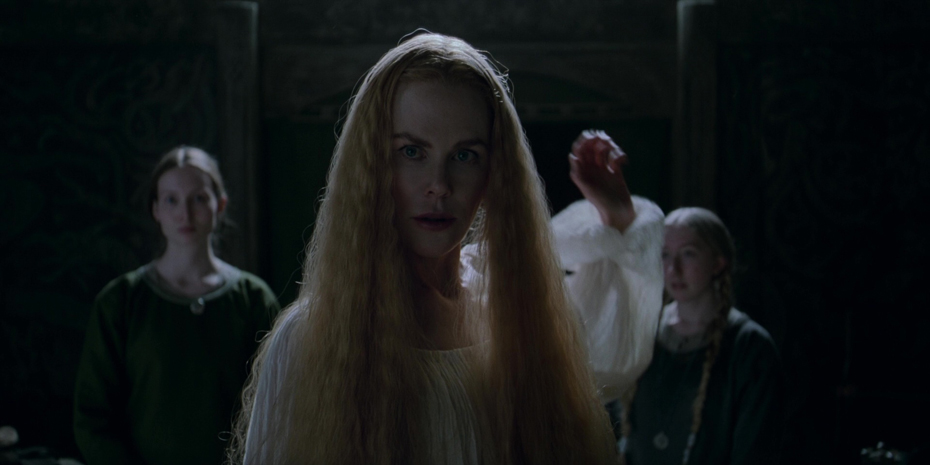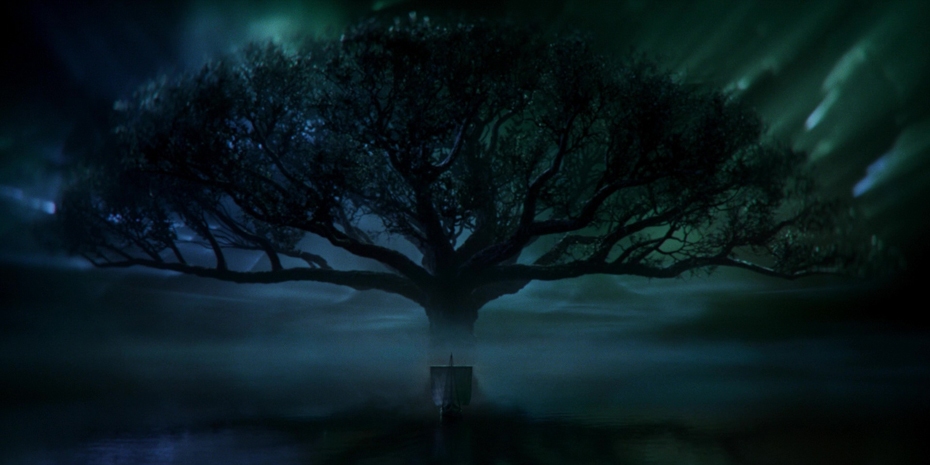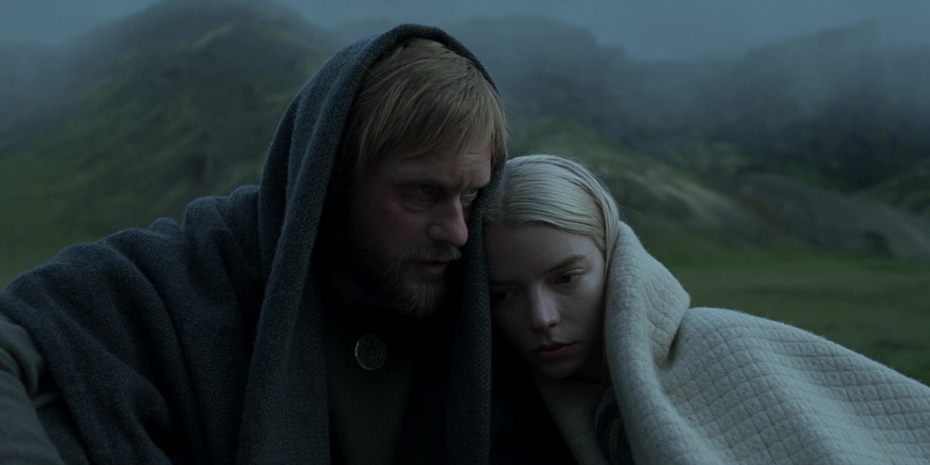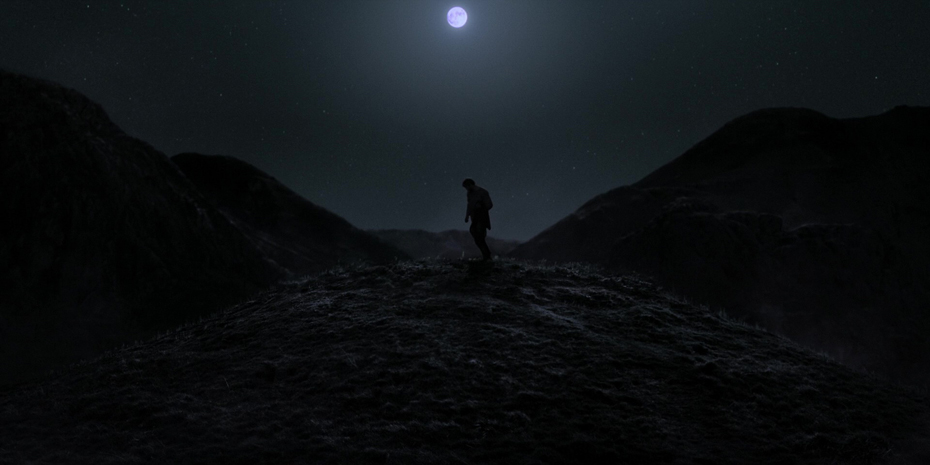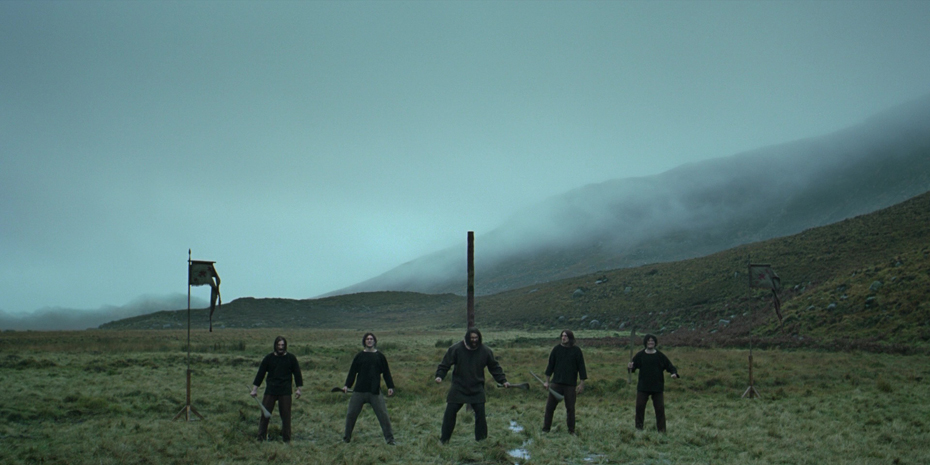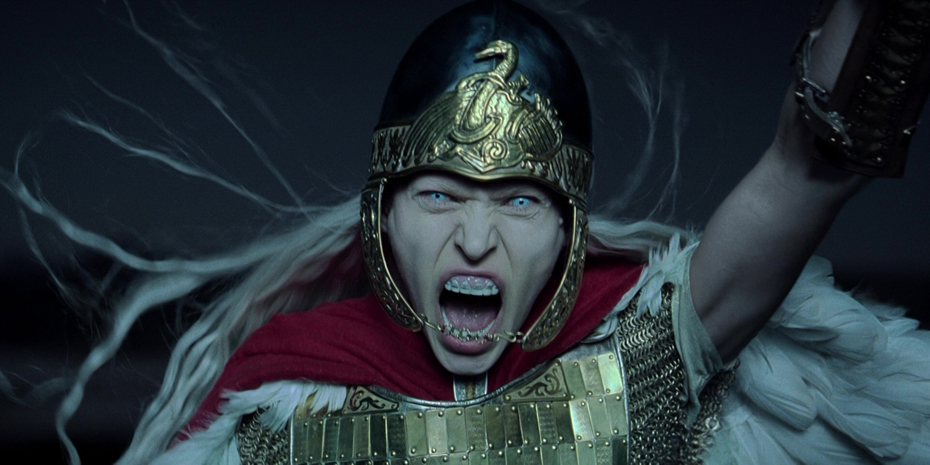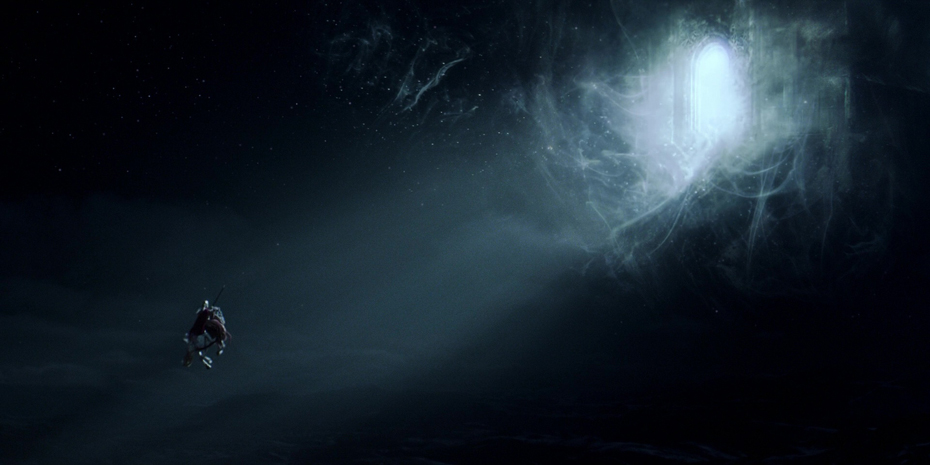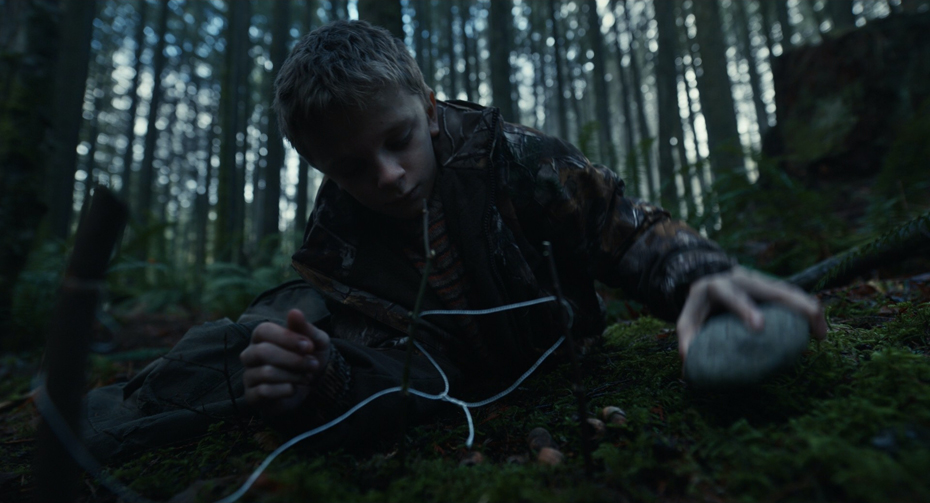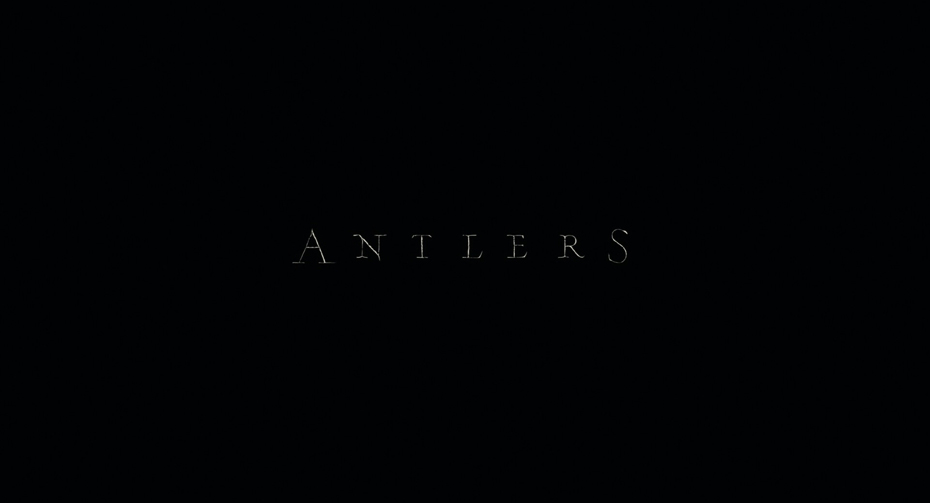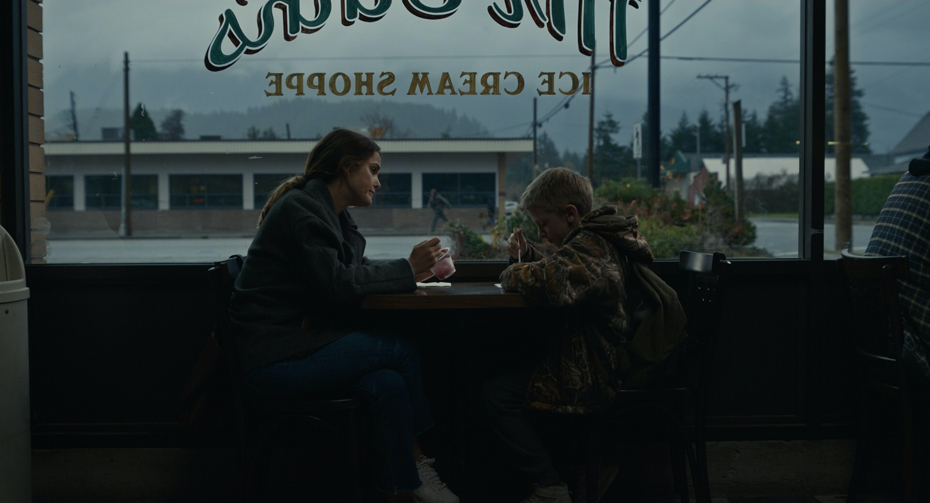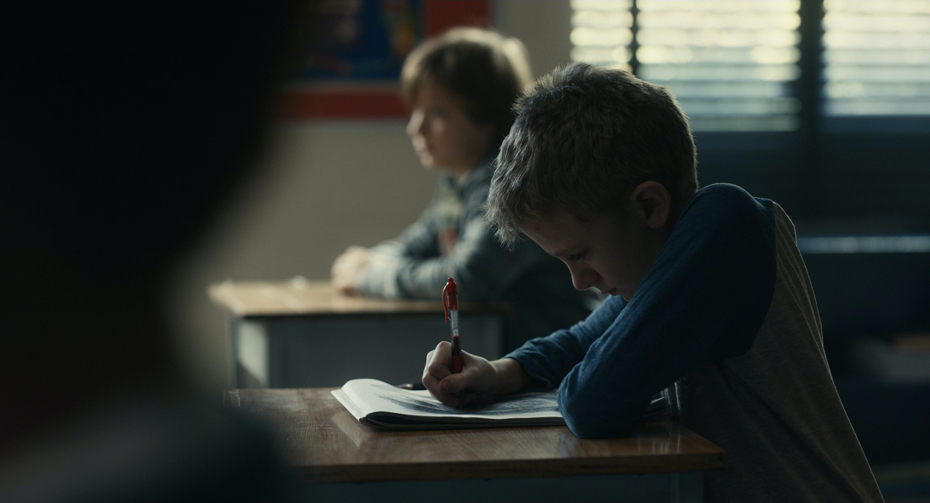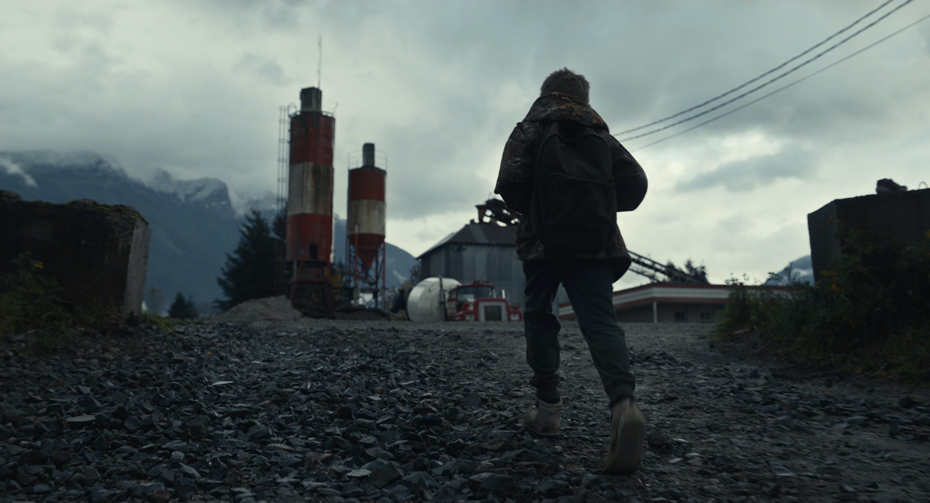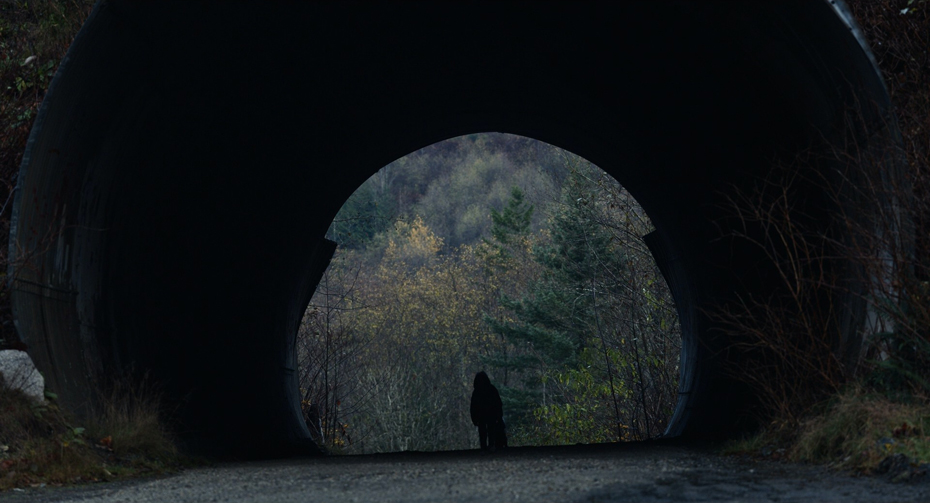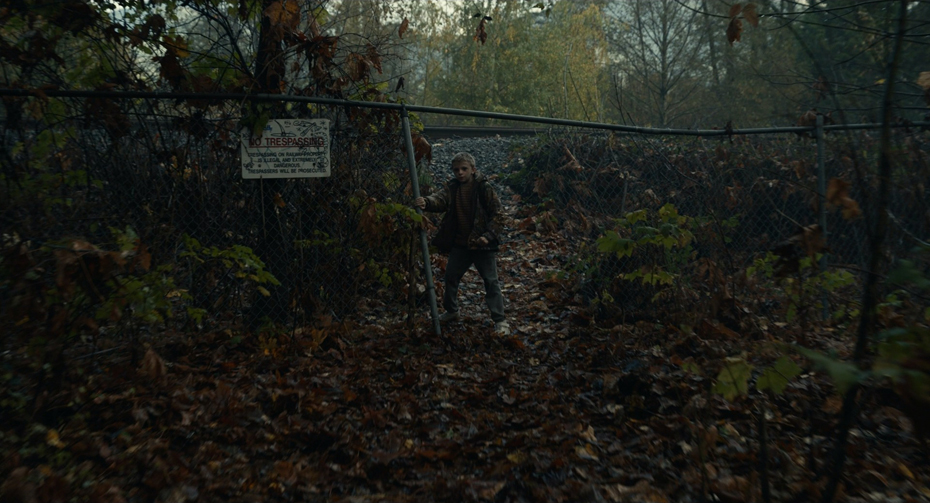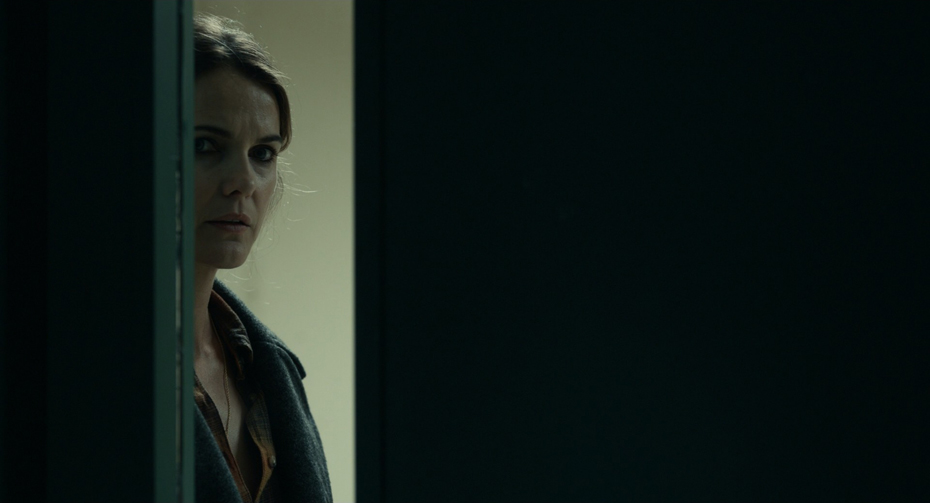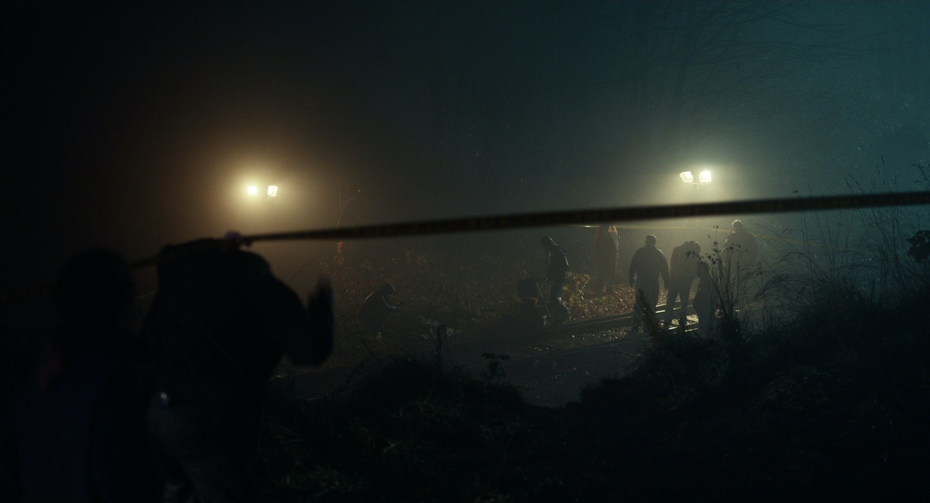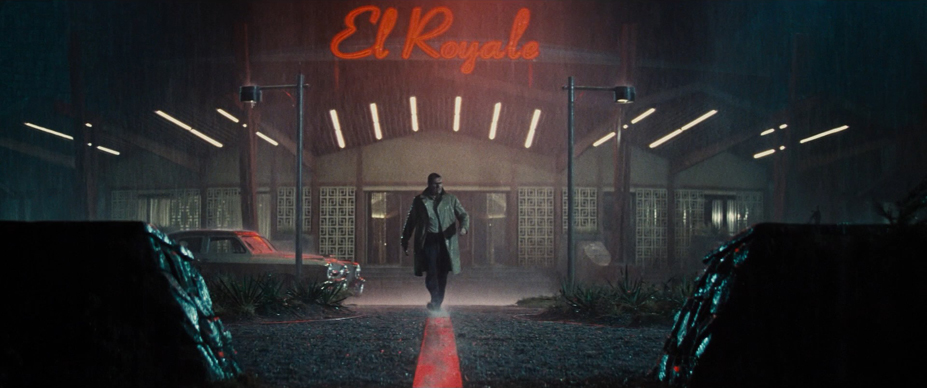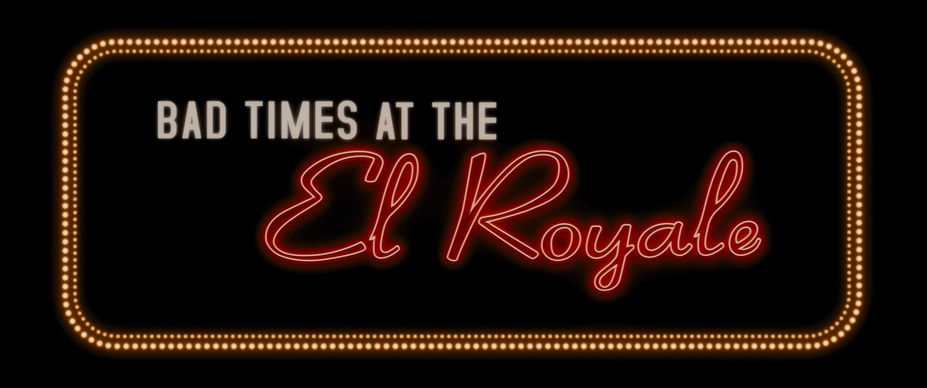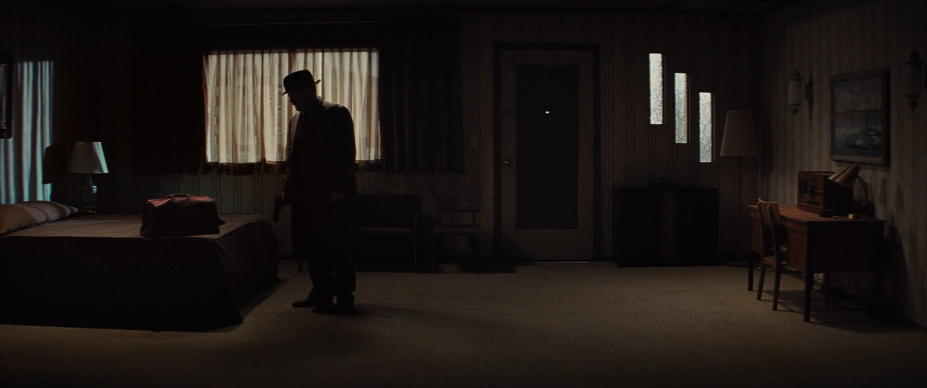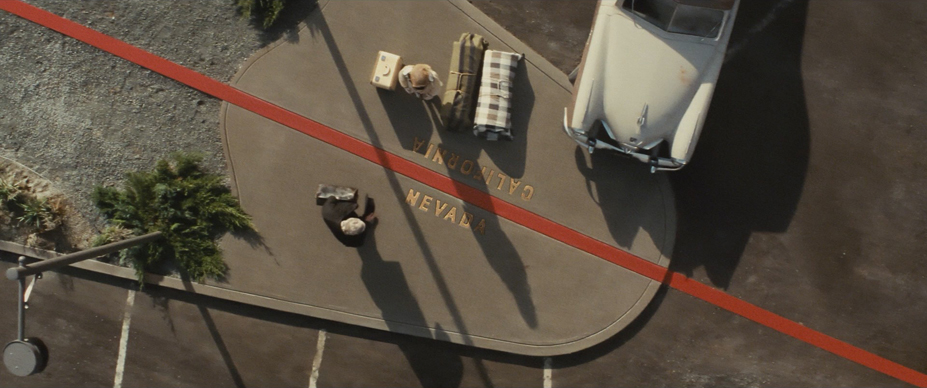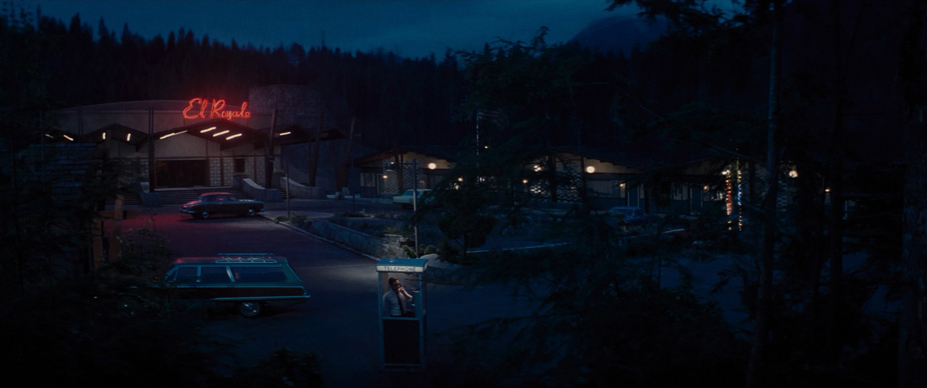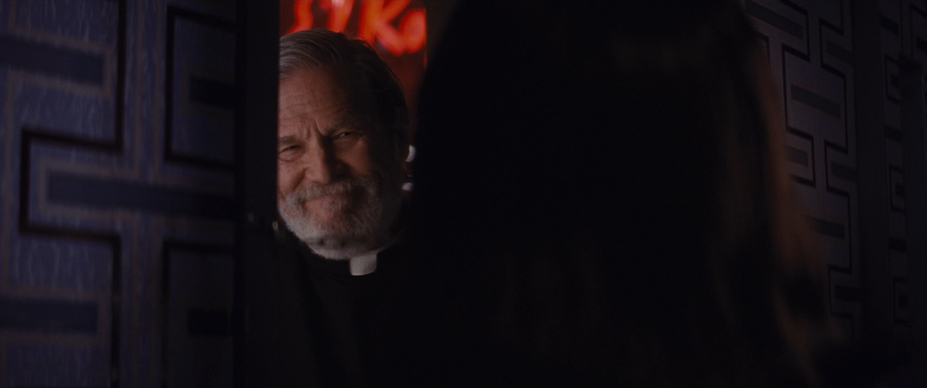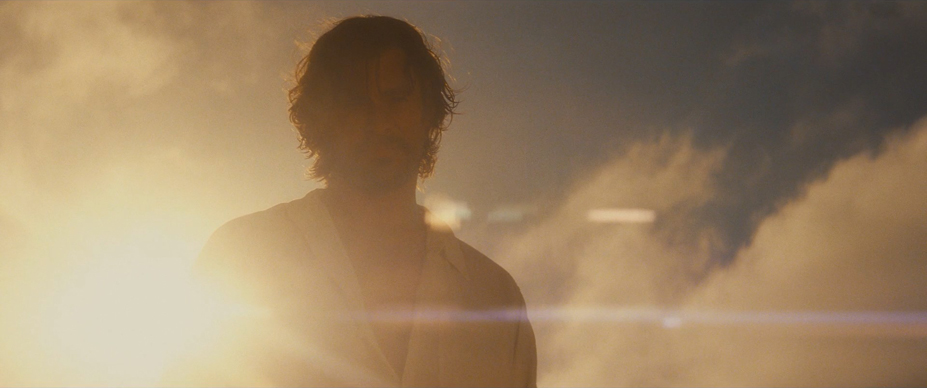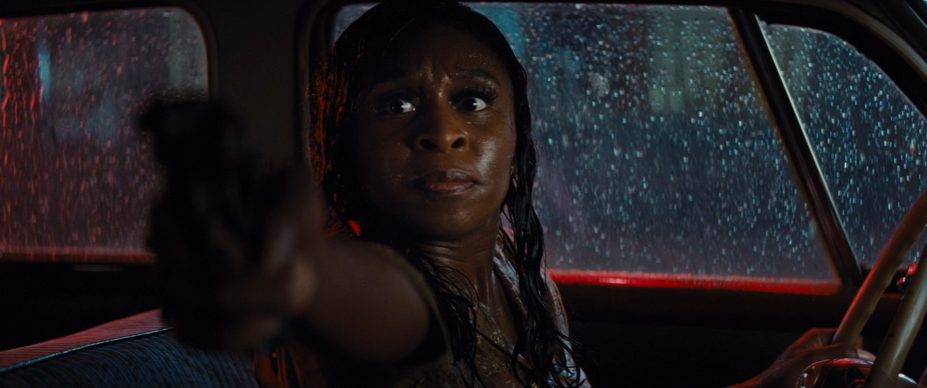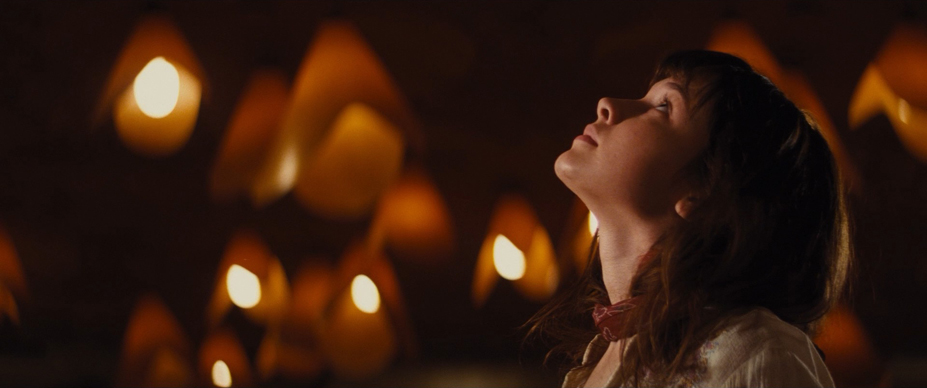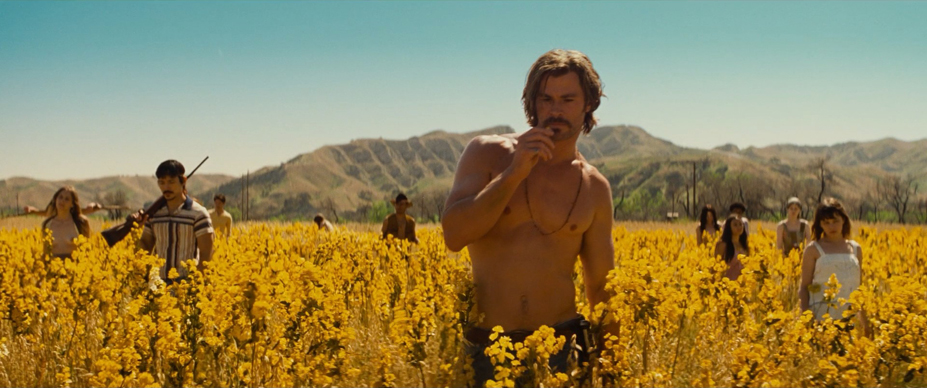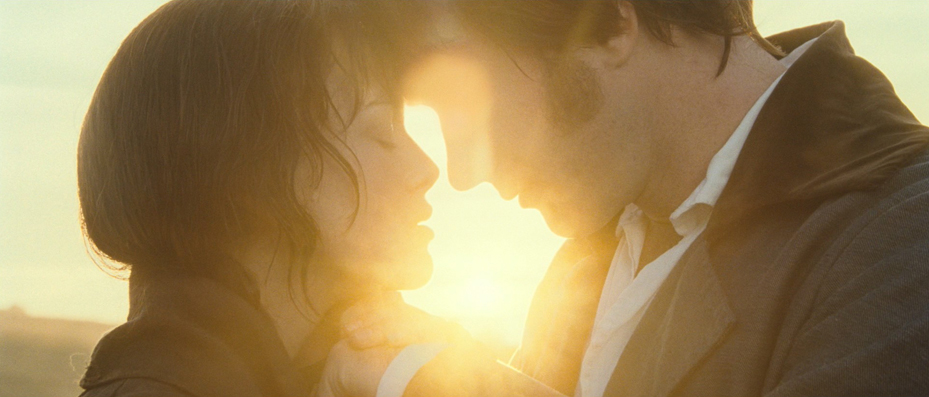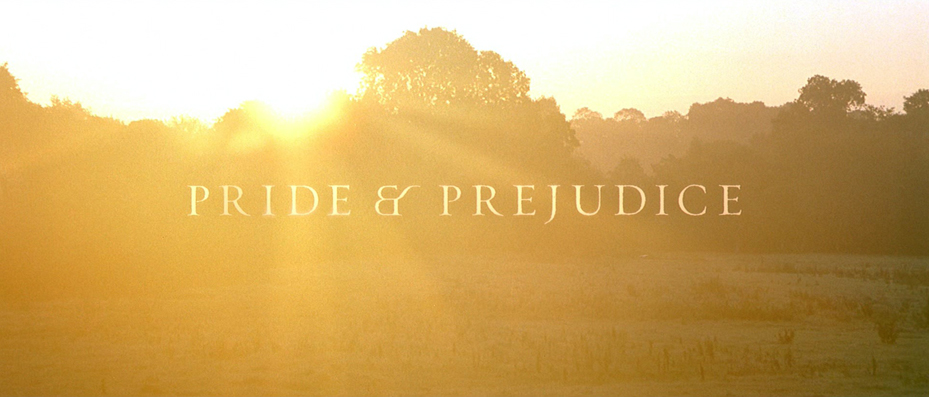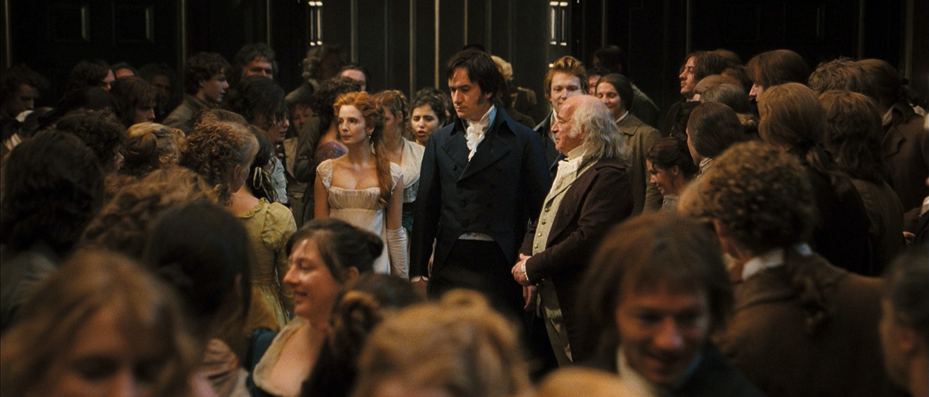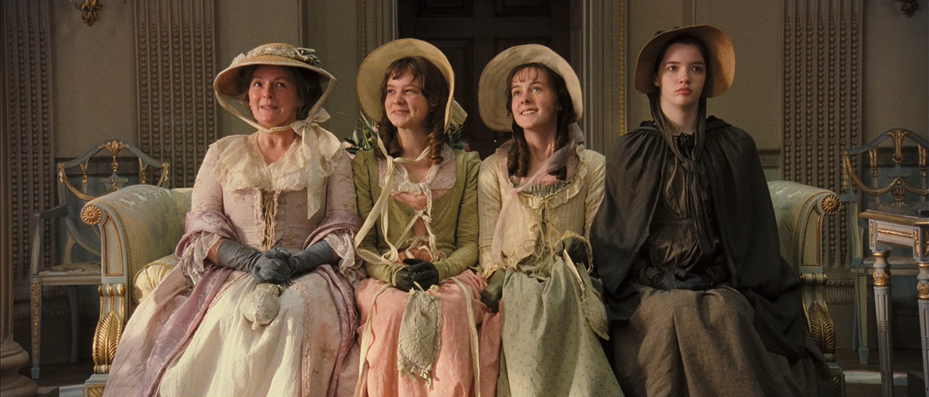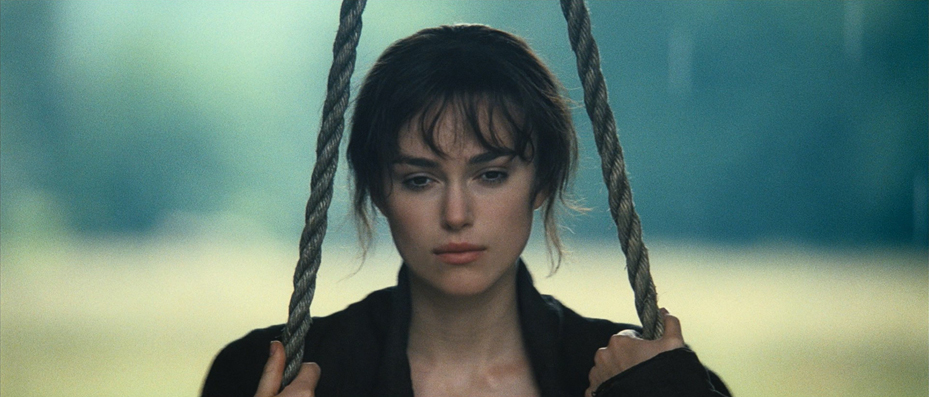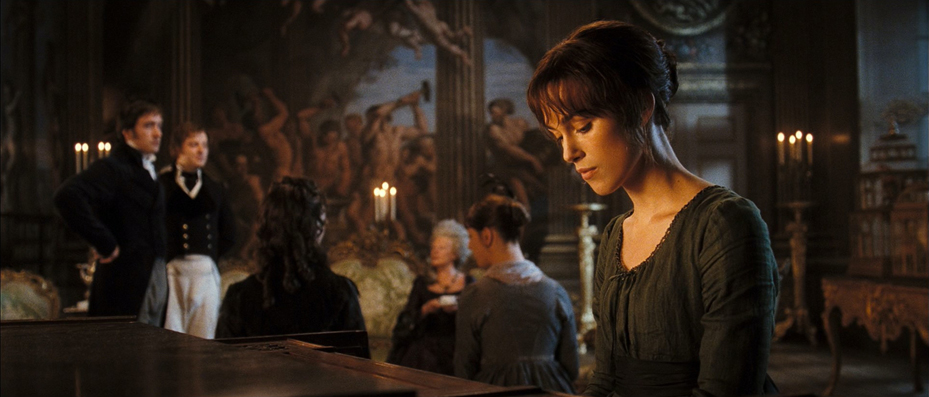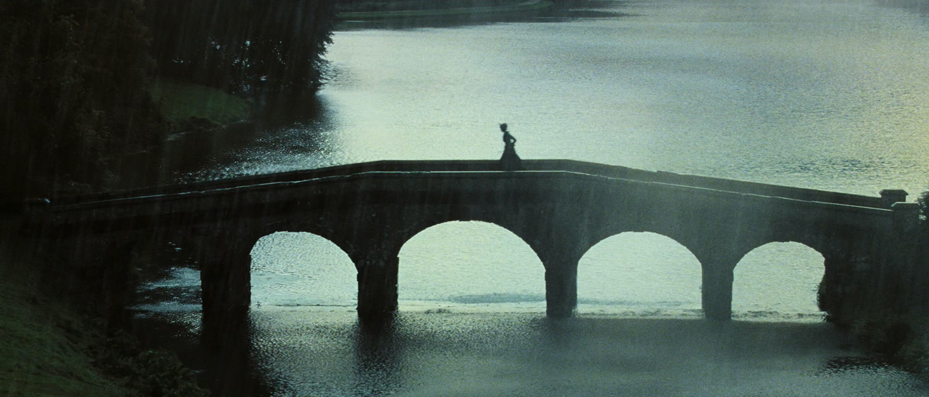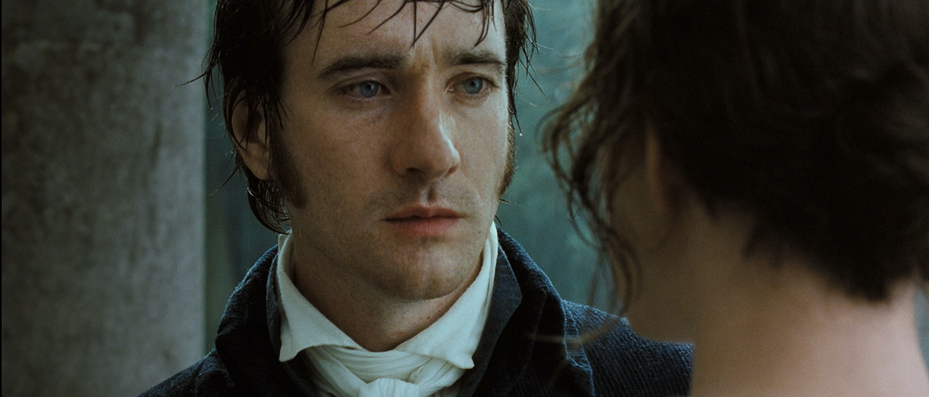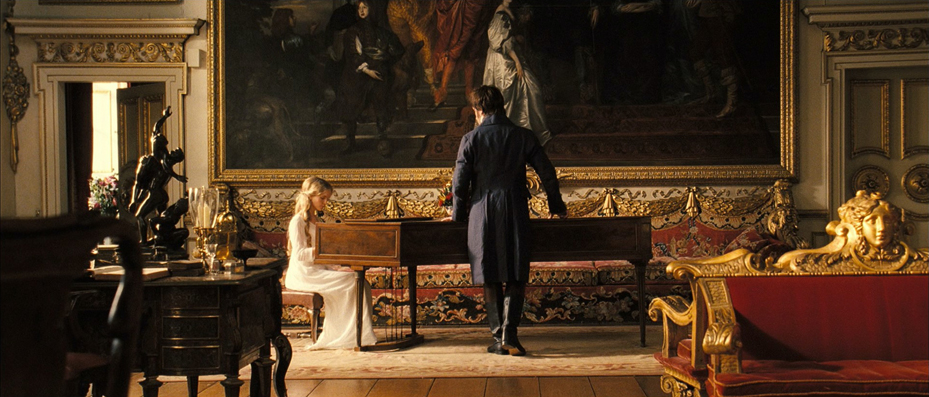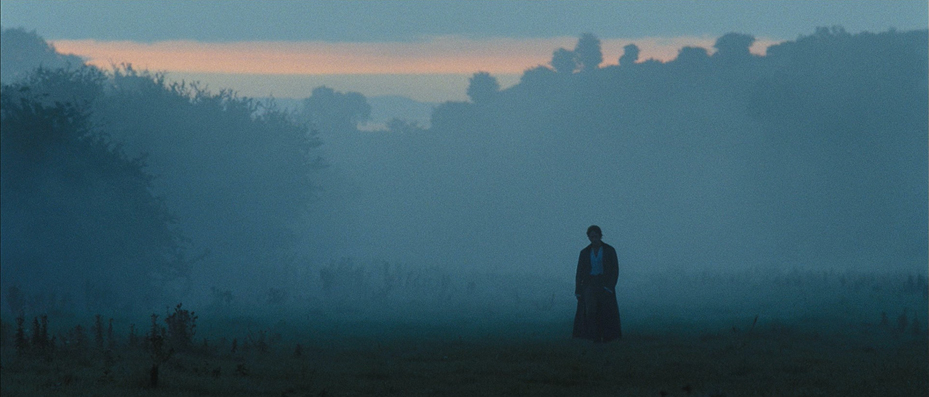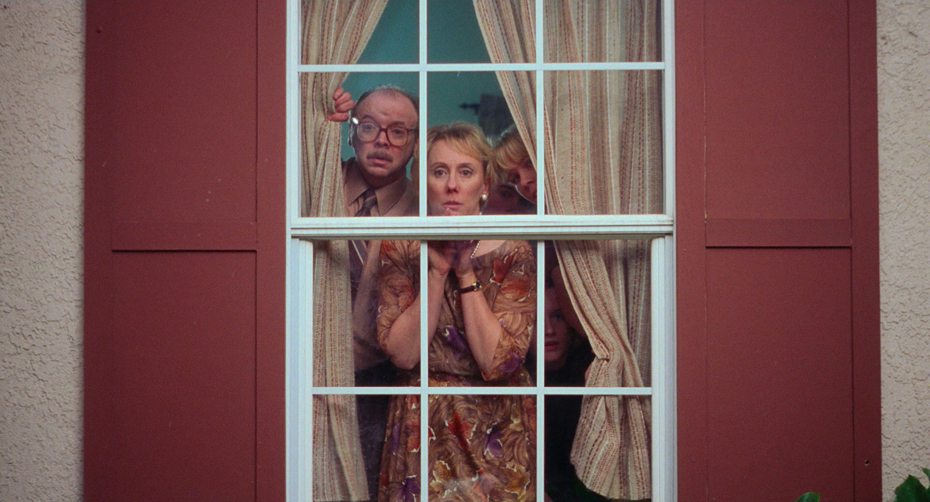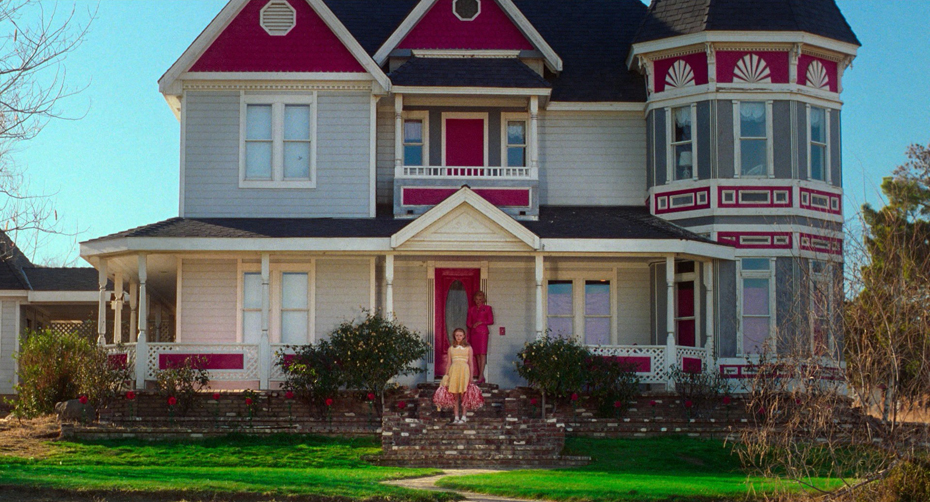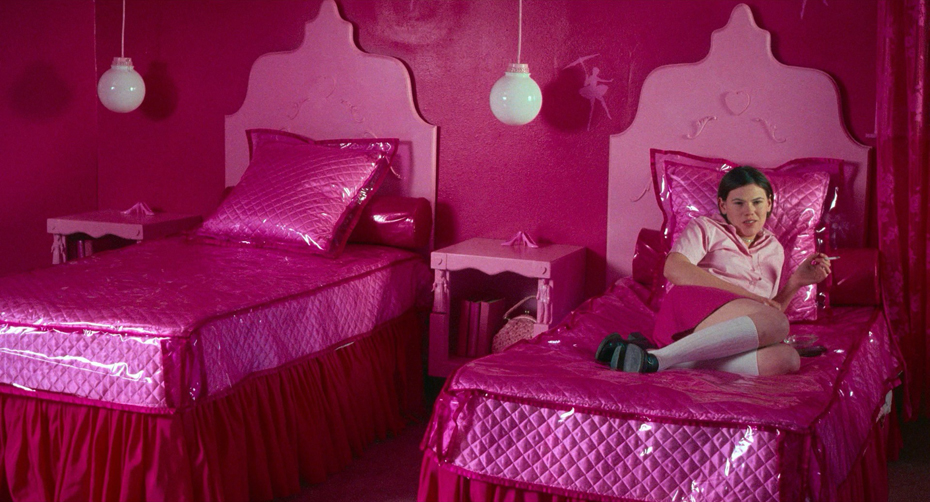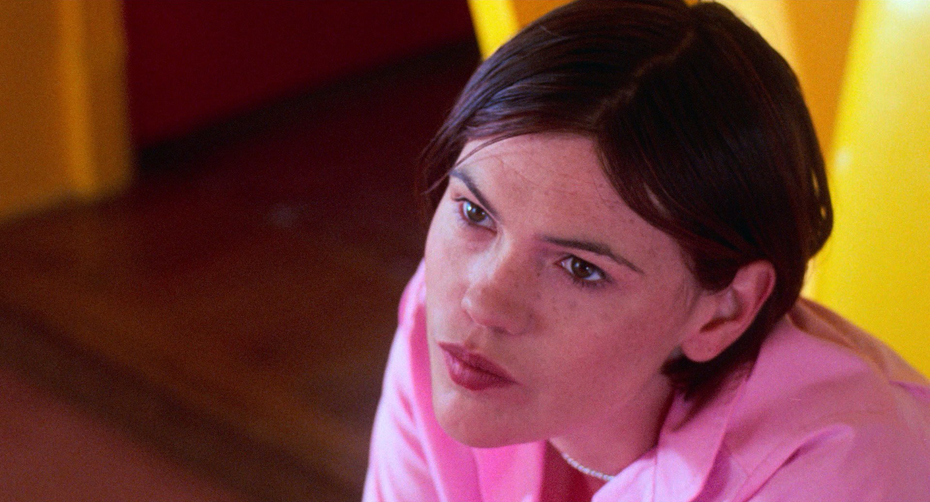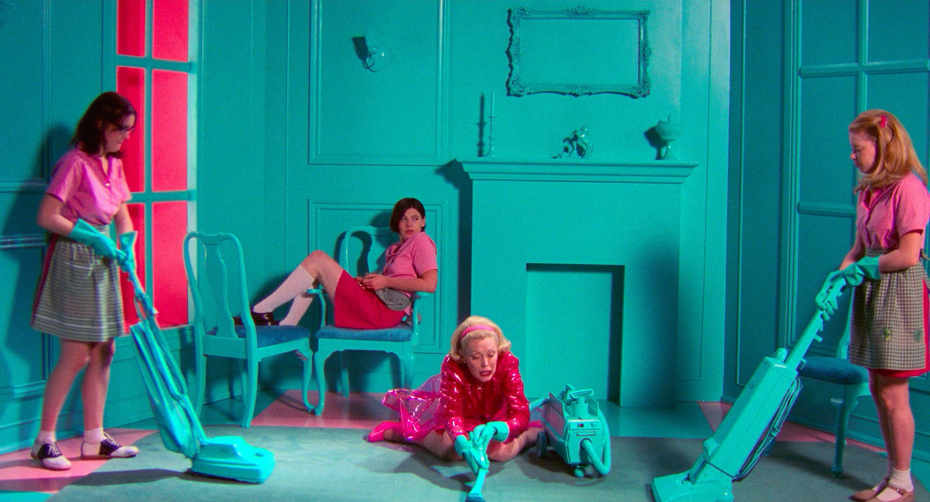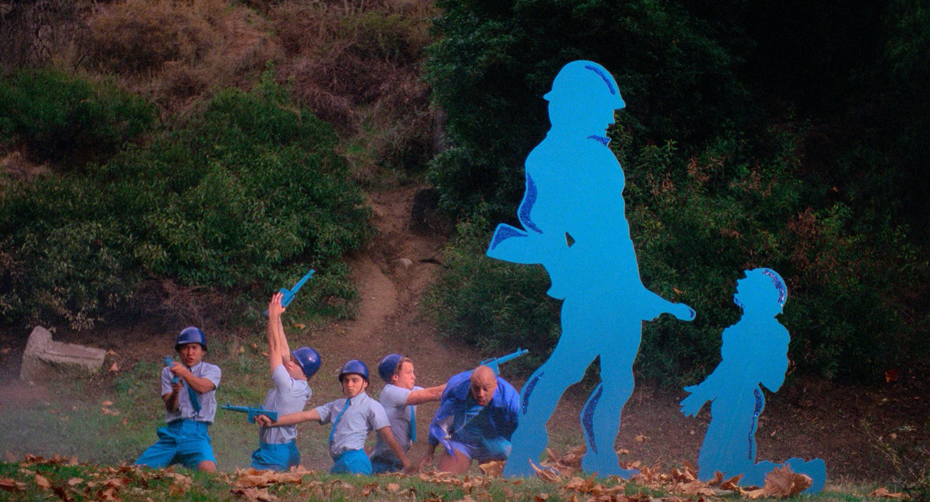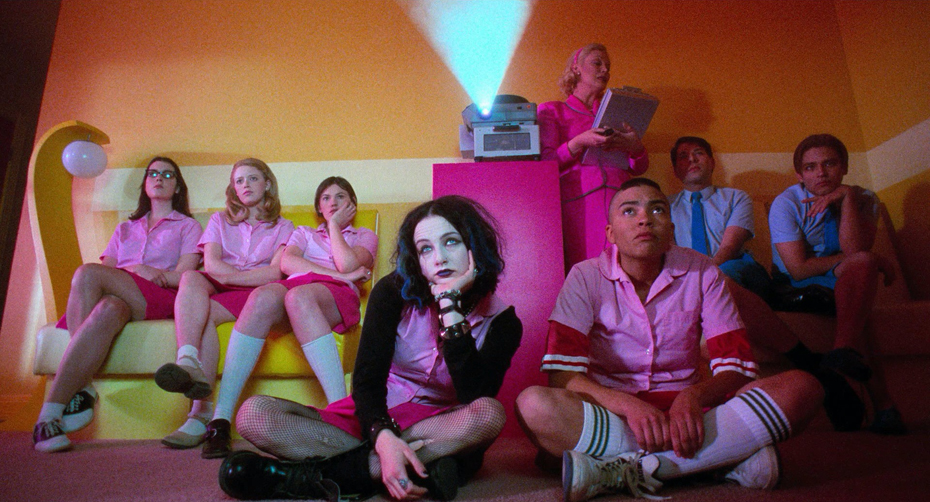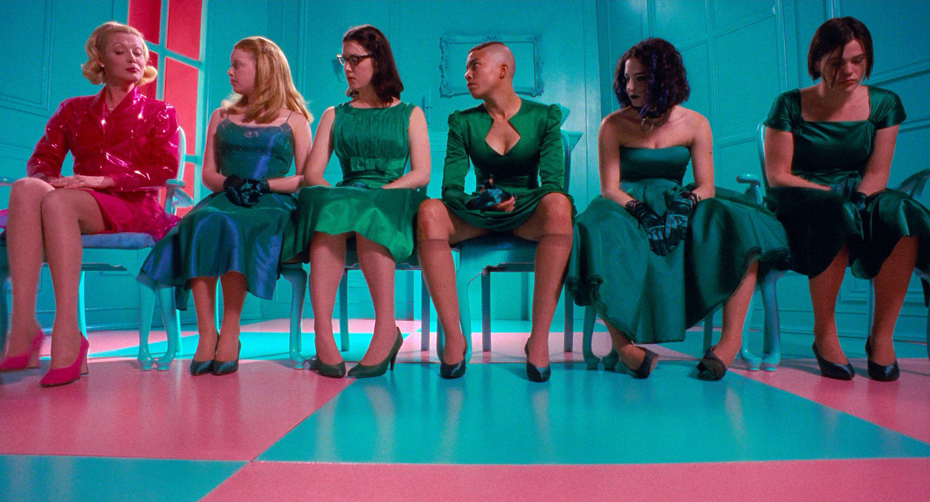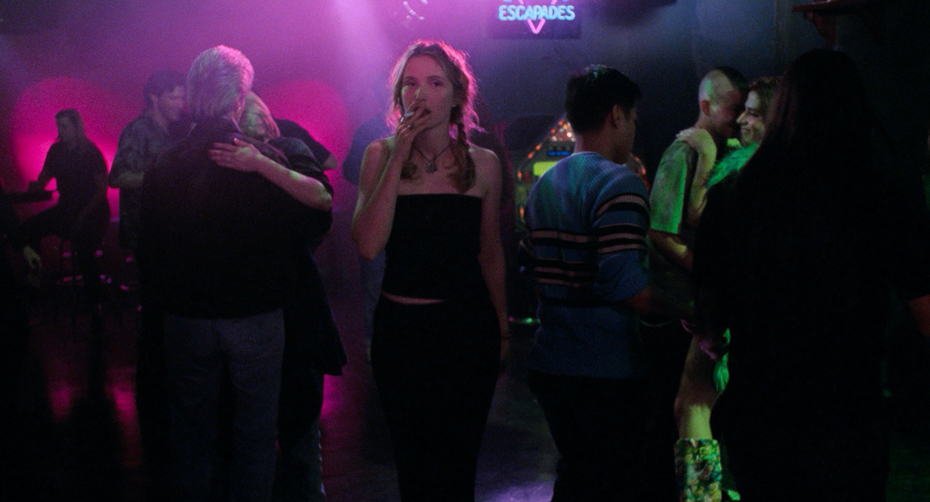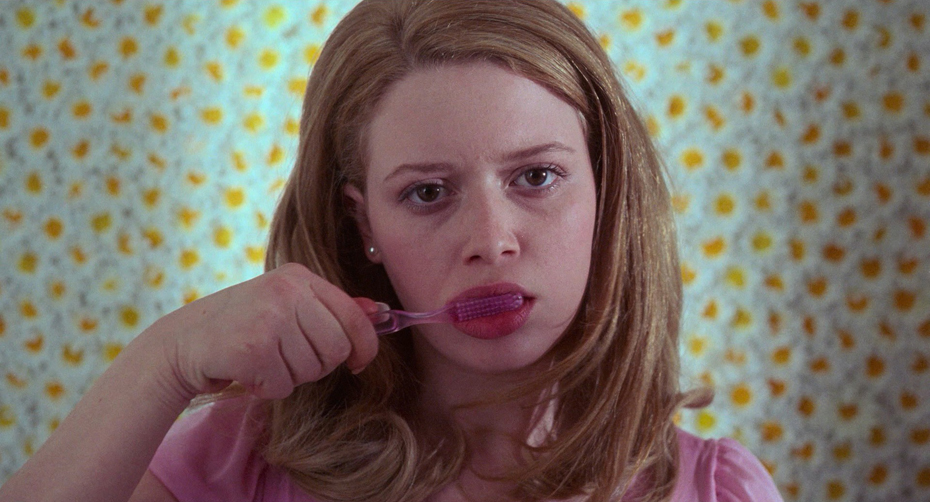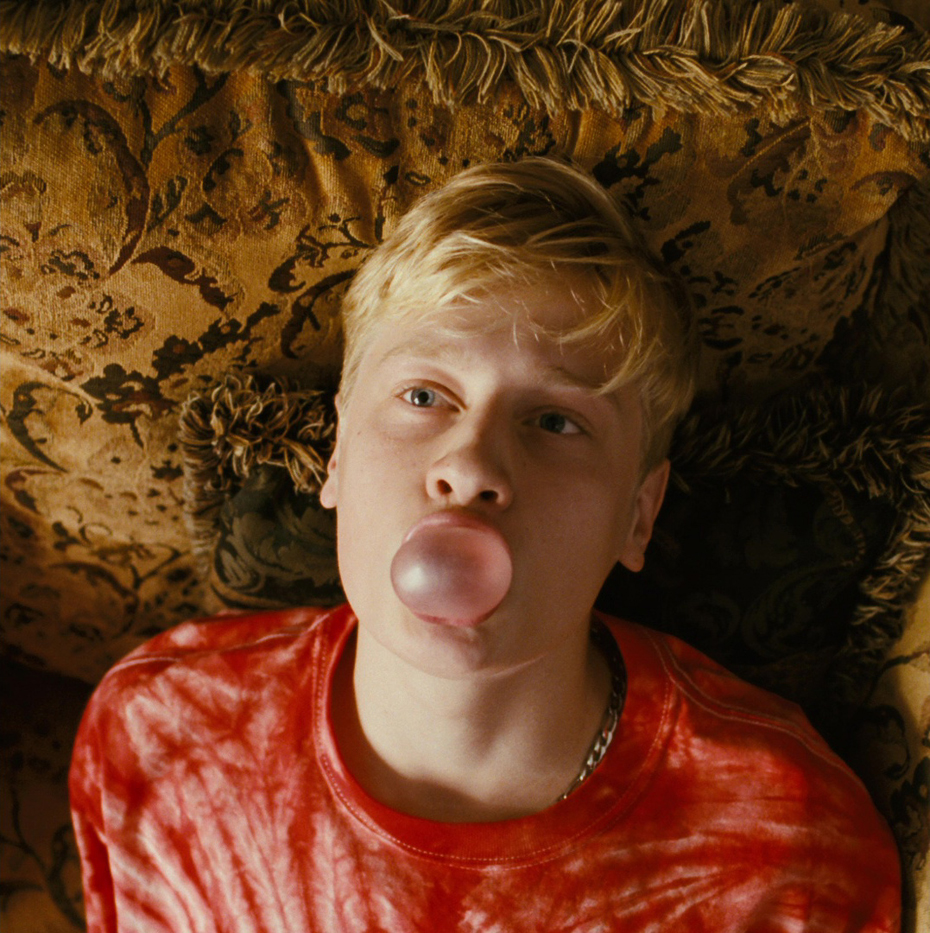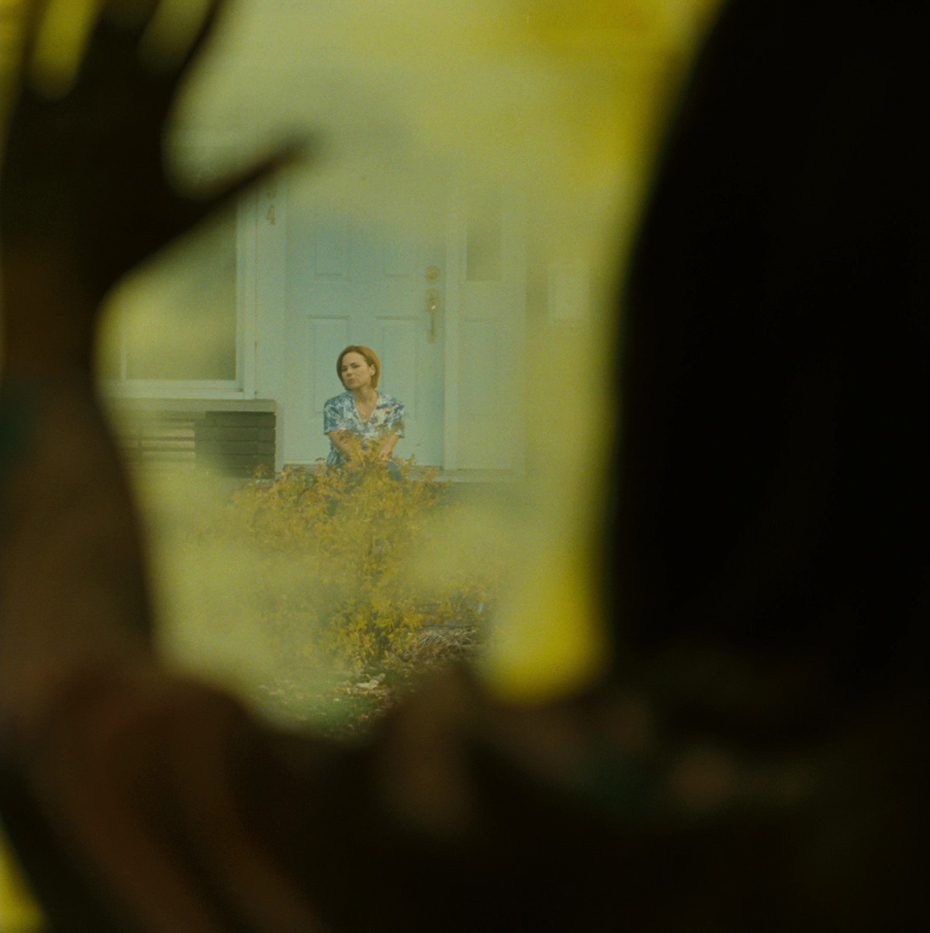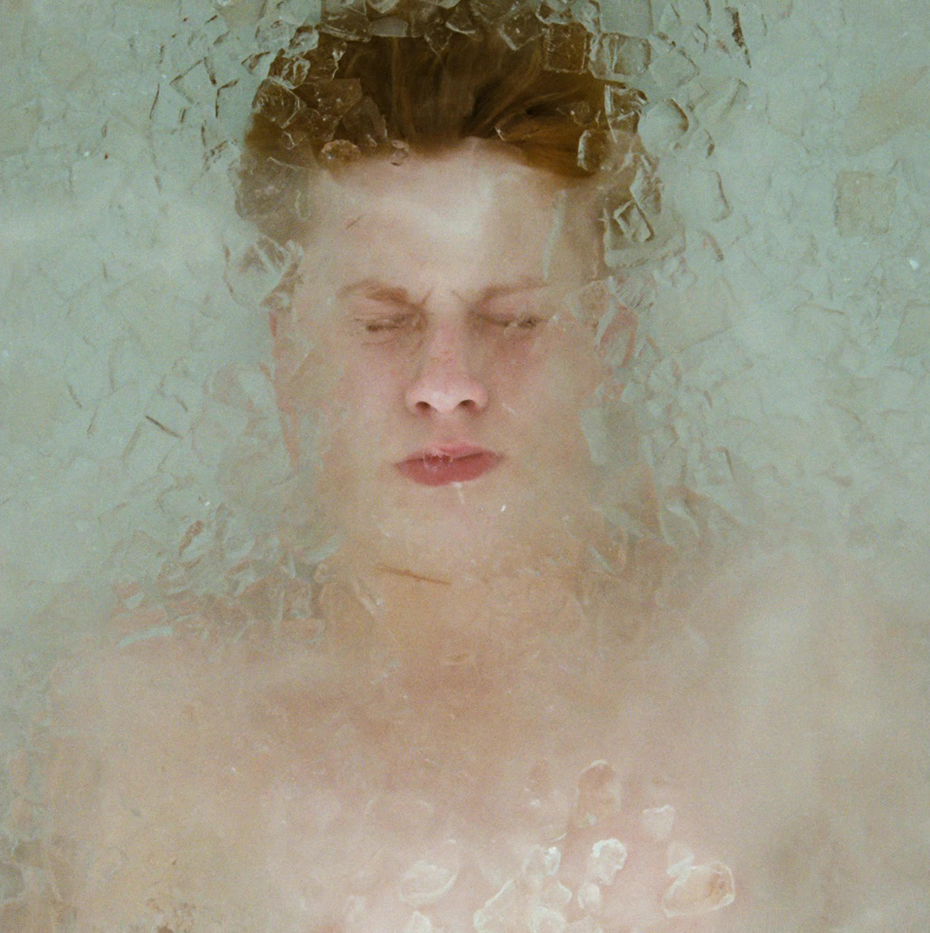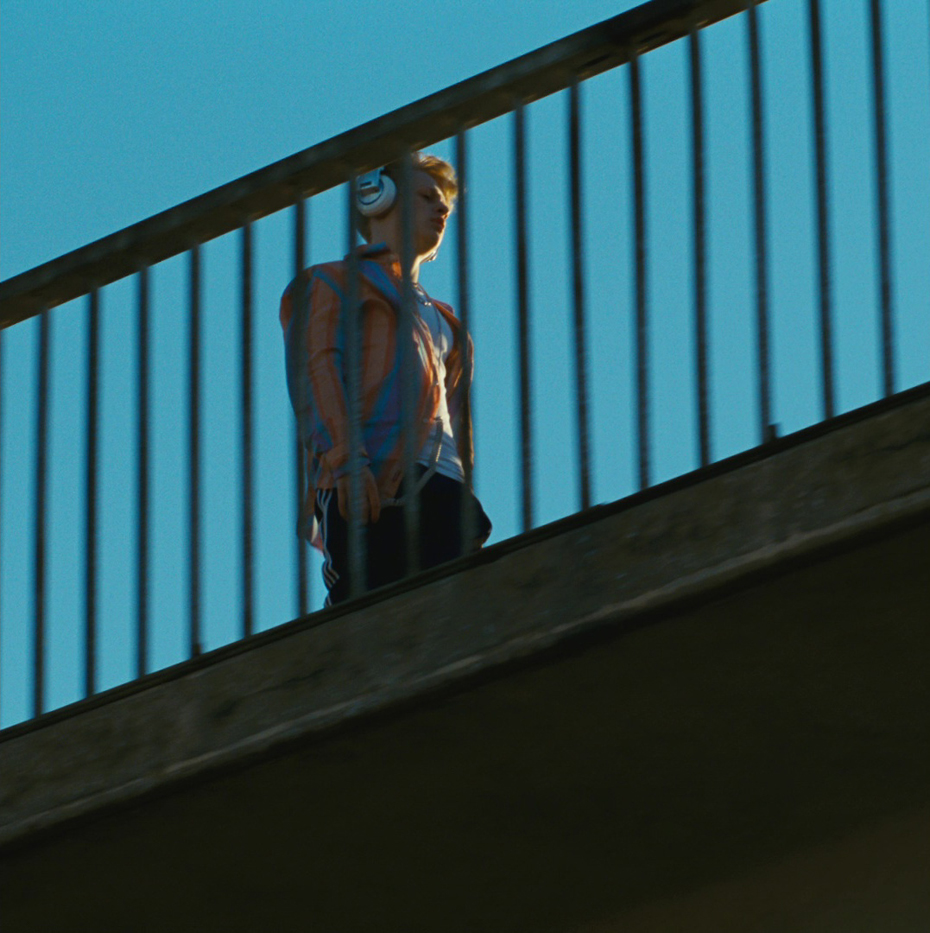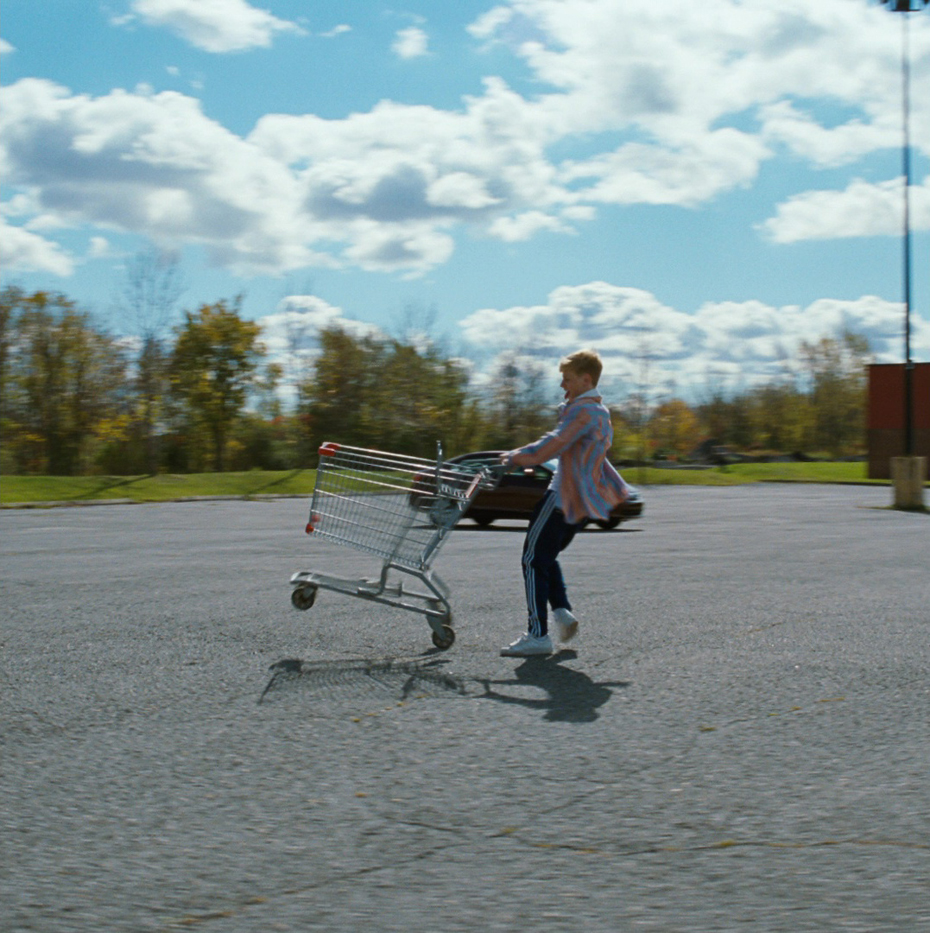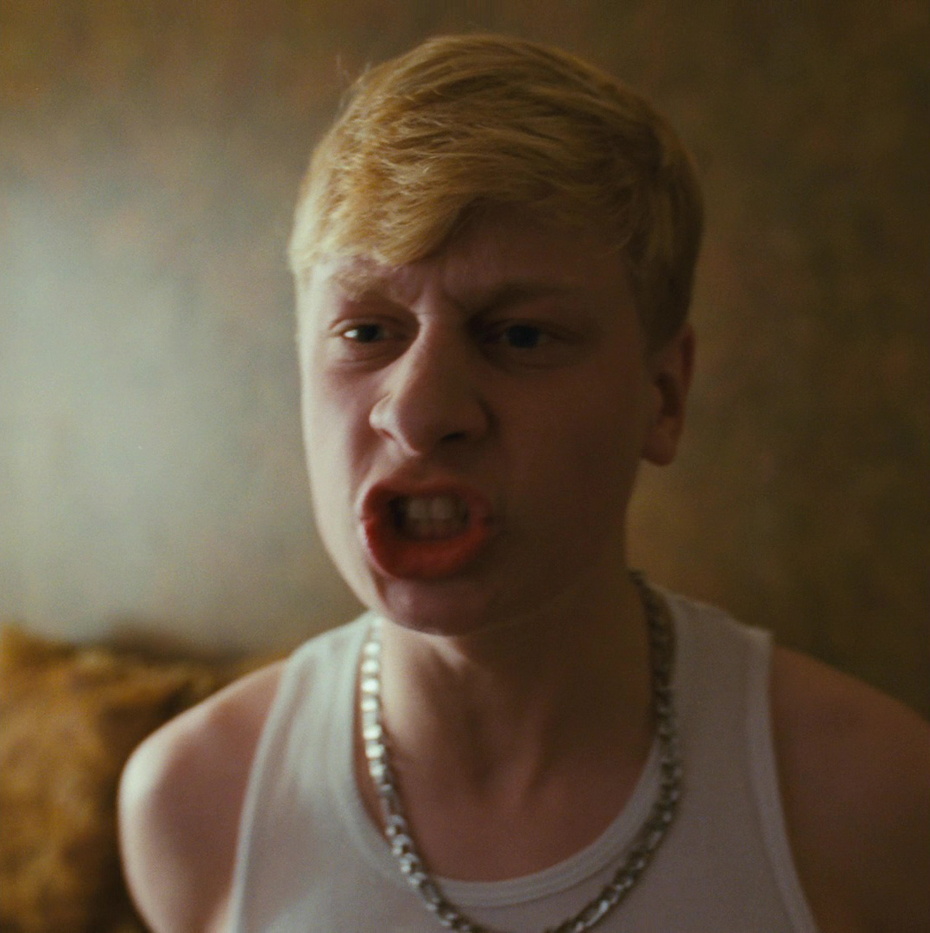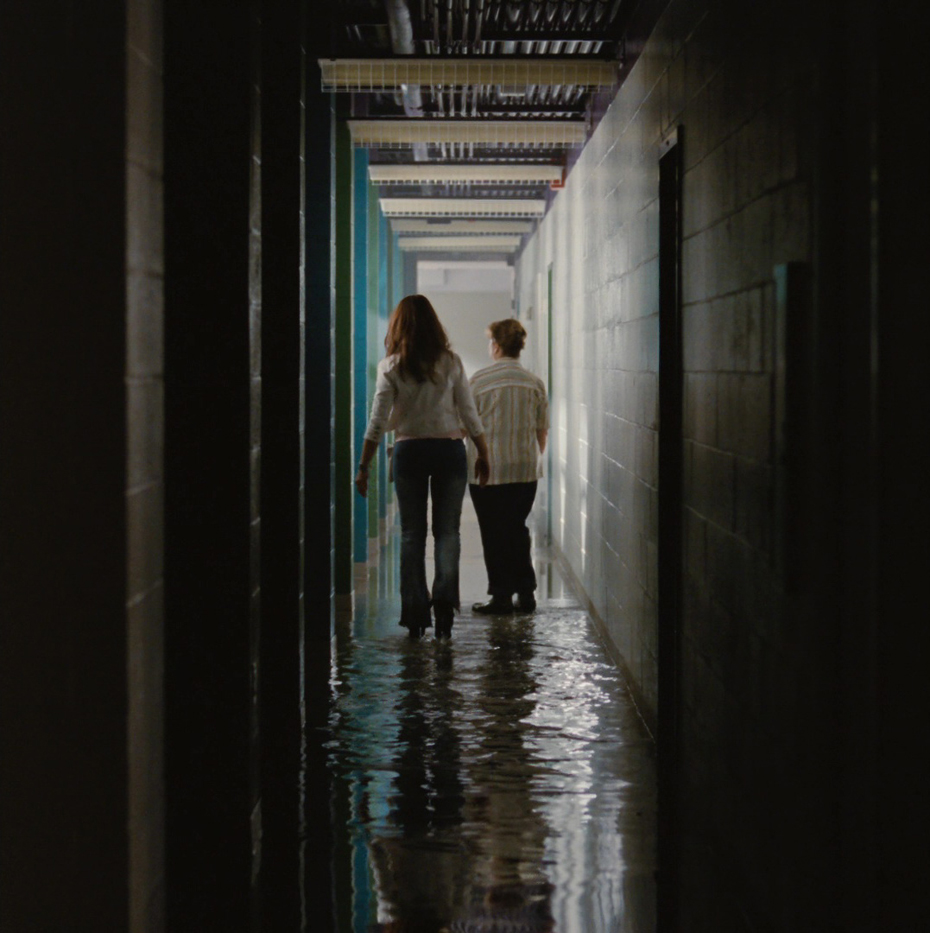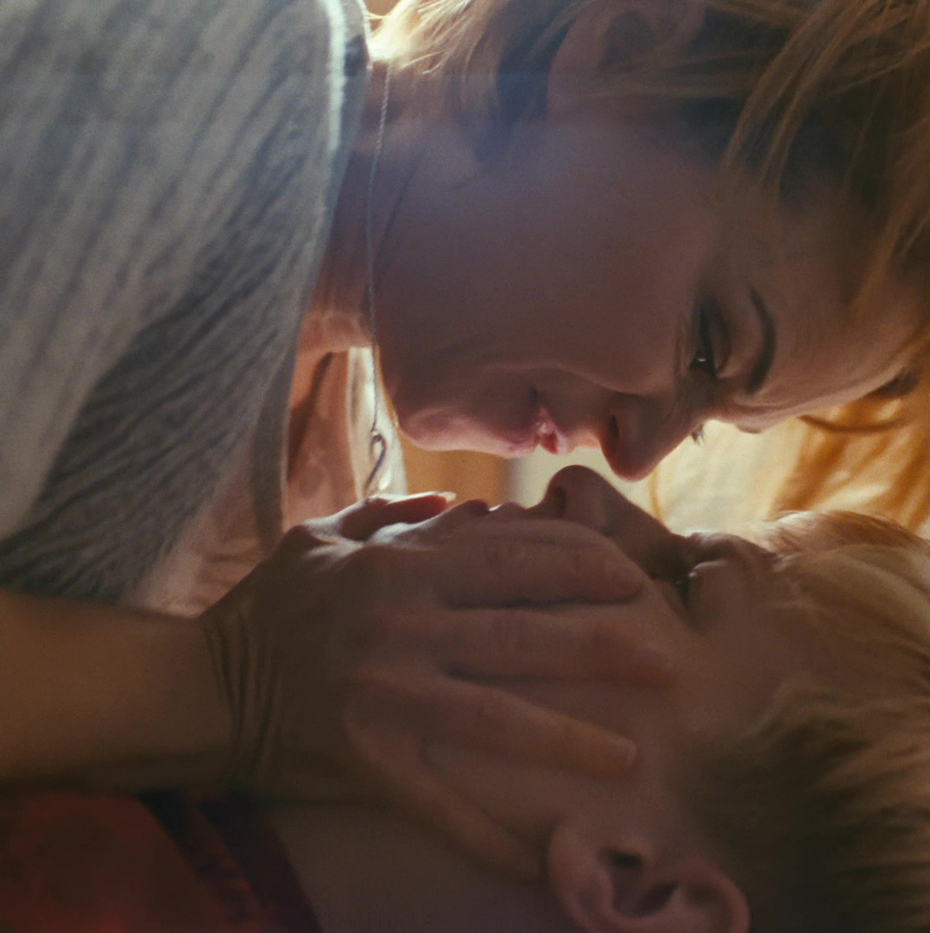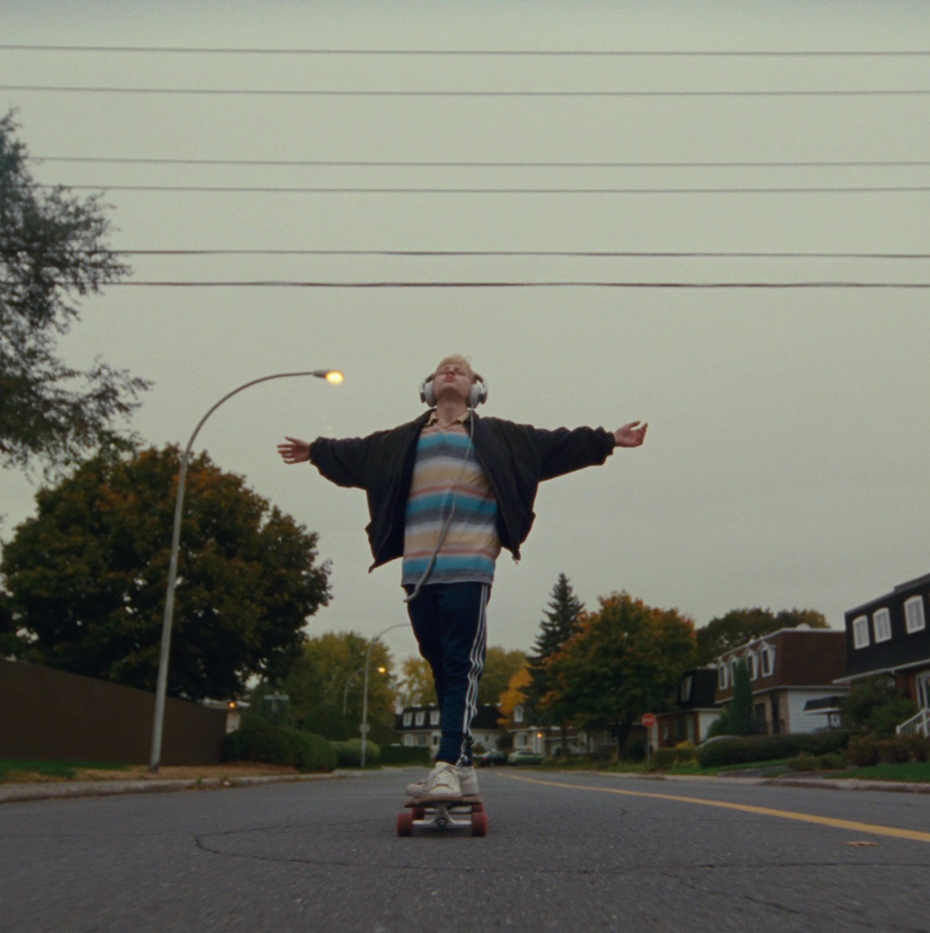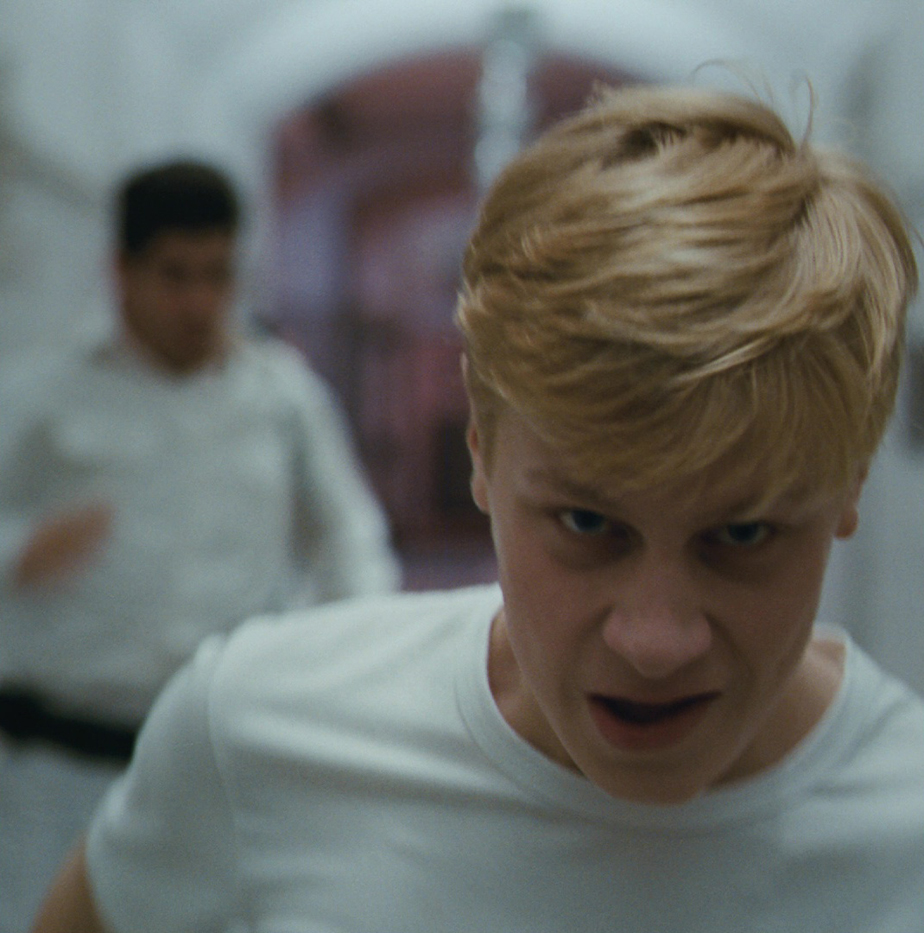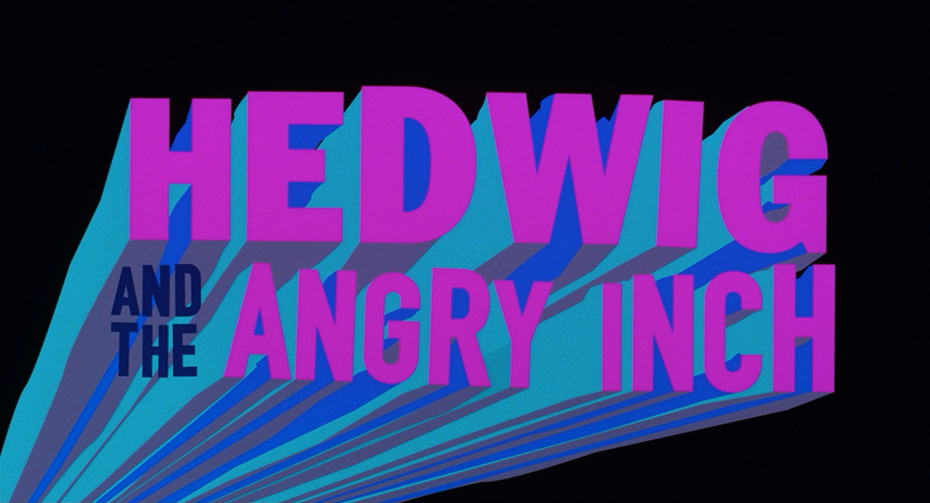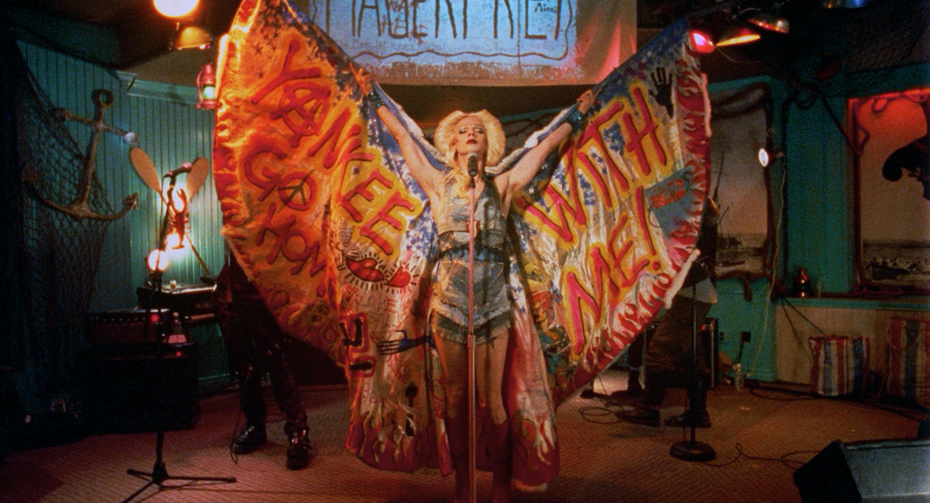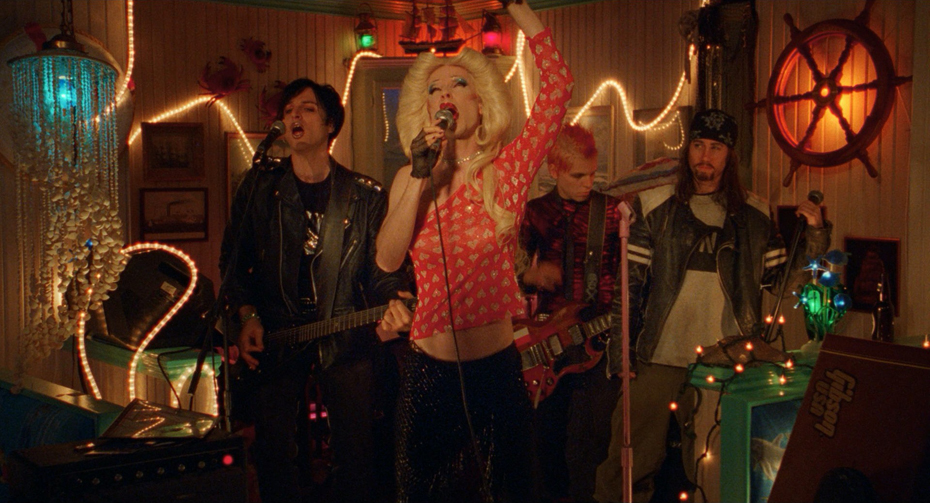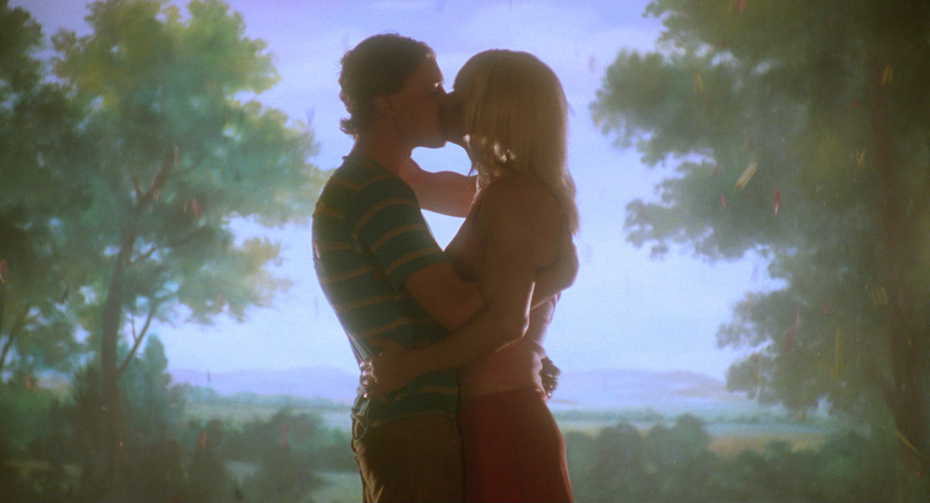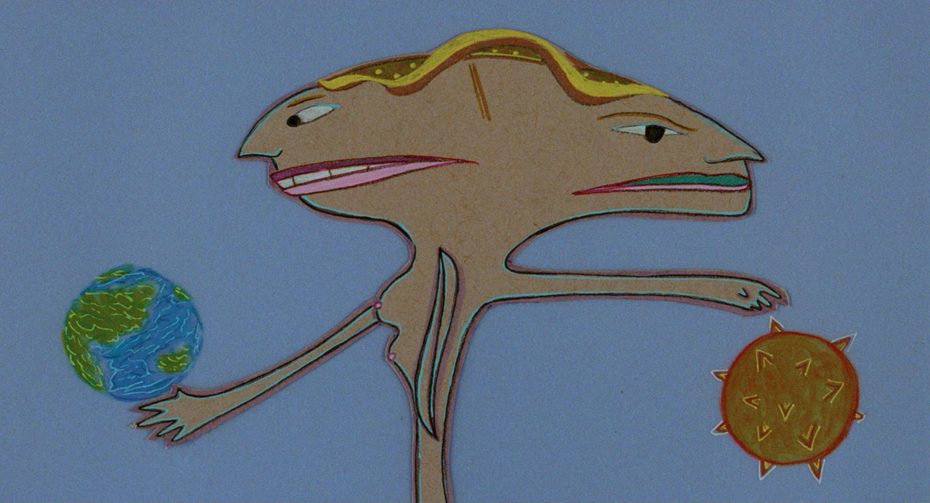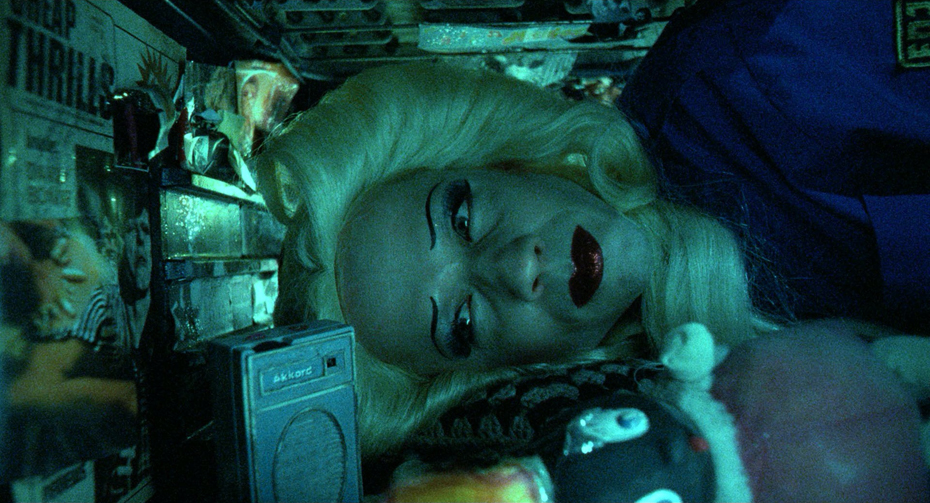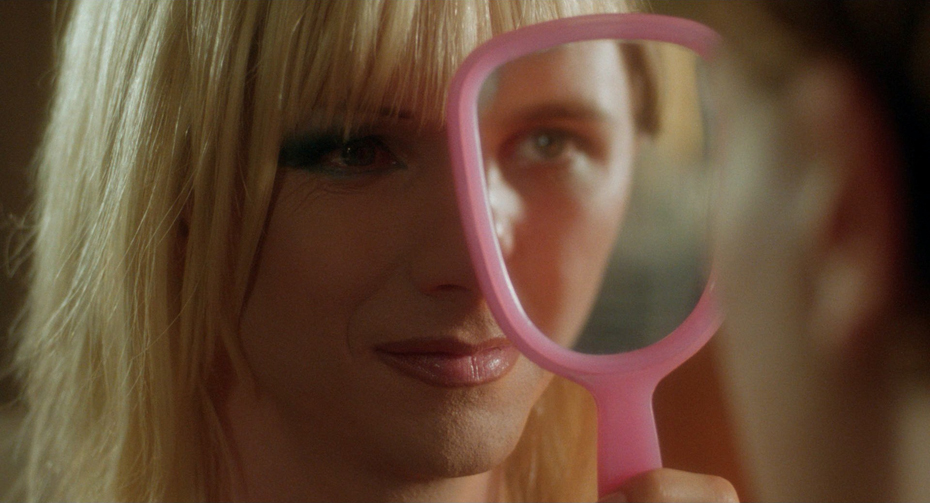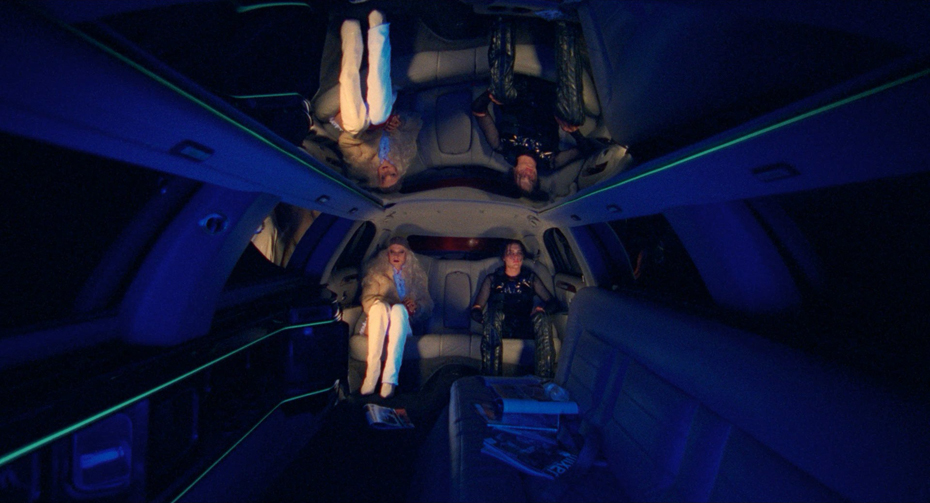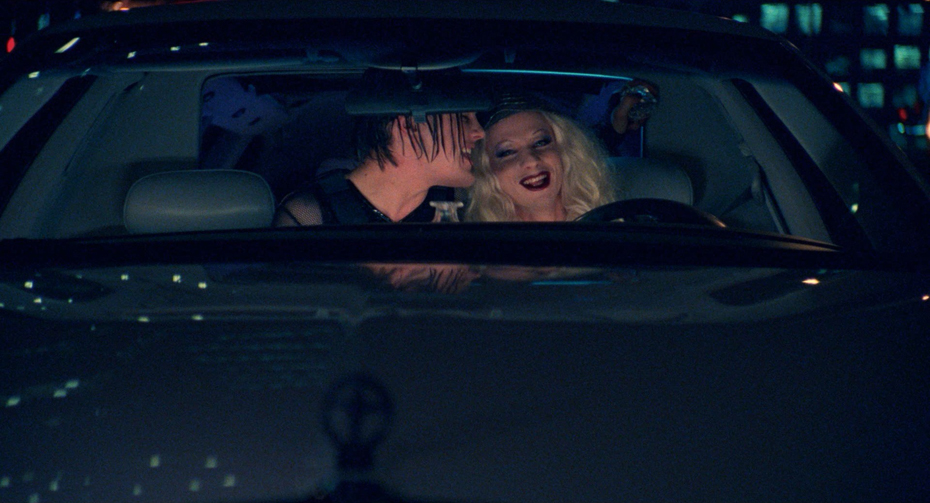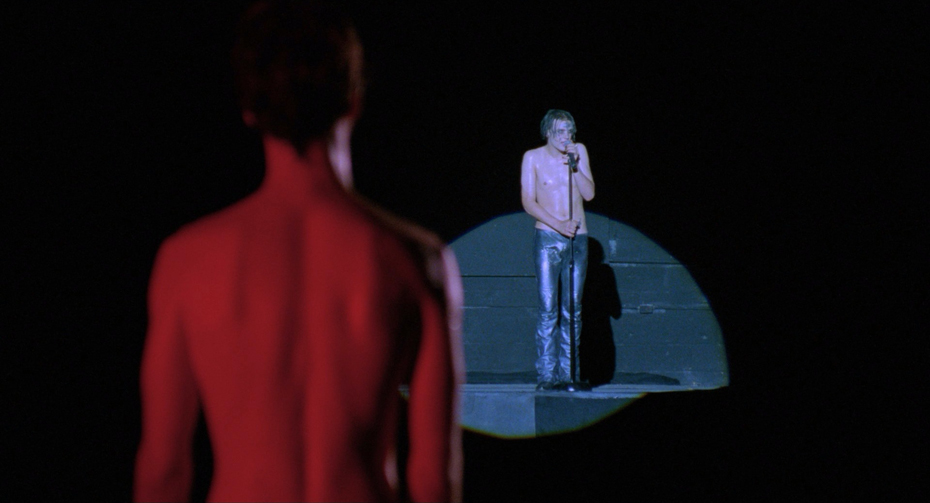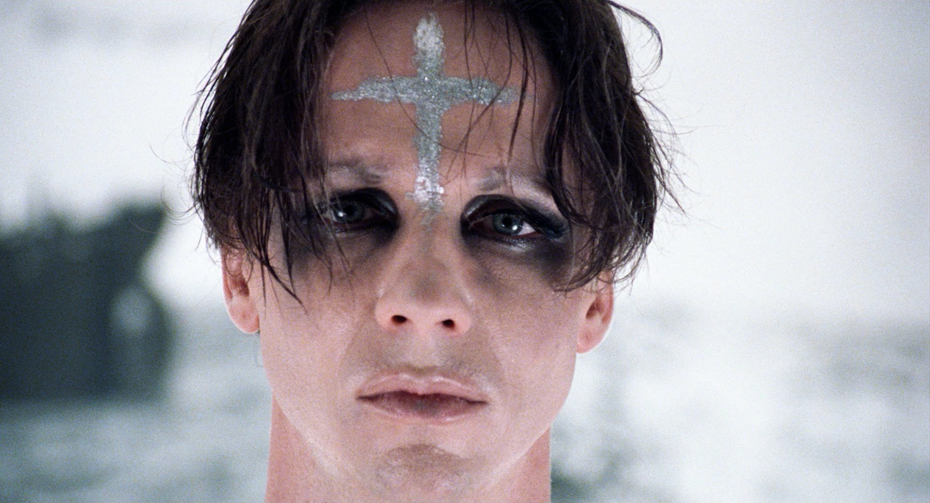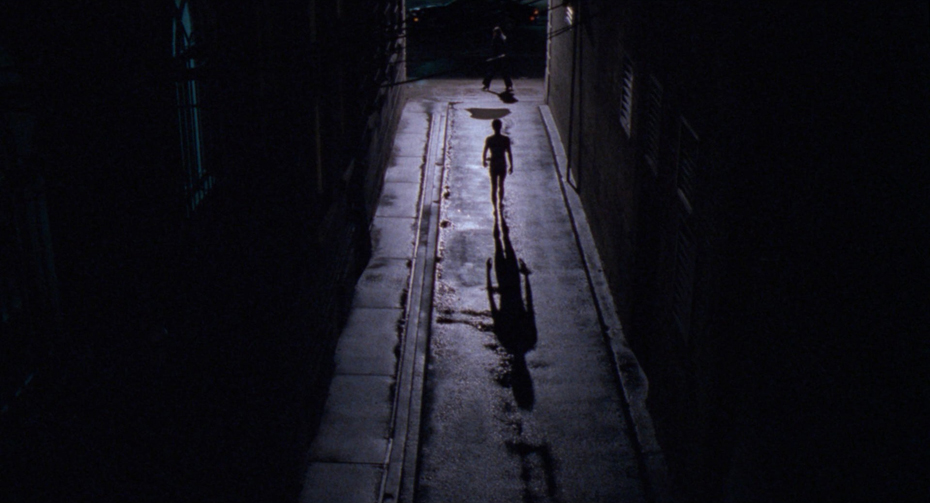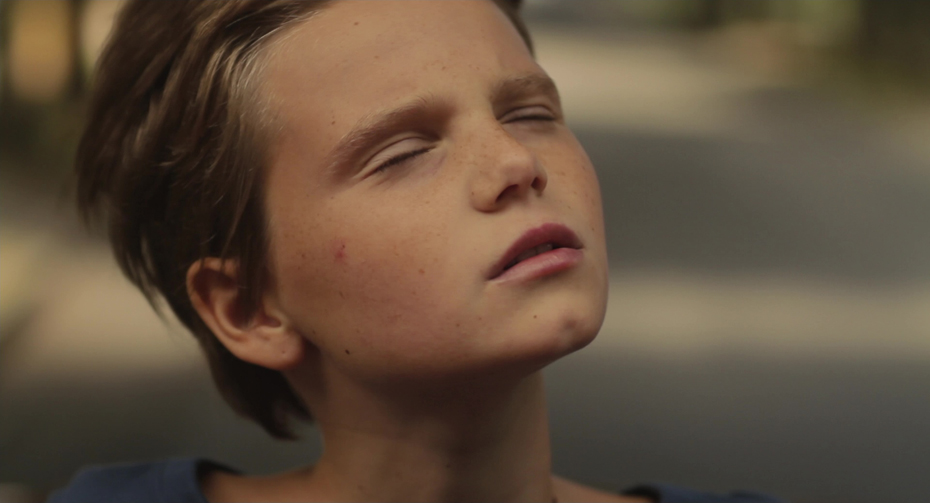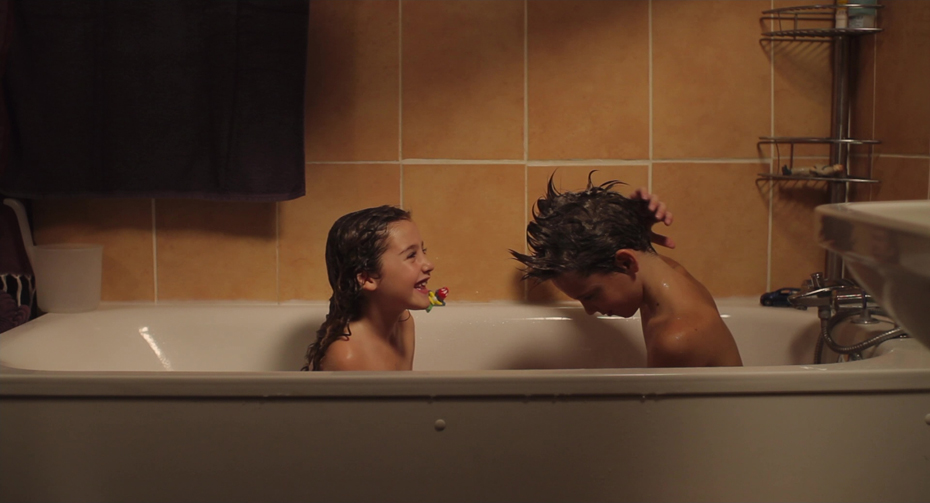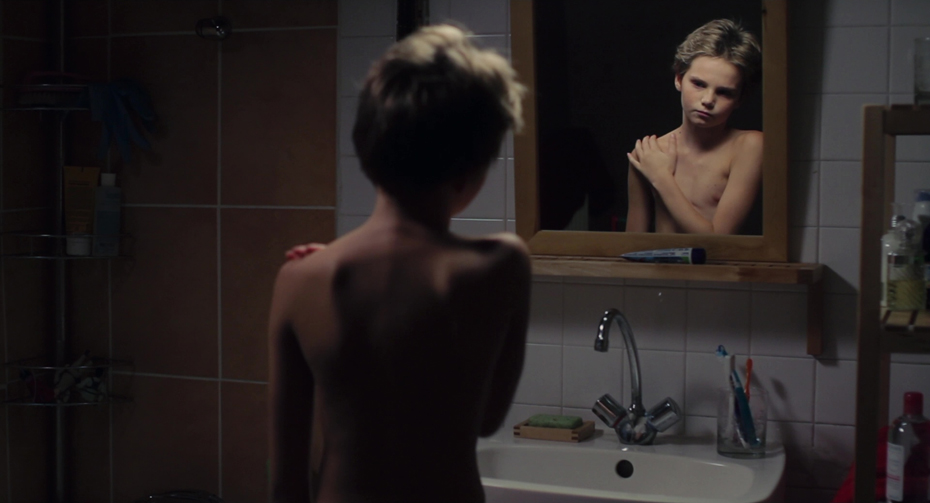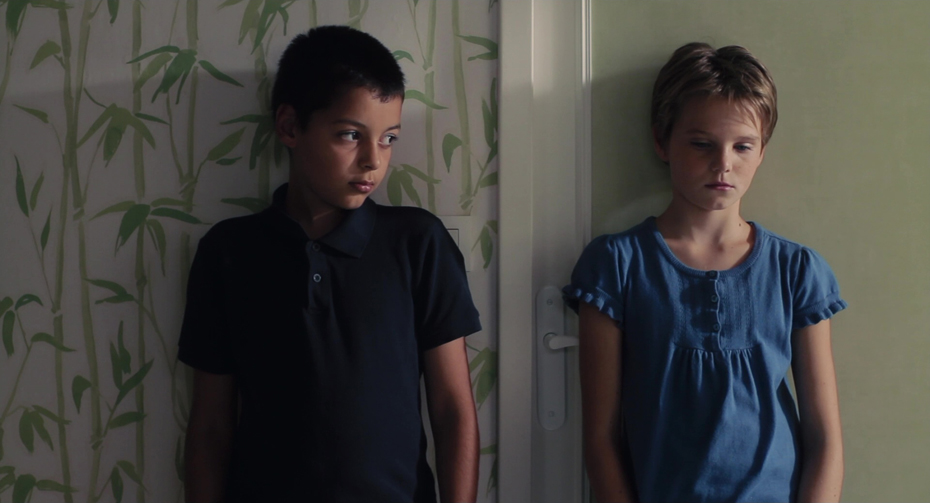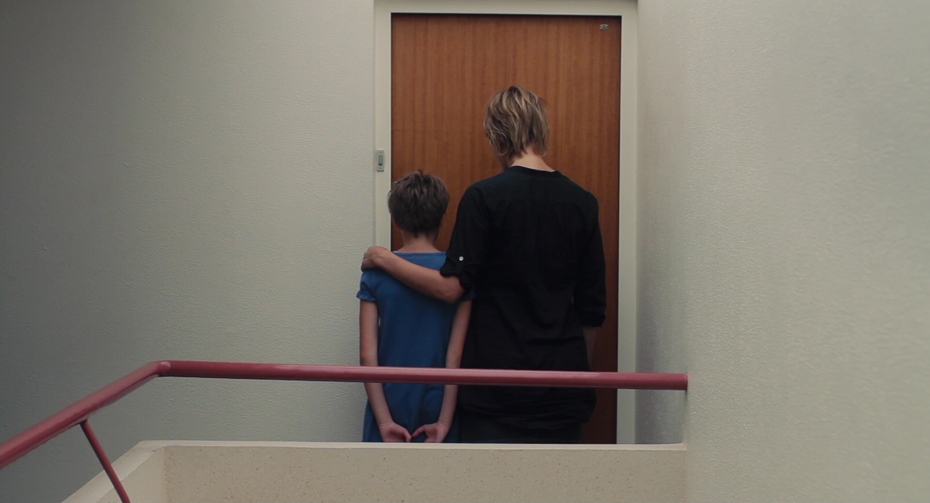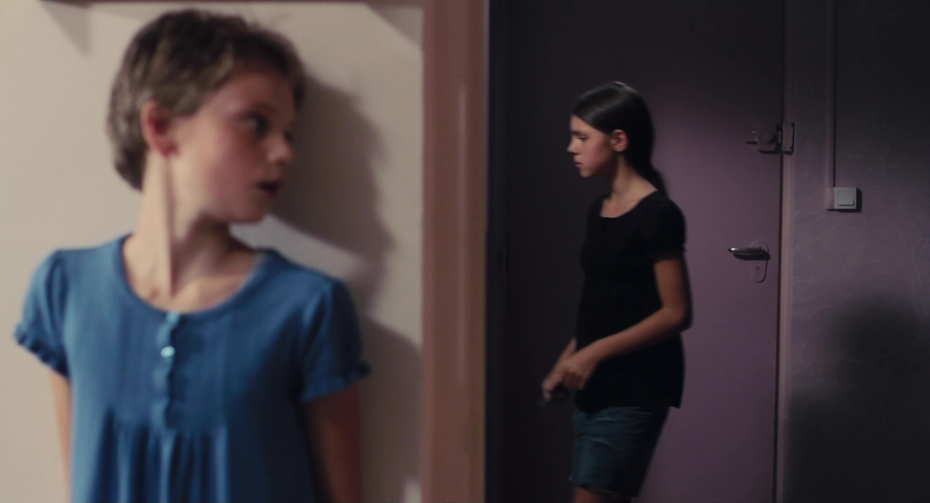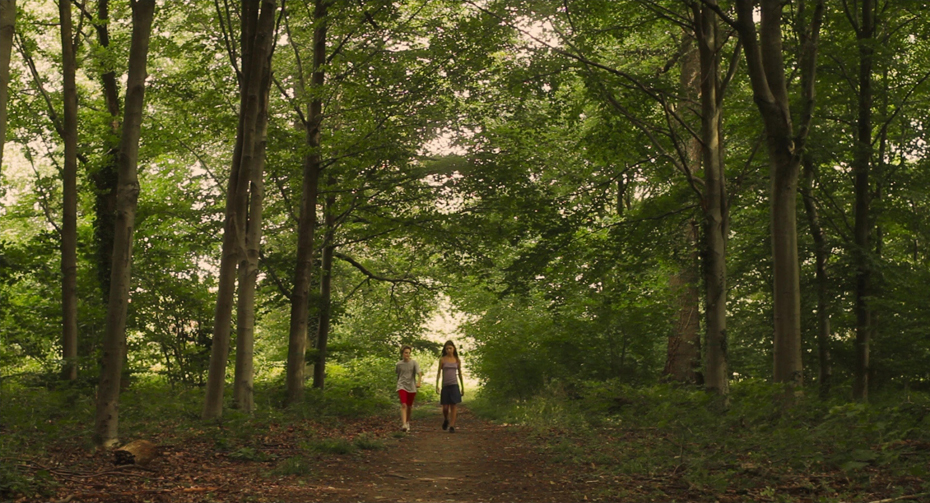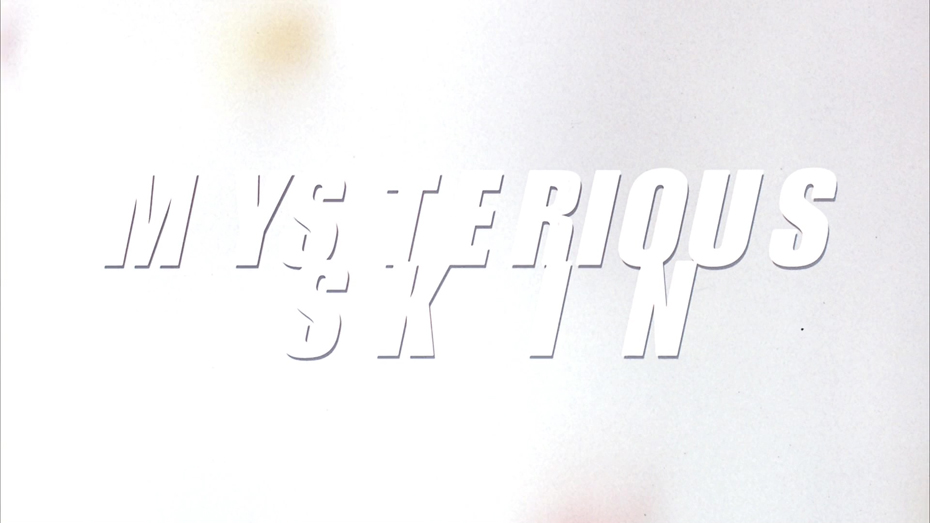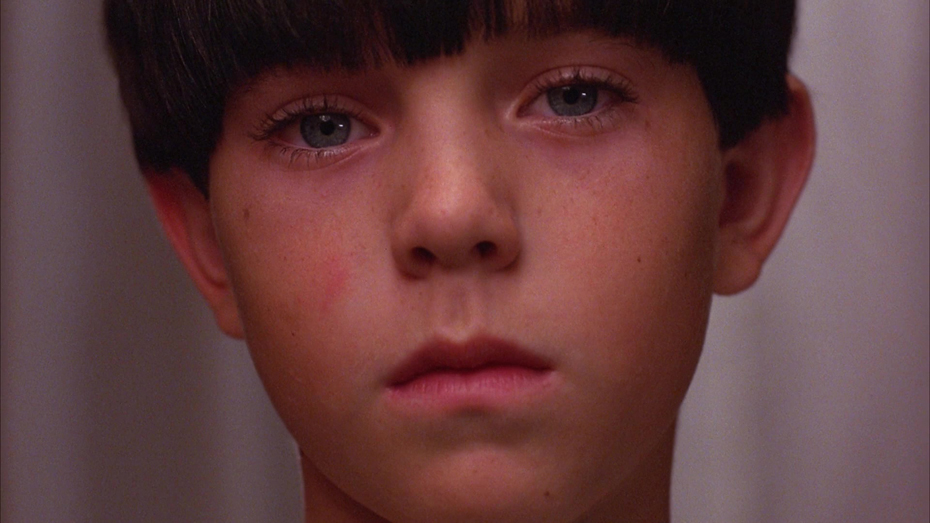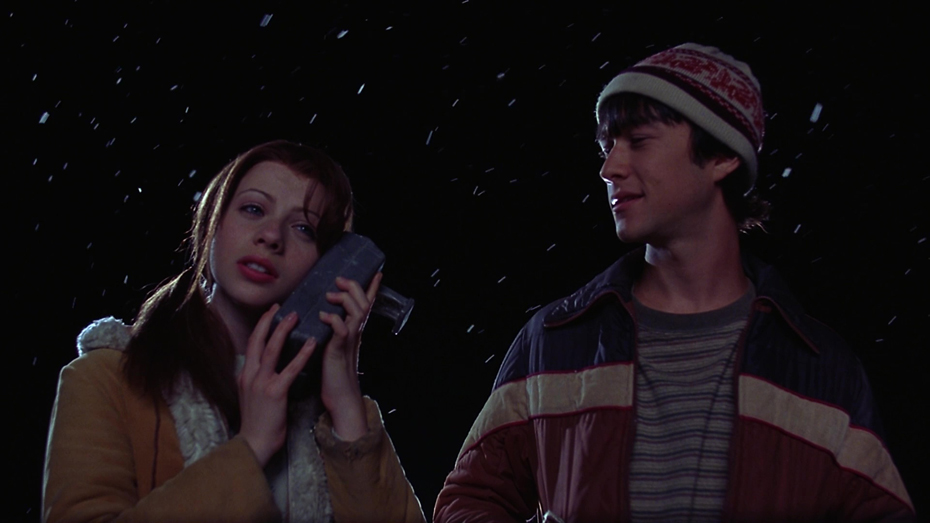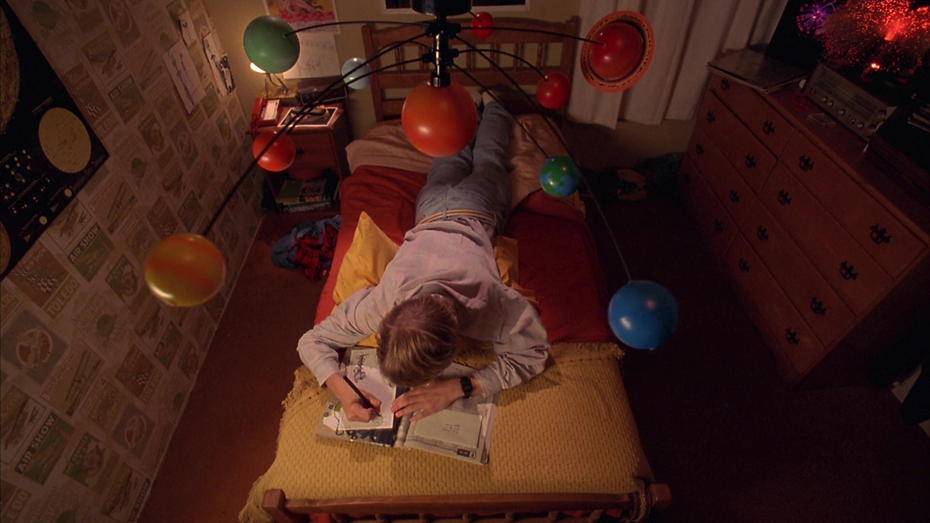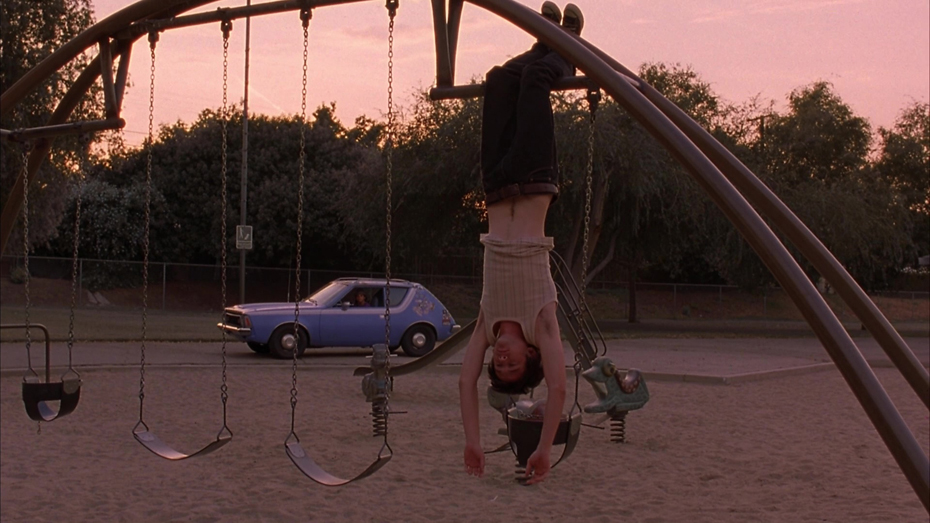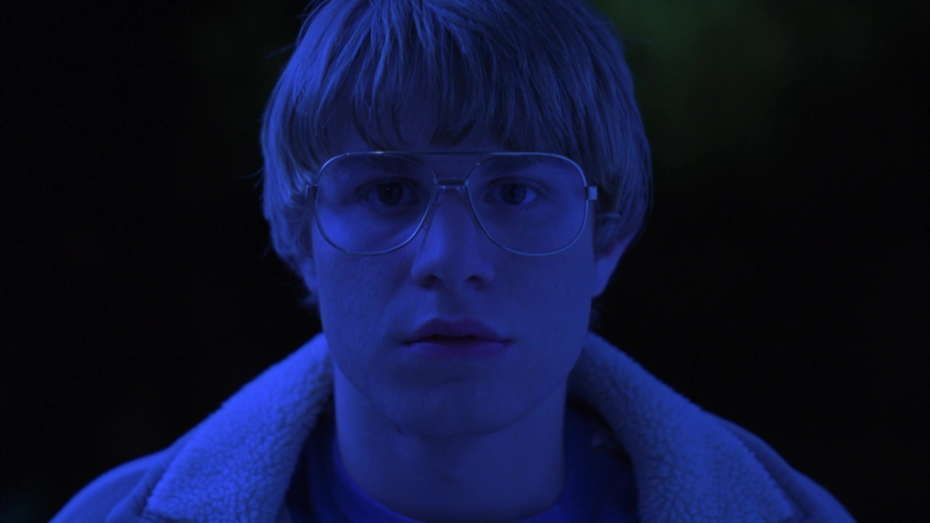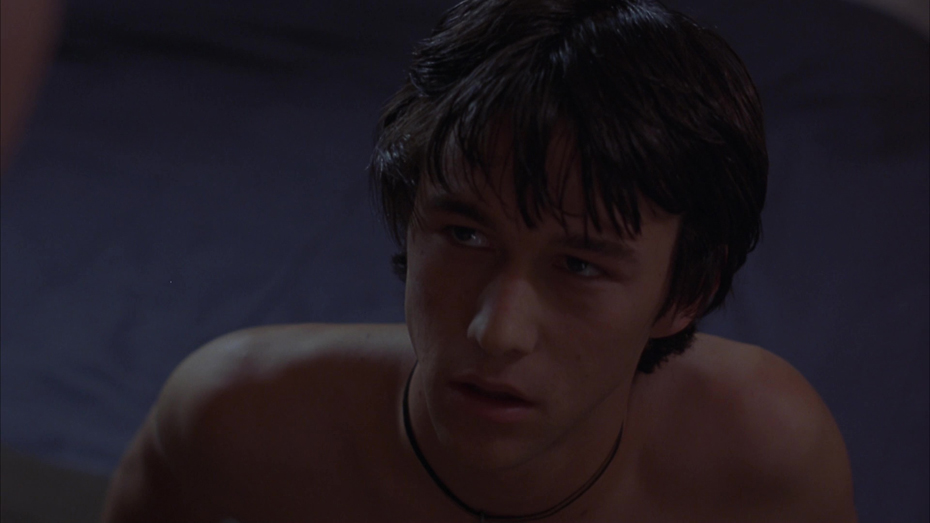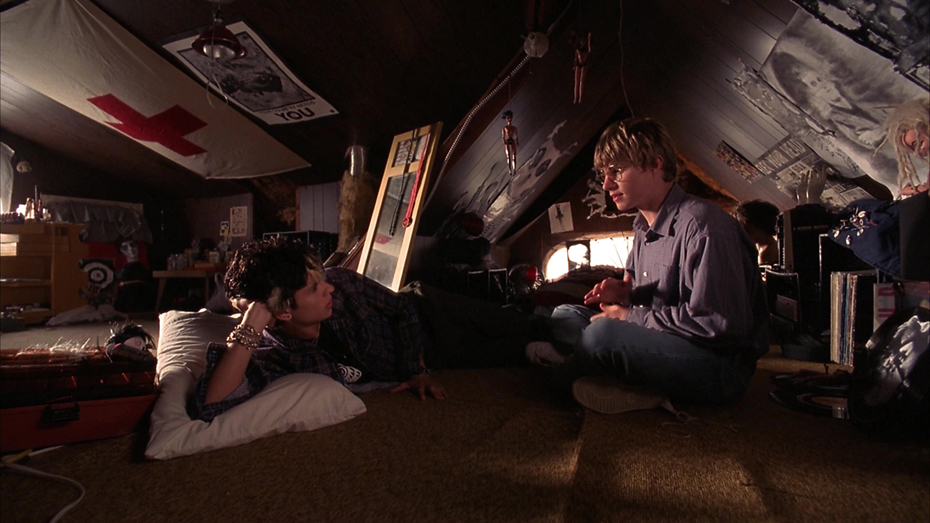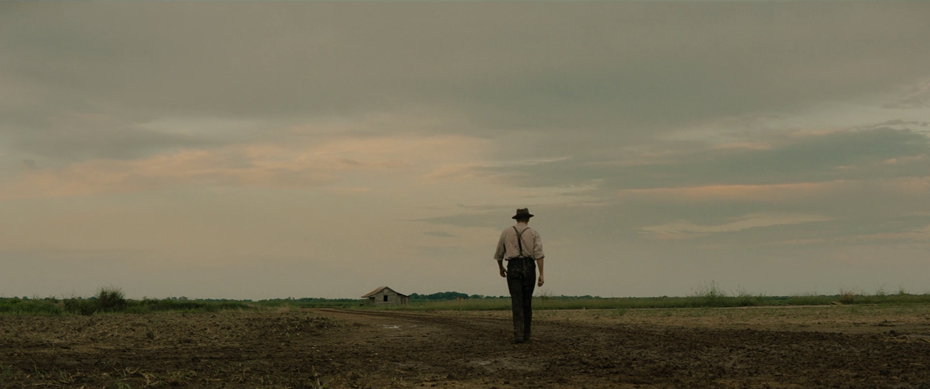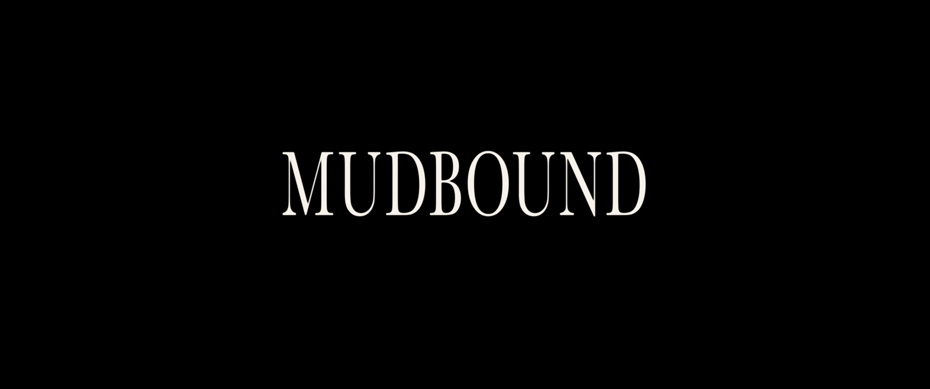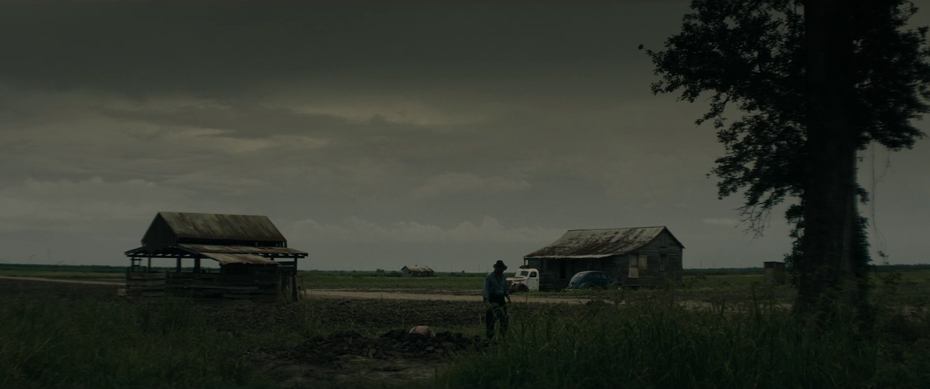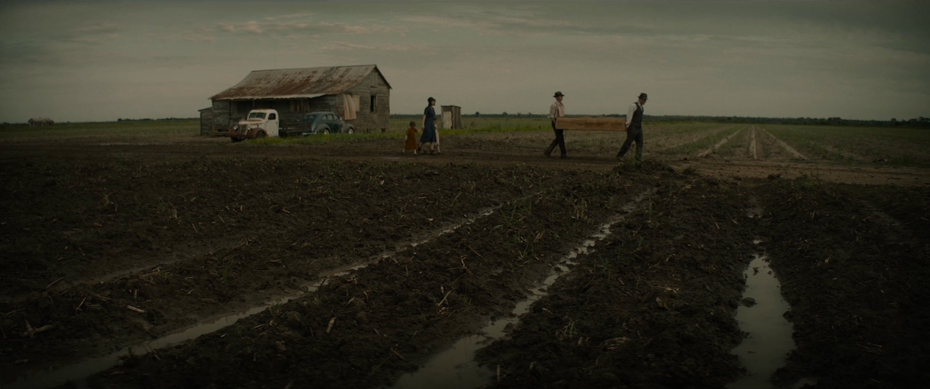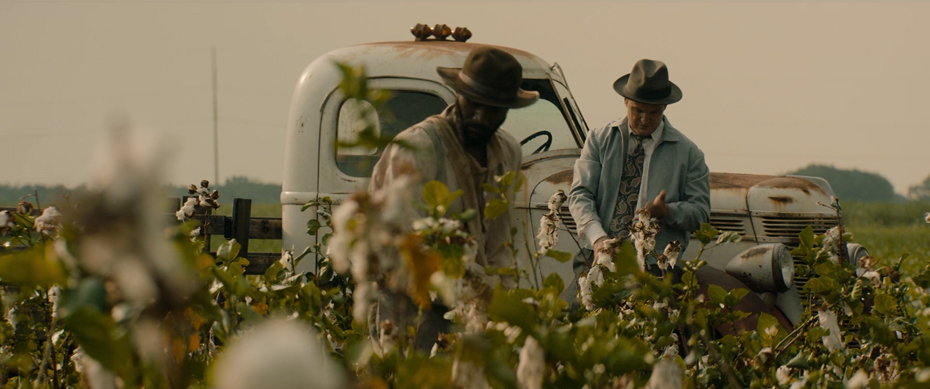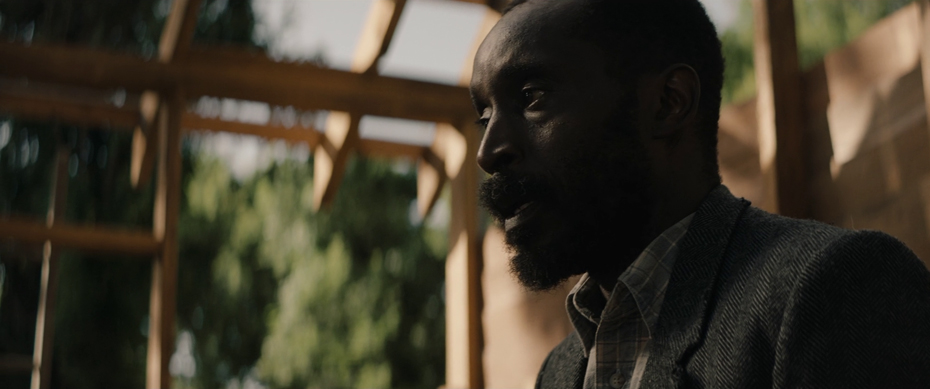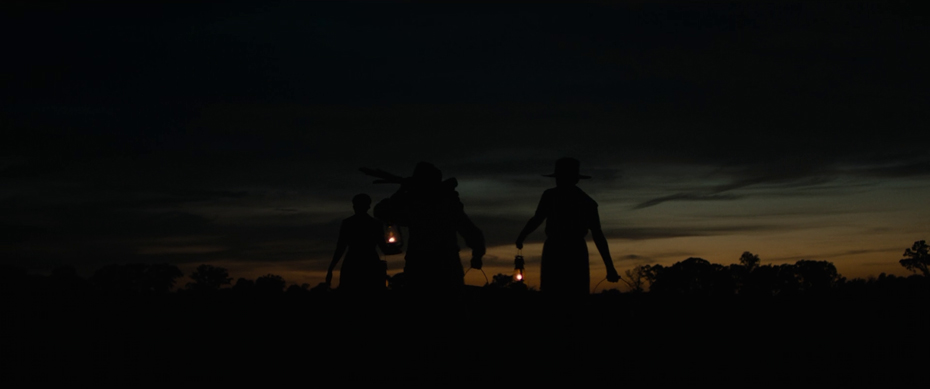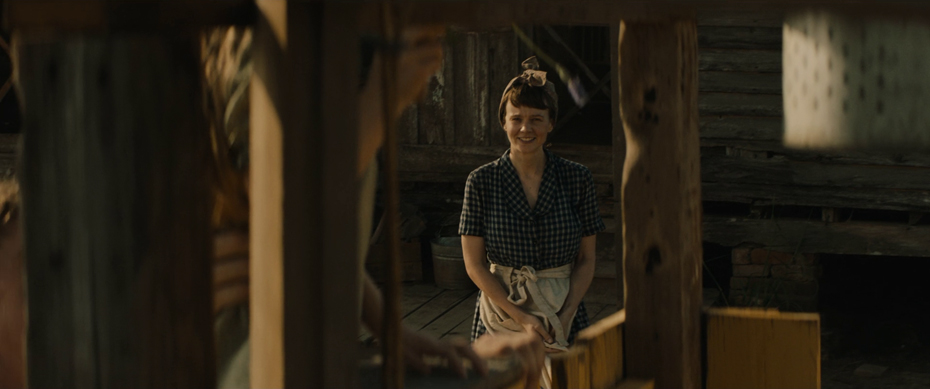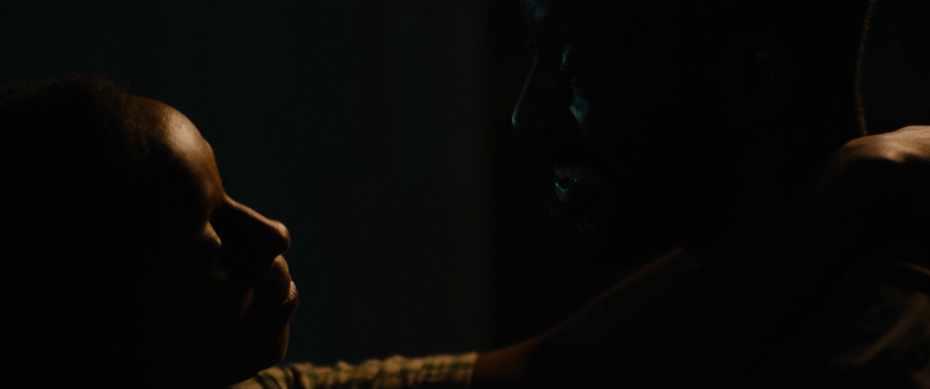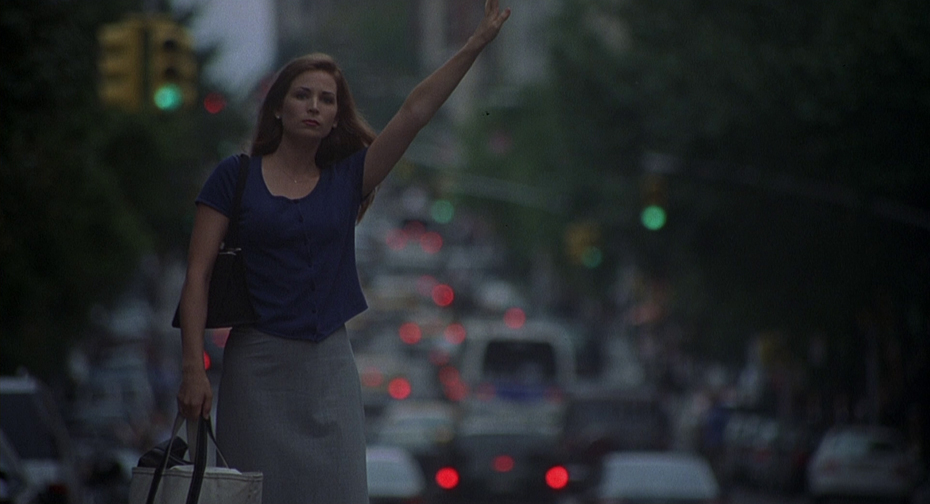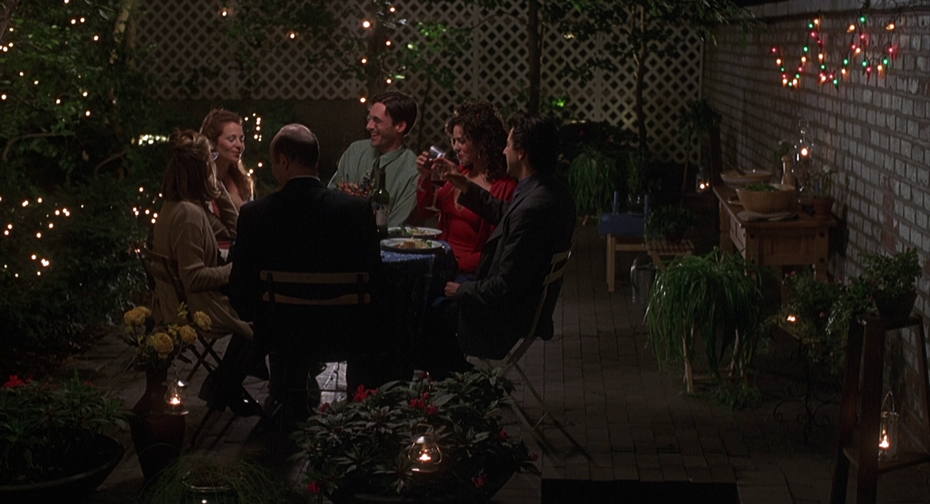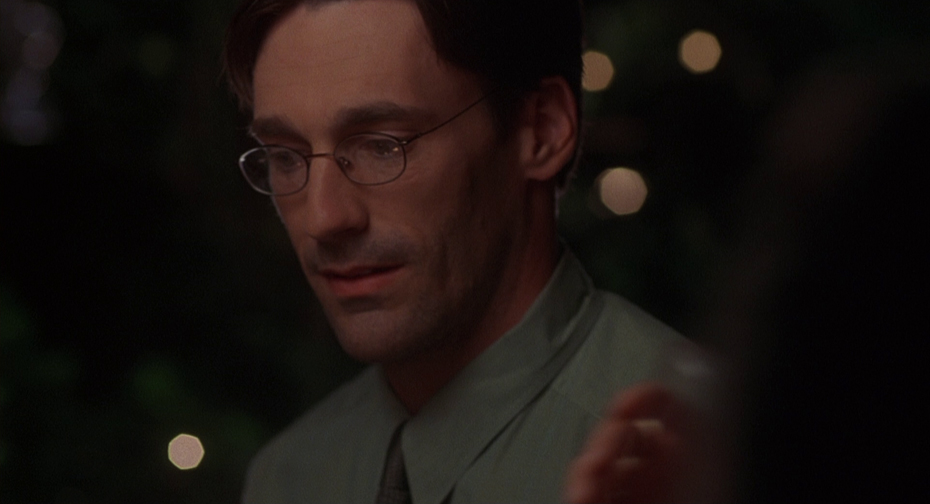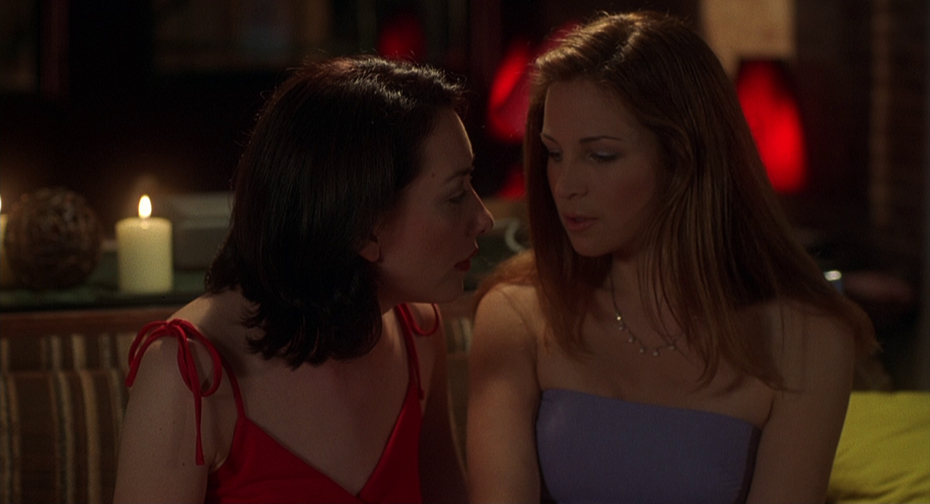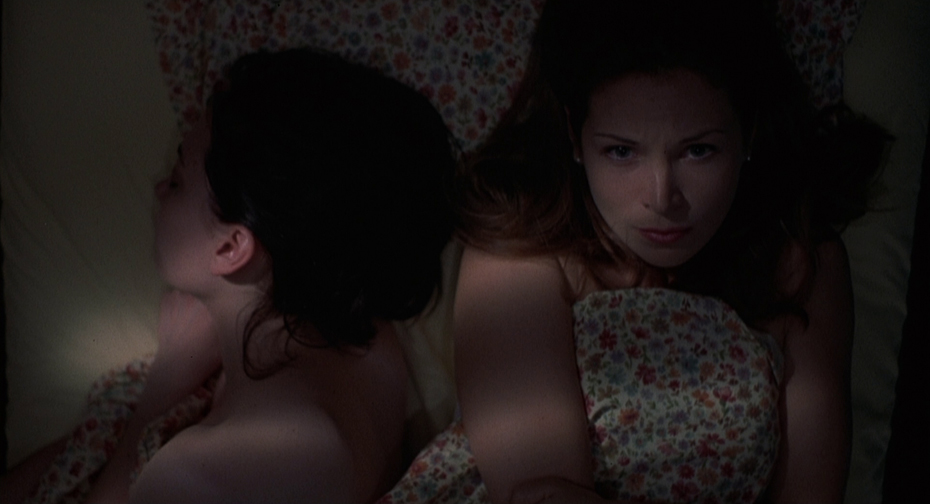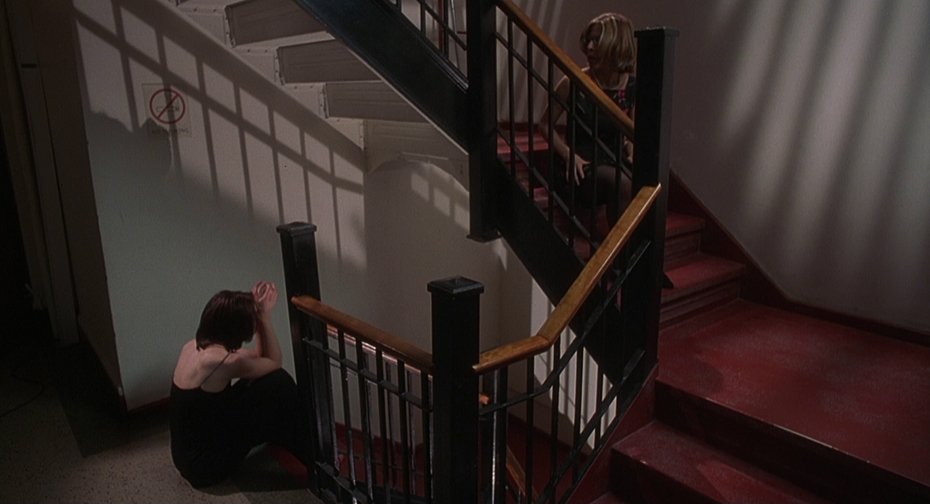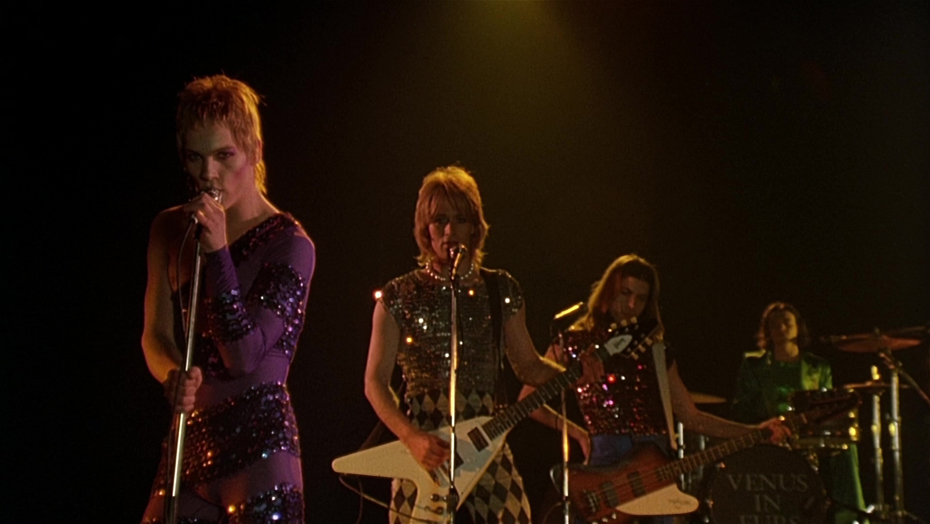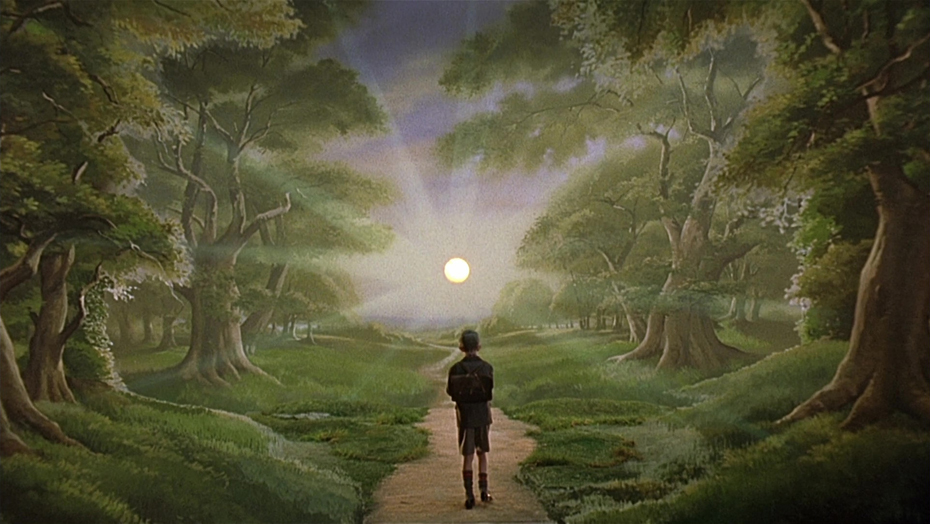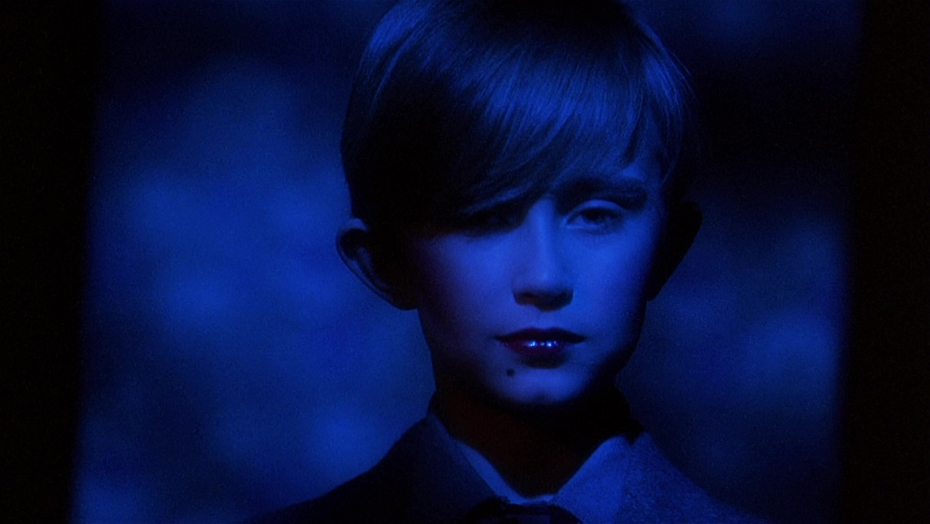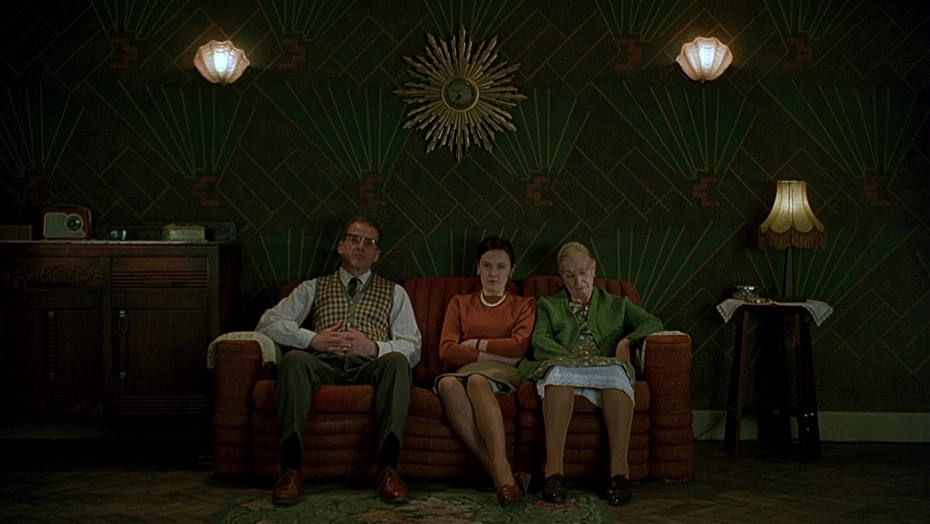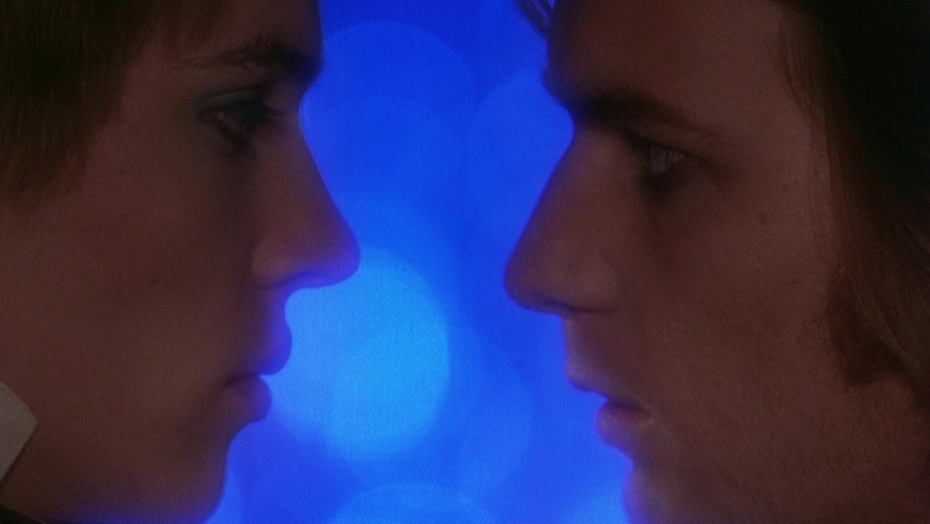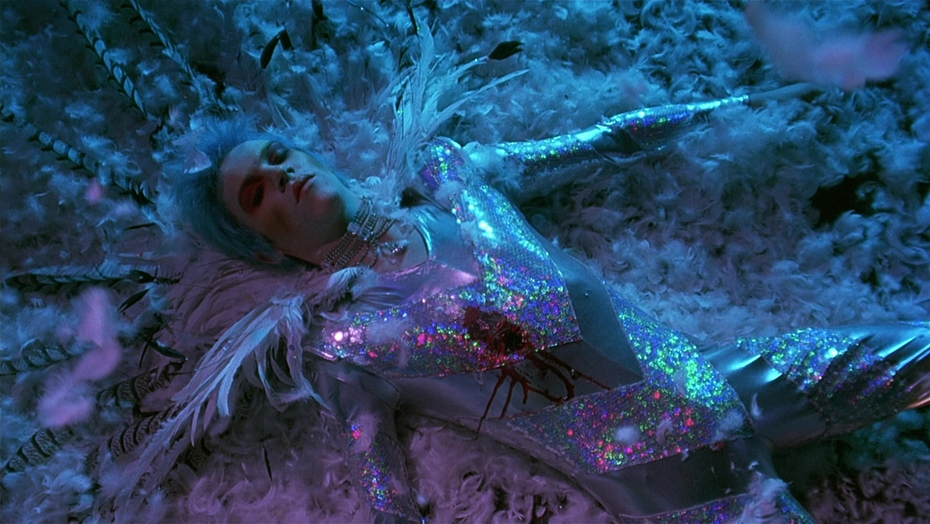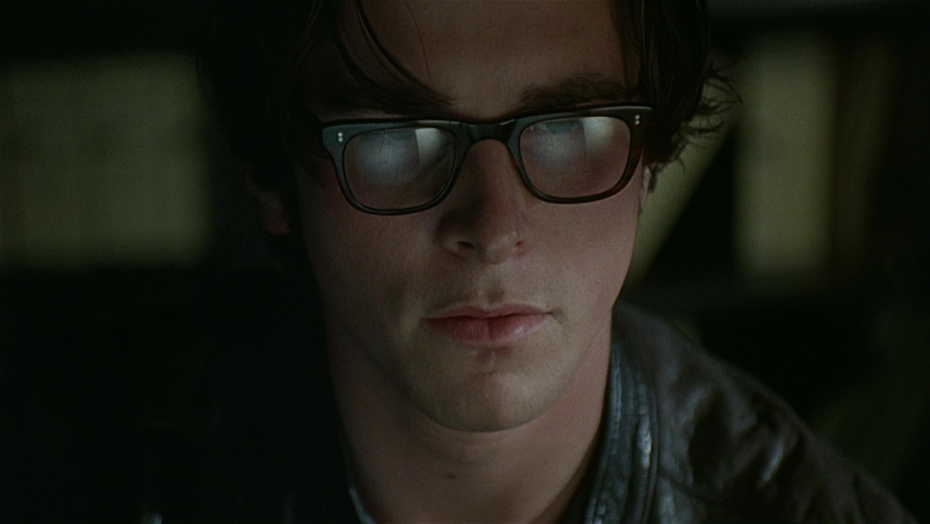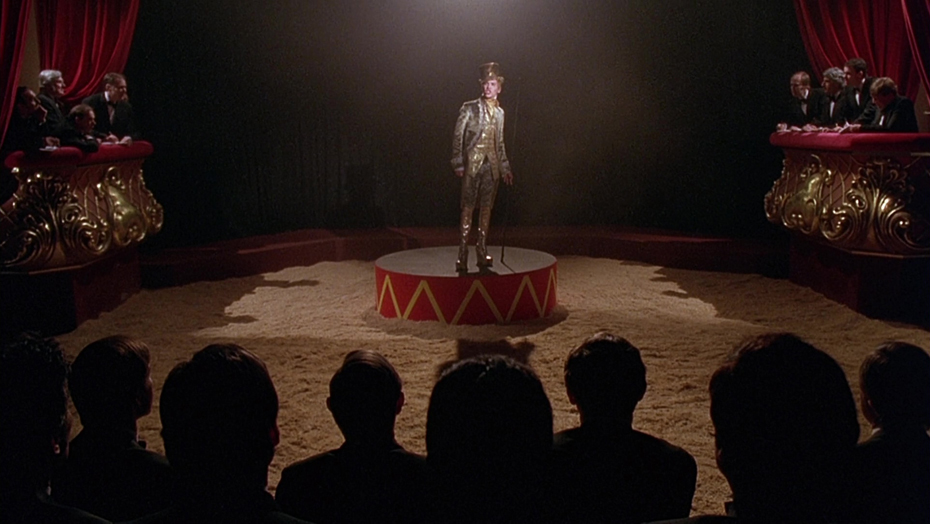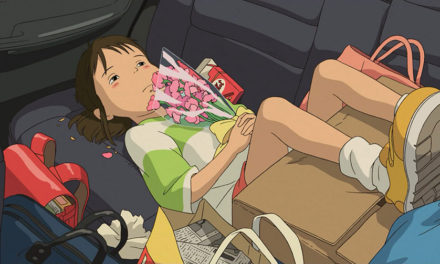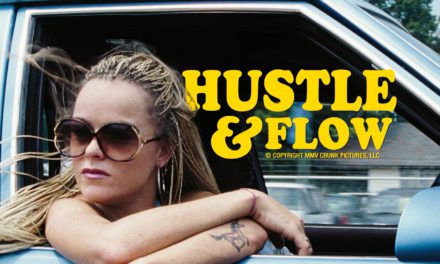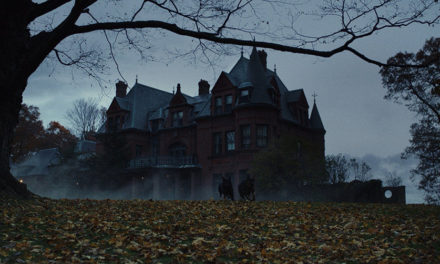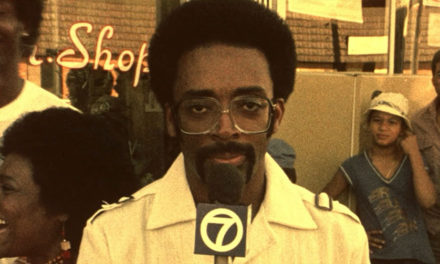THE TUESDAY DROP: 4200+ New Shots
06.28.22 Get your Decks ready ShotDeck Team! We’re adding a lot of content this week, including shots from The Northman, and 11 new titles from incredible queer filmmakers like Todd Haynes, Dee Rees, Gregg Araki, the Wachowski Sisters, and many more in honor of Pride Month. Check them out below, and remember you can always request films for future drops by clicking here!
THE MATRIX RESURRECTIONS (2021)
THE MATRIX RESURRECTIONS is a 2021 sci-fi action film produced, co-written and directed by Lana Wachowski. The film is a sequel to the 2003 film The Matrix Revolutions and the fourth installment in the Matrix franchise. The film is set sixty years after Revolutions and follows Neo (Keanu Reeves), who is a video game developer with trouble distinguishing fantasy from reality. Neo is contacted by a group of rebels with the help of a programmed version of Morpheus (Yahya Abdul-Mateen II) and is freed from a new version of the Matrix to fight an enemy holding Trinity (Carrie-Anne Moss) captive. The Matrix Resurrections premiered at San Francisco’s Castro Theater, and was nominated for Best Visual Effects at the British Academy Film Awards. Wachowski worked on the film with VFX supervisor Dan Glass from DNEG, who had previously worked on both The Matrix Reloaded and The Matrix Revolutions.
One of Glass’s major VFX challenges on The Matrix Resurrections was helming the film’s iconic “Bullet Time” sequences, made famous in the original Matrix film. Unlike the original film, Wachowski wanted the Resurrections “Bullet Time” sequences to have a more naturalistic, docu-drama feel, continuing the visual approach developed in Sense8 and in keeping with the tone of Neo and Trinity’s love story. Glass initially experimented with shooting these sequences underwater using custom rigs, but the effect of the water on the actors’ faces proved too distracting. Instead, the team shot the sequences dry, using stereo rigs with cameras lined up and shooting at different frame rates and shutter speeds (which proved complicated since the cameras were on Steadicam, and had slightly different movements). Glass’s team then composited the different shots from each camera into a single shot using a split-screen effect in post, which created the effect of movement happening at different speeds and at different times.
THE MATRIX RELOADED (2003)
THE MATRIX RELOADED is a 2003 sci-fi action film written and directed by Lilly and Lana Wachowski, and is the second installment in the Matrix franchise. The film stars Keanu Reeves, Laurence Fishburne, Carrie-Anne Moss, Hugo Weaving, Gloria Foster and Jada Pinkett Smith. It follows Neo, Trinity, Morpheus and their team of freedom fighters fight to save Zion from the Machine Army. The Matrix Reloaded grossed over $740 million worldwide, becoming the highest-grossing R-rated film of all time to that point. The Wachowskis worked on the film with American cinematographer Bill Pope, who had worked on the first Matrix film, as well as on the Wachowski’s previous film, Bound. Pope and the Wachowskis went into production on Reloaded eager to maintain the same visual language that they had established on the first film, feeling that there would need to be a visual continuity across all three films in the original Matrix trilogy, given the continuity of the story being told.
Pope opted to light the majority of the film using Kino Flos, adding a slight amount of green gels as the characters got closer to the heart of the Matrix. Two of the most complicated lighting setups were a virtual French chateau where Neo battles Agent Smith, and the city of Zion. For the chateau, Pope and gaffer Reg Garside determined that there would be strong shafts of light coming through large windows at the back of the foyer, and Garside rigged two large lamps on a pulley system that could be panned and tilted to accommodate different shots. These were built with white cyc behind the windows, and an elaborate set of greenbeds with motorized platforms. Zion was designed in a way that reflected the characters’ living there desire to recreate natural light, so Pope and Garside created ambiance using space lights and used a checkerboarded rig of Dinos and Dinettes mounted on Condors to create atmospheric shafts of light that they could manipulate.
THE MATRIX REVOLUTIONS (2003)
The third installment in the Matrix film series, THE MATRIX REVOLUTIONS, was directed by the Wachowskis, and released six months after Reloaded (the two films were originally conceived as a single, long film). The film follows the human city of Zion as it defends itself against the invading Machine Army, while Neo fights to end the war while in limbo, opposing the rogue Agent Smith. The Matrix Revolutions was the first film to be released in both regular theaters and IMAX simultaneously, and grossed over $425 million from its $150 million budget. The Wachowskis worked on the film with Australian production designer Owen Paterson, who had worked with them on the previous Matrix films, as well as on The Adventures of Priscilla, Queen of the Desert.
Filming for The Matrix Revolutions, as with the previous films, primarily took place at Fox Studios in Sydney, Australia. Paterson used the discarded tunnels of the downtown Sydney St James railway station as the basis for the subway set, and brought the team to the Royal Botanic Garden to shoot the end sequence between the Oracle and the Architect. The climactic battle between Neo and Agent Smith, with the many clones of Agent Smith alongside, was created by creating a mold of actor Hugo Weaving’s face as the basis for building hundreds of life-size model Agent Smiths that were lined up on the street either side during the fight.
THE NORTHMAN (2022)
THE NORTHMAN is a 2022 epic historical action film directed by Robert Eggers, who co-wrote the screenplay with Sjón. Based on the legend of Amleth, the film stars Alexander Skarsgård as Amleth, a Viking prince who sets out on a quest to avenge the murder of his father (Ethan Hawke) and save his mother (Nicole Kidman) who has been kidnapped by his uncle (Claes Bang). The film also stars Anya Taylor-Joy, Björk and Willem Dafoe. Eggers worked on The Northman with American cinematographer Jarin Blaschke, a longtime collaborator who also shot the short film The Tell-Tale Heart, as well as The Witch and The Lighthouse.
Blaschke and Eggers began work on The Northman with an intention to extend aspects of their approach from their previous collaborations, and push each other as far as possible in executing their most ambitious project together to date. Blaschke opted to shoot the movie on 35mm film at 80 ASA, in order to create as clean a look as possible. This also created an exposure challenge where the stock was at about one tenth the exposure level that is usually used for night scenes. Given Eggers’s insistence on a look that was as faithful to the era as possible, Blaschke and his team had to use the electric lights brought onto set as intelligently as possible (fire light was created using tight grids of 500 watt bulbs, for instance). The pair also took the film as an opportunity to attempt some shots and approaches they couldn’t previously afford to. This included Blaschke creating a more monotone look for night scenes, given the optical effect he observed in low light during night exterior scenes, as well as immersive extended takes for battle sequences, which were carefully storyboarded and planned out using models with production designer Craig Lathrop in order to maximize the depth of the sets that were built.
ANTLERS (2021)
Scott Cooper’s 2021 supernatural horror film ANTLERS is adapted from Nick Antosca’s short story The Quiet Boy, and follows a school teacher in small-town Oregon and her brother, the local sheriff, who discover that a young student is harboring a dangerous secret that could have grave consequences. The film stars Keri Russell, Jesse Plemmons, Jeremy T. Thomas, Graham Greene, Scott Haze, Rory Cochrane and Amy Madigan. Antlers premiered at the 2021 Beyond Fest. Cooper worked on the film with German cinematographer Florian Hoffmeister, this was the pair’s first collaboration.
Cooper and Hoffmeister entered their collaboration inspired by classic horror films such as Don’t Look Now, The Exorcist and Alien to define the visual approach they wanted to take with the film. Both Cooper and Hoffmeister wanted to create a formally rigorous visual language that ensured camera movement was always motivated, and which allowed the audience to spend time with the characters as they developed, and not compromise this for the sake of horror thrills. After a challenging experience shooting on 35mm film for his previous film Hostiles, Cooper was encouraged by producer Guillermo del Toro to shoot Antlers digitally on the Sony Venice, a large-format 65mm digital camera. Hoffmeister took a classical approach to the photography of Antlers, wanting to give the audience an experience watching the movie where they didn’t feel the hand of the filmmakers, and could be completely immersed in the experience of the story as it unfolded.
BAD TIMES AT THE EL ROYALE (2018)
Drew Goddard’s second directorial feature, BAD TIMES AT THE EL ROYALE, is a 2018 neo-noir thriller starring Jeff Bridges, Cynthia Erivo, Dakota Johnson, Jon Hamm, Cailee Spaeny, Lewis Pullman and Chris Hemsworth. The film follows six strangers and an employee of the El Royale hotel, located on the California-Nevada border. Each person arrives at the hotel harboring a dark secret, which all eventually intersect on one night in the late 1960s. Goddard worked on Bad Times at the El Royale with American production designer Martin Whist, who had previously designed The Cabin in the Woods, as well as Robocop and Super 8.
After considering whether the specificity of Goddard’s script would allow them to find a location that was appropriate for the film, Whist and Goddard decided that the entire set of the El Royale hotel would have to be built as a set. Whist did a partial exterior build on location to show the front of the hotel in a scene early on when Darlene is driving to the hotel and meets Father Flynn, but the rest of the build took place inside a warehouse in Vancouver (including the exterior parking lot where night scenes were filmed). Whist worked with set director Hamish Purdy to build an eclectic interior space that incorporated cheap, everyday furniture of the period with clashing textures and materials to build a hotel that would be period and location appropriate. One of Whist’s biggest challenges was designing the set in a way that it could be safely burned down for the finale, while still also looking good on camera. He worked with his brother, Joel, who was the special effects coordinator, to carefully plan out where the rain and fire would need to be, and determined what could be burned, and what needed to be taken out or adjusted in the design or building of the set to accommodate this from the very beginning of production onwards.
PRIDE & PREJUDICE (2005)
Joe Wright’s 2005 directorial debut, PRIDE & PREJUDICE, is a romantic drama based on Jane Austen’s classic 1813 novel of the same name. The film stars Keira Knightley as Elizabeth Bennett, who is introduced to the handsome and upper-class Mr. Darcy (Matthew MacFayden). The film also stars Brenda Blethyn, Donald Sutherland, Rosamund Pike, Jena Malone and Judi Dench. Pride & Prejudice grossed over $121 million from its $28 million budget, and was nominated for Academy Awards in the Best Actress, Best Art Direction, Best Costume Design and Best Original Score categories. Wright worked on Pride & Prejudice with British production designer Sarah Greenwood, who he since worked with on Atonement, Anna Karenina, Darkest Hour and Cyrano.
Wright and Greenwood began their collaboration conscious of their goal to create a period film that moved away from the clichés of British period dramas. Rather than relying on and trying to deliberately recreate paintings of the era, Wright and Greenwood wanted to create an authentic, period-accurate environment in which the story would unfold, and opted to shoot the film almost entirely on location for its 11 week shoot. Greenwood and set decorator Katie Spencer found seven different estates in which filming took place, doing significant design work to each location to make them period accurate. Greenwood also collaborated with visual effects company Double Negative to extend work that the production design couldn’t achieve alone, including taking out weeds, removing electrical light fixtures in exterior locations and enhancing the gold plating on windows.
BUT I’M A CHEERLEADER (2000)
BUT I’M A CHEERLEADER is a 2000 satirical romantic teen comedy directed by Jamie Babbit and written by Brian Wayne Peterson. The film stars Natasha Lyonne as Megan Bloomfield, a high school cheerleader who is sent to a gay conversion camp by her parents. The film also stars Clea DuVall, RuPaul, Melanie Lynskey and Cathy Moriarty. Upon its release, the film was a hit with the LGBT community across the United States, and has since gained a cult following. Babbit worked on But I’m a Cheerleader with American cinematographer Jules Labarthe. Labarthe and Babbit began working together on Babbit’s short film Frog Crossing, and also collaborated on Sleeping Beauties.
Babbit and Labarthe went into But I’m a Cheerleader clear on their objective to create a campy visual aesthetic that pushed the film into a territory that could be read as satirical and could also upend the heteronormative tropes of the romantic comedy genre. The pair collaborated with their department heads to create a design that was full of bold, often clashing color schemes such as pinks and greens, citing films such as Edward Scissorhands and the Barbie toys as a reference for the over-the-top aesthetic. Babbit wanted the film to feel so constructed that even the clothes were plastic by the time of the graduation ceremony, and Labarthe’s cinematography reflected this approach, with a lighting approach full of soft, high-key lighting that made spaces very bright and minimized shadows, calling to the lighting approaches of classic Hollywood films and TV and drawing attention to the artifice of the world. The exception to this rule came in scenes such as the gay nightclub scene, where a much more realistic lighting strategy with shadows and organic sources helped point the audience to the satirical look and feel of the film.
MOMMY (2014)
MOMMY is a 2014 drama written, produced, directed and edited by Xavier Dolan, starring Anne Dorval, Antoine Olivier Pilon and Suzanne Clément. The film follows a mother struggling to control the behavior of her teenage son, as she attempts to prevent him from being institutionalized. Mommy premiered at the 2014 Cannes Film Festival, where it was awarded the Jury Prize. Dolan worked on the film with Canadian cinematographer André Turpin, who he had previously collaborated with on Tom at the Farm. Turpin was also known for his work on Denis Villeneuve’s 2010 film Incendies.
Turpin and Dolan decided early on in pre-production that they wanted to shoot the film in a 1:1 aspect ratio, citing its suitability for portrait photography and the intimacy of the story being told. This approach became complicated from an operating perspective for Turpin, given that most of the film was shot either handheld or on steadicam, creating a scenario where either the actors had to be hyper-aware of the space they had to move in, or where he had to constantly reframe to keep them in the shot. The pair also decided to shoot the film on 35mm film with a bright, saturated color and lighting approach, wanting to showcase the love the characters had for each other in spite of their circumstances. Referencing Scorsese films of the 90s as well as fashion photography, Turpin created high-contrast lighting schemes, warming up 3200K key lights using ½ CTO gels and pink gels paired with white reflectors near the actors’ faces.
HEDWIG AND THE ANGRY INCH (2001)
John Cameron Mitchell’s debut feature directorial effort, HEDWIG AND THE ANGRY INCH, is a 2001 musical comedy-drama based on Mitchell’s and Stephen Trask’s 1998 stage musical of the same name. Mitchell stars in the film as Hedwig Robinson, a gender-queer East German punk-rock singer who tours the US with her band as she follows her former lover and band-mate who stole her songs. Hedwig and the Angry Inch premiered at the 2001 Sundance Film Festival, where it won Best Director and Audience awards. Mitchell worked on the film with American production designer Thérèse DePrez, whose body of work includes Out of the Furnace, Stoker and Black Swan.
DePrez entered her collaboration with Mitchell from a mutual love of stage musicals, and they had common reference points both from the original musical (DePrez was a huge fan of the play and had seen it seven times), as well as filmed musicals that they were referencing as they adapted the play. Working with a relatively limited budget (the entire production had a budget of $6 million), DePrez and her team combined set-specific builds with found locations to create as much value for money as possible. This included dressing the same restaurant location to look like five, taking an unused trailer home and converting it into a rock stage and leveraging locations to look like the East German apartment.
TOMBOY (2011)
Céline Sciamma’s 2011 drama TOMBOY follows 10 year old Laure, who adopts the name Mickaël and presents their gender identity as a boy to play with the kids in the new neighborhood they move into during the summer holiday. The film stars Zoé Héran as Laure / Mickaël, as well as Jeanne Disson, Malonn Lévana and Sophie Cattani. Tomboy premiered at the Berlin International Film Festival, and has become considered a contemporary icon of LGBT cinema. Sciamma worked on Tomboy with French cinematographer and frequent collaborator Crystel Fournier. The pair worked together since Sciamma’s debut feature film, Water Lilies.
Tomboy was shot on a budget of approximately $1 million, over 20 days, meaning that Fournier and her team had to work flexibly and quickly, and use available light as much as possible. The pair wanted to create a warm tone in the visual language of the movie that brought the audience close to Laure / Mikaël and their experience. Fournier opted to shoot the film with the Canon Eos 7D digital camera using Zeiss lenses, shooting with the aperture wide open at all times to create as much depth as field as possible from the camera. Working with a small crew, Fournier worked almost entirely with available light, diffusing sunlight in exterior scenes and leveraging fluorescents for interior scenes
MYSTERIOUS SKIN (2004)
Gregg Araki’s 2004 film MYSTERIOUS SKIN is a coming-of-age drama adapted from Scott Heim’s 1995 novel of the same name. The movie stars Brady Corbet and Joseph Gordon-Levitt as two adolescent boys – one of whom becomes a prostitute, and the other of whom becomes obsessed with UFOs – after they both experience a childhood trauma. The film also stars Michelle Trachtenberg, Jeff Licon, Mary Lyn Rajskub and Elisabeth Shue. Mysterious Skin premiered at the Venice International Film Festival. Araki worked on Mysterious Skin with American production designer Devorah Herbert, whose body of work includes End of Watch and Sabotage.
Araki entered his collaboration with both Herbert and cinematographer Steve Gainer with the aim of avoiding the clichéd sensationalism of films that deal with childhood abuse. They arrived at common reference points of Wong Kar-wai and Terrence Malick films, aiming to create a gorgeous aesthetic experience that had a visual splendor that could transcend the darker subject matter. Herbert set out to create an almost candy-colored view of childhood that could feel both magical and scary in equal measure. She worked with Araki to create spaces that were composed with a sense of elegance while keeping an aesthetic that helped tell the story. The Lackey house, for instance, was filled with warmer yellow and gold tones, while the McCormick house had a bleaker feel, while retaining that sensual look and feel.
MUDBOUND (2017)
MUDBOUND is a 2017 historical drama co-written and directed by Dee Rees, based on the 2008 novel of the same name by Hillary Jordan. The film follows the story of two WW2 veterans – one white (Garrett Hedlund) and one black (Jason Mitchell) – who return to rural Mississippi and face the racism of this time and place while each dealing with their own PTSD from the war. The film also stars Carey Mulligan, Jason Clarke, Jason Mitchell, Mary J. Blige, Rob Morgan and Jonathan Banks. Mudbound premiered at the 2017 Sundance Film Festival, and was nominated for Academy Awards in the Best Adapted Screenplay, Best Supporting Actress, Best Original Song and Best Cinematography categories. Rees worked on Mudbound with American cinematographer Rachel Morrison, who was best known at the time for her work on Fruitvale Station, Cake and Dope.
Rees and Morrison began work on Mudbound with the intent of making a period film that didn’t make the period itself the central subject of the story at the expense of the characters and the natural setting in which the story took place. The pair look at paintings and photographs as a starting point, and were both particularly drawn to Gordon Parks’s 1956 photo essay A Segregation Story as a core reference for their own visual approach. Morrison was particularly drawn to the way that Parks’s photographs retained the contrast of the images and the blacks in the darkest values, rather than milking them out, which she saw as a trope of period cinematography. Morrison shot Mudbound using two Arri Alexa Minis, using Panavision anamorphic lenses during day scenes, and spherical lenses for night scenes (in order to minimize the hard horizontal flare that anamorphic lenses tended to produce when they were hit by hard light sources at night).
KISSING JESSICA STEIN (2001)
KISSING JESSICA STEIN is a 2001 romantic comedy directed by Charles Herman-Wurmfeld and written and co-produced by the film’s stars, Jennifer Westfeldt and Heather Juergensen. The film is based on a scene from the 1997 play by Westfeldt and Juergensen, Lipschtick, and follows Jessica, a woman who is searching for her perfect man and instead comes to meet Helen, with whom she strikes up a romantic relationship. The film also features Scott Cohen, Jackie Hoffman, Tovah Feldshuh and Jon Hamm. Kissing Jessica Stein premiered at the 2001 Los Angeles Film Festival and also played at the Toronto International Film Festival. Herman-Wurmfeld worked on the film with American costume designer Melissa Bruning, whose filmography today includes Dawn of the Planet of the Apes, Wild and Space Jam: A New Legacy.
Bruning approached the costuming for Kissing Jessica Stein aiming to time capsule Manhattan at that time, drawing inspiration from popular discount department stores of the time such as Century 21 and Daffy’s. Bruning drew on her own wardrobe, as well as from styles that were popular amongst women in the East Village, to costume both characters. Bruning also worked with Herman-Wurmfeld to establish Helen as a character that both Jessica and the audience could see as unattainable, and as someone that they could be voyeuristically attracted to. Bruning and Herman-Wurmfeld wanted the costuming to also help show Jessica’s evolution as a character, subtly progressing her outfits so that by the end of the film, it’s clear that Jessica has found herself and come into being the person she wants to be.
VELVET GOLDMINE (1998)
Todd Haynes’s 1998 musical drama VELVET GOLDMINE tells the story of a fictional pop star, Brian Slade (Jonathan Rhys Meyers) in London and New York during the glam rock days of the early 1970s. The film also stars Ewan McGregor, Toni Collette and Christian Bale. Velvet Goldmine premiered at the 1998 Cannes Film Festival, where it was nominated for the Palme d’Or, and was nominated for Best Costume Design at the Academy Awards. Haynes worked on Velvet Goldmine with British costume designer Sandy Powell, whose filmography includes Shakespeare in Love, The Aviator, Carol, The Wolf of Wall Street, The Favourite and The Irishman.
Powell based Slade’s costuming strongly on the clothes worn by core influence David Bowie from 1968 to 1974. Powell took these points of inspiration and drew on them to create her own inspirations to dress Slade – creating a pastiche of contrasting influences that created Slade’s eclectic style, referring to Bowie without being a carbon copy. Curt Wild (played by McGregor) was influenced strongly by Iggy Pop, and Powell took a similar approach to his costuming through the film. Given the film’s limited $7million budget and the complexities of finding period-authentic clothes for the actors, Powell was able to make things work by striking a deal with rental house Angels where she would work for them for free as a shopper for their vintage stock, in exchange for clothes for the film.

